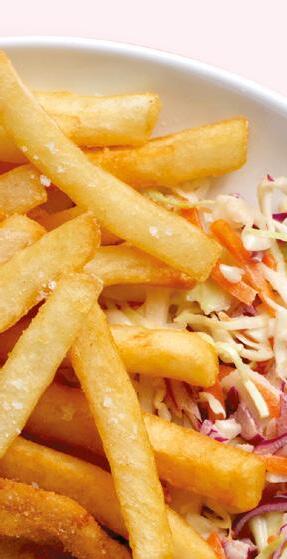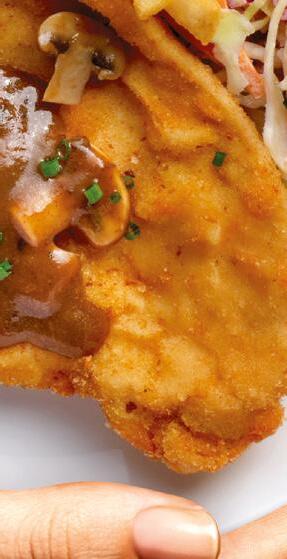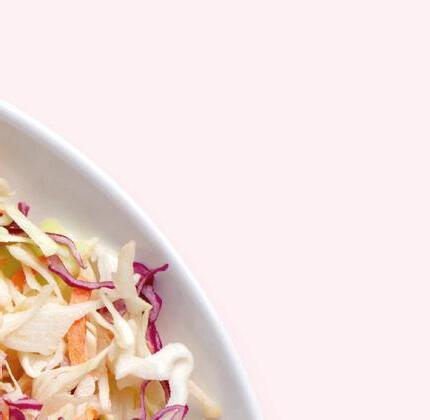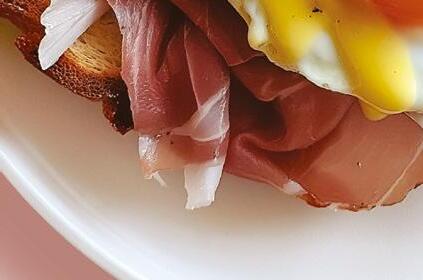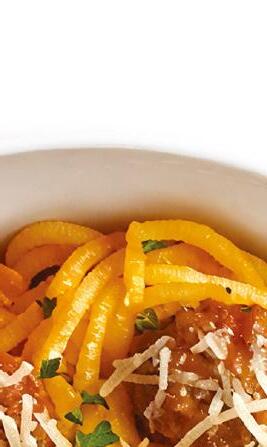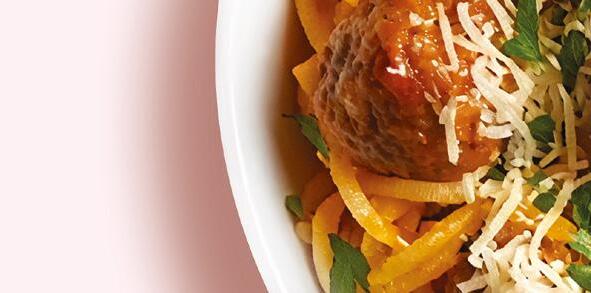







Since launching its first product way back in 1975, Windsor Farm has grown into a trusted name in the food service industry, offering over 500 high-quality ingredients.
Now, as we celebrate our 50th anniversary, we’re unveiling a bold new look. Our new signature green and black branding reflects our commitment to quality and innovation.
But the transformation doesn’t stop there. We’ve upgraded our packaging to enhance performance in your kitchen.


Fresher in Foil
Windsor Farm will be upgrading it’s pouches to a new all-foil design features a boxed gusset designed for extra stability and better space effeciency. They are easier to open and reseal, and designed to keep contents fresher for longer.
Windsor Farm is proudly Australian familyowned and operated by the Frutex Group. As the brand moves forward in an ever-changing world, some things—like the need for exceptional ingredients—remain timeless. Windsor Farm is more than just a brand; its your trusted essential ingredients partner to food service professionals across the country.
Easy to use and easy to store, we’re excited to introduce a core range of our best-selling seasonings, herbs, spices, and condiments in new flavour-locked, resealable canisters. For more information on any of our products, scan the QR code or call Bruno
or email info@windsorfarm.com.au.

NO.811 MARCH/APRIL 2025
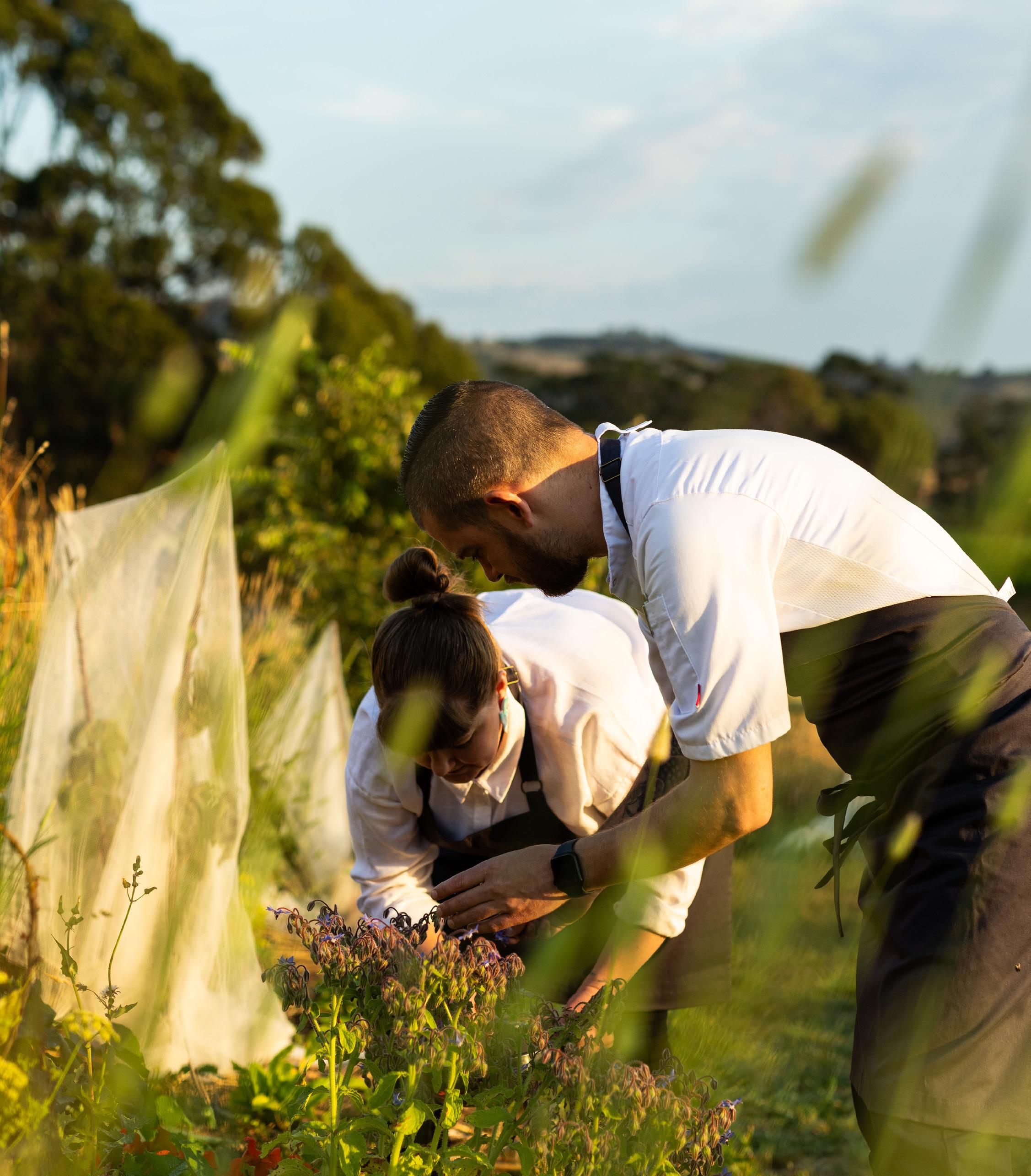

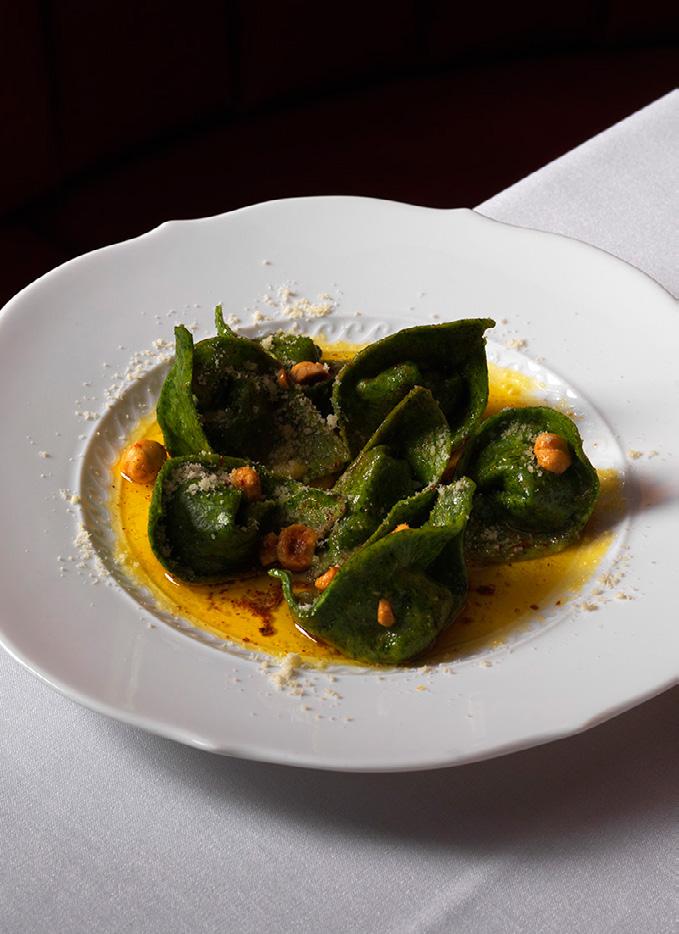

8 // IN FOCUS
Collabor8women is fostering connection among female hospo professionals.
12 // NEWS
The latest openings, books, events, and more.
14 // PRODUCE
Silverbeet is not only nutrient-rich, but a winner on the plate.
18 // BAR CART
Thirst quenchers, slow sippers, and all things beverage related.
20 // DRINKS
Exploring the versatility of native ingredients in cocktails.
24 // PROFILE
A Scottish–French fine diner has opened in Bream Creek, Tasmania.
60 // EQUIPMENT
A ramekin can be used for more than just crème brûleés.
62 // 5 MINUTES WITH… Jude Hughes from Flora.
28 // NORTHERN ITALIAN
The hearty style of cooking is resonating with diners.
26 // FOOD AND HOSPITALITY WEEK
Discover four trade shows under one roof.
48 // SAUCES
The importance of learning the basics.
54 // RECRUITMENT AND TRAINING
Attract and retain valuable workers via technology and education.
Supporting businesses large and small with award-winning customer service.




A SCOTTISH – FRENCH FINE diner on the east coast of Tasmania, bars showcasing native ingredients in cocktails, and a glimpse into Northern Italian dishes are just a few of the features in our new edition
Jillian McInnes and Bob Piechniczek speak to Hospitality about taking over the former Van Bone location in Bream Creek, Tasmania. It’s a beautiful area with access to produce many chefs could only dream of cooking with. The chef duo met in Scotland before they relocated to Melbourne to cook at many esteemed eateries. But a trip to Tassie changed everything, and the couple
PUBLISHER Paul Wootton pwootton@intermedia.com.au
MANAGING EDITOR Annabelle Cloros T: 02 8586 6226 acloros@intermedia.com.au
DEPUTY EDITOR Laura Box lbox@intermedia.com.au
COMMERCIAL
knew it was the place for them to open their very first restaurant, Oirthir. This issue, we also cover the importance of sauces in a chef’s repertoire as well as female-led hospitality events that put networking and connection front and centre. I’d also encourage you to get stuck into the drinks feature, which dispatches intel from bartenders showcasing native ingredients in cocktails from saltbush to strawberry gum. Until next time,
Annabelle Cloros Managing Editor
Simon York T: 02 8586 6163 syork@intermedia.com.au
GROUP ART DIRECTOR
LIQUOR AND HOSPITALITY Kea Thorburn kthorburn@intermedia.com.au
PRODUCTION MANAGER Jacqui Cooper jacqui@intermedia.com.au


BIG A perfectly sized portion of mi goreng from RM Petok-Petok at the Mandarin Centre. @annabellecloros
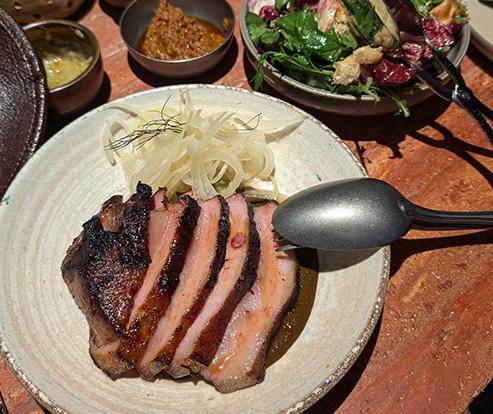
SUBSCRIPTION
CIRCULATIONS
To subscribe please call 1800 651 422. hospitalitymag azine.com.au facebook.com/ HospitalityMagazine twitter.com/Hospitalityed instagram.com/hospitalitymag
SUBSCRIPTION




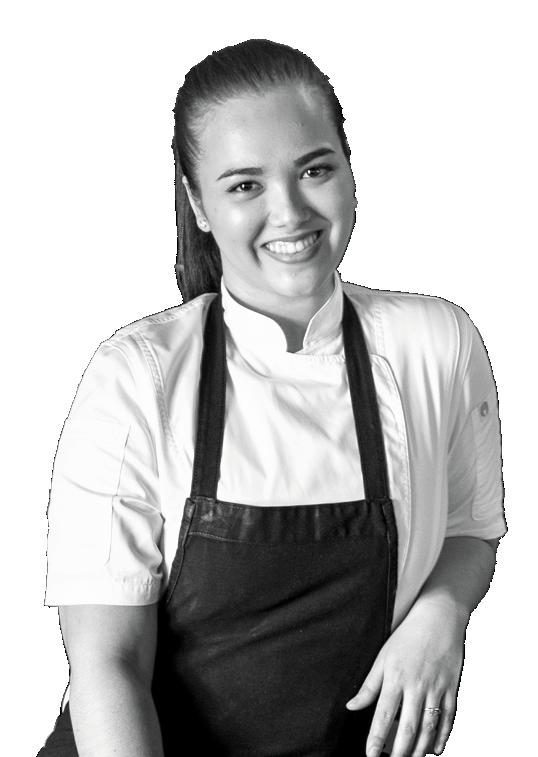

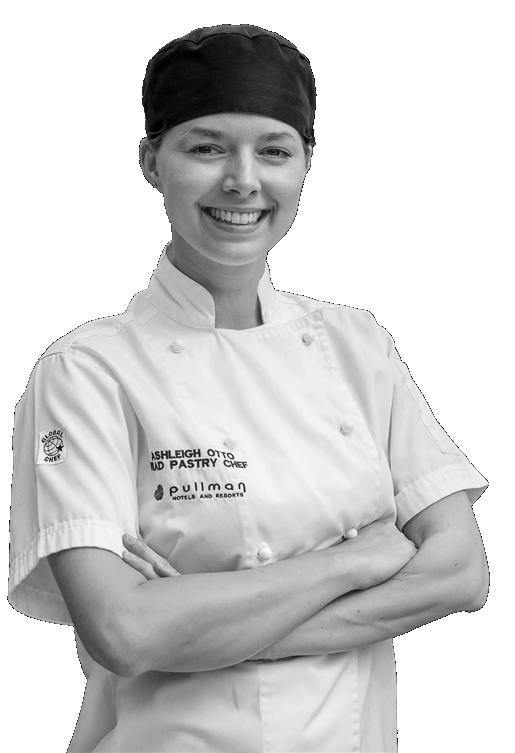

1965
Entries close 16 May (11:59pm AEST). T&C’s apply https://nes.tl/kotkgk5s





For 60 years, Nestlé Professional has been committed to fostering the growth and development of the industry, shaping the future of our most valuable asset—our people.
This commitment is exemplified by the Nestlé Golden Chef’s Hat Award, which has accelerated the careers of over 8,000 culinary professionals, many of whom are now influential leaders and mentors in Australia and beyond.



A networking event is linking women in hospitality with counterparts from other industries.
WORDS Laura Box
PHOTOGRAPHY Sophie Geraghty
“THE HOSPITALITY INDUSTRY — and people can be surprised to hear this — is challenging and thrilling, but at times it can be incredibly lonely if you’re an independent venue without the leadership support of a larger hospitality group,” says Michelle Grand-Milkovic, co-owner of Love.fish.
Grand-Milkovic points out that solo operators wear all the hats, from HR and finance to team building, social media, and SEO. “The list is exhaustingly endless. It’s just you in charge of numerous staff. As an individual leader, I found that I needed to seek out not only other women in hospitality, but those in other industries.” So, it was a fortuitous occurrence when Business New South Wales introduced Grand-Milkovic to Samantha Theron of Collabor8Women.
Collabor8Women is an initiative created by two friends. Public relations expert and visibility strategist Karen Eck was on a personal branding photoshoot when she met Theron, who was working as a stylist. Theron — who is now R.M. Williams’ global senior visual merchandising manager — had just returned to Australia from Singapore and found her network in Sydney was outdated. The two decided to meet for lunch and introduce each other to their respective connections.
“Three weeks later, we had a phone call and came up with the idea of Collabor8Women,” says Eck. “We thought, ‘Wouldn’t it be cool to get people together around a table of eight with meaningful curation?’ So, we decided to pilot it in December 2021.”
The duo began developing the idea more robustly in early 2022 by hosting an event at The Butler in Potts Point (enjoying food by Head Chef Amber Doig) with just two tables of eight. Now, thanks to a system of participants bringing a professional plus one, the program has ballooned, recently selling out an event held at Bathers’ Pavilion.
When Grand-Milkovic met Theron in the early days of Collabor8Women, she was already part of WAR — Women and Restaurants — a networking group linking women restaurant owners (through a “very active” WhatsApp group) to share advice, inspiration, and tips for navigating legislation. “When I met with Sam and heard about what they were doing, I was really excited by the prospect,” says GrandMilkovic, whose peers from WAR — including Baci Moore of Bistro Rex, Judy McMahon of Catalina, and Anna Pavoni of Ormeggio — have since attended Collabor8Women.
The restaurateur has now been to 21 Collabor8Women events — “it ends up being the highlight of my monthly calendar” — and introduced Theron and Eck to a range of venues where women hold pivotal roles. “It can be
very daunting for outsiders from hospitality to ask, ‘Where are the female-led venues? Where are the female-owned venues? Where are the venues with women head chefs or sommeliers?’ I find it’s not something you can easily get information on.”
The dining aspect of Collabor8Women soon became a core part of the experience for attendees and the event recently announced the restaurants where meetings would take place this year, which were chosen according to offering and presence of female management. “The right setting transforms an event — it creates an experience, sets the mood, and encourages genuine engagement,” says Theron. “This year’s venues were chosen for their ability to do just that.”
Eck says a foundational aspect of the group was based around supporting the hospitality industry in the aftermath of Covid-19 as well as women in the industry. “We know there are not enough women in executive levels in hospitality and our aim was to do whatever we could to help them network and shine a spotlight on the incredible work they do.”
With more than 1,000 women in the database — the majority of which are based in New South Wales — the demographic encompasses women in their mid-20s and up, (“We’ve even had an octogenarian,” says Eck) but the average guest is mid-career. “They tend to be skilled and experienced at what they’re doing.”
“We’re really looking for genuine, interesting conversations, and we deliberately mix industry background and levels of leadership.” – Karen Eck

Collabor8Women aims to facilitate learning and creating authentic connections. “It’s a no-hustle environment, so no one is going to try and sell you anything,” says Eck. “This is why the feel is authentic and genuine.” The event even has a list of eight commandments including ‘thou shalt forget about networking the room and focus on connecting with people at your table’; ‘thou shalt value your own experience, skill and wisdom’; and ‘thou shalt value a good sense of humour and enjoy a good laugh at every opportunity’.
Through a rigorously curated seating plan (which Eck says can take multiple full days to devise), women are seated at tables of eight. Each table has a host who helps ensure the conversation flows and encourages a “no small talk” policy. Eck says the benefit of the eight-seat format is that no matter how large the event grows, it remains intimate and curated. “There’s a reason why everyone is on their table,” she says. “We’re looking for genuine, interesting conversations, and we deliberately mix industry background and levels of leadership. Each time you join, it feels like there’s always something a little bit surprising.”
Women at the events come from a multitude of different industries, and Grand-Milkovic says her personal growth as a leader in hospitality has benefited from the variety of connections. “I love listening to the challenges other women have experienced in other industries,” she says. “Our experiences can be so different,


but in many ways, there’s also many commonalities you wouldn’t necessarily think we would have. But they’re common threads that run through all female leadership.”
And while the event isn’t explicitly about finding work (as Eck puts it — “if you’re looking for a job, it’s not necessarily going to give you that”), Grand-Milkovic has developed professional relationships through the events. “I’ve gone on to frequent several businesses the women represent, one is a graphic designer and one is a chiropractor,” she says. “Even though it’s not really the goal, it’s a great way to upskill and grow your business at the same time as meeting some really incredible, intelligent, and passionate women.”
There’s clearly a demand for female-oriented events, as proven by the sold-out sessions. “After 28 events, what we’ve proven is that the concept works and people need it,” says Eck. For Grand-Milkovic, the events have created a unique networking experience to participate in. “They really celebrate and support women in hospitality, whether that be a female-owned hospitality business or someone opening a new venue,” she says.
The event is held on the first Wednesday of each month. Women wishing to join simply need to apply through a form on the Collabor8Women website. Eck says the team is always looking for new venues with women in leadership roles to collaborate with. For women-led venues — whether they’re owners, head chefs, sommeliers, hospitality duos, or familyowned venues — interested in hosting an event in 2026, more information can be found at collabor8women.com ■


The latest openings, books, events, and more.
EDITED BY Laura Box
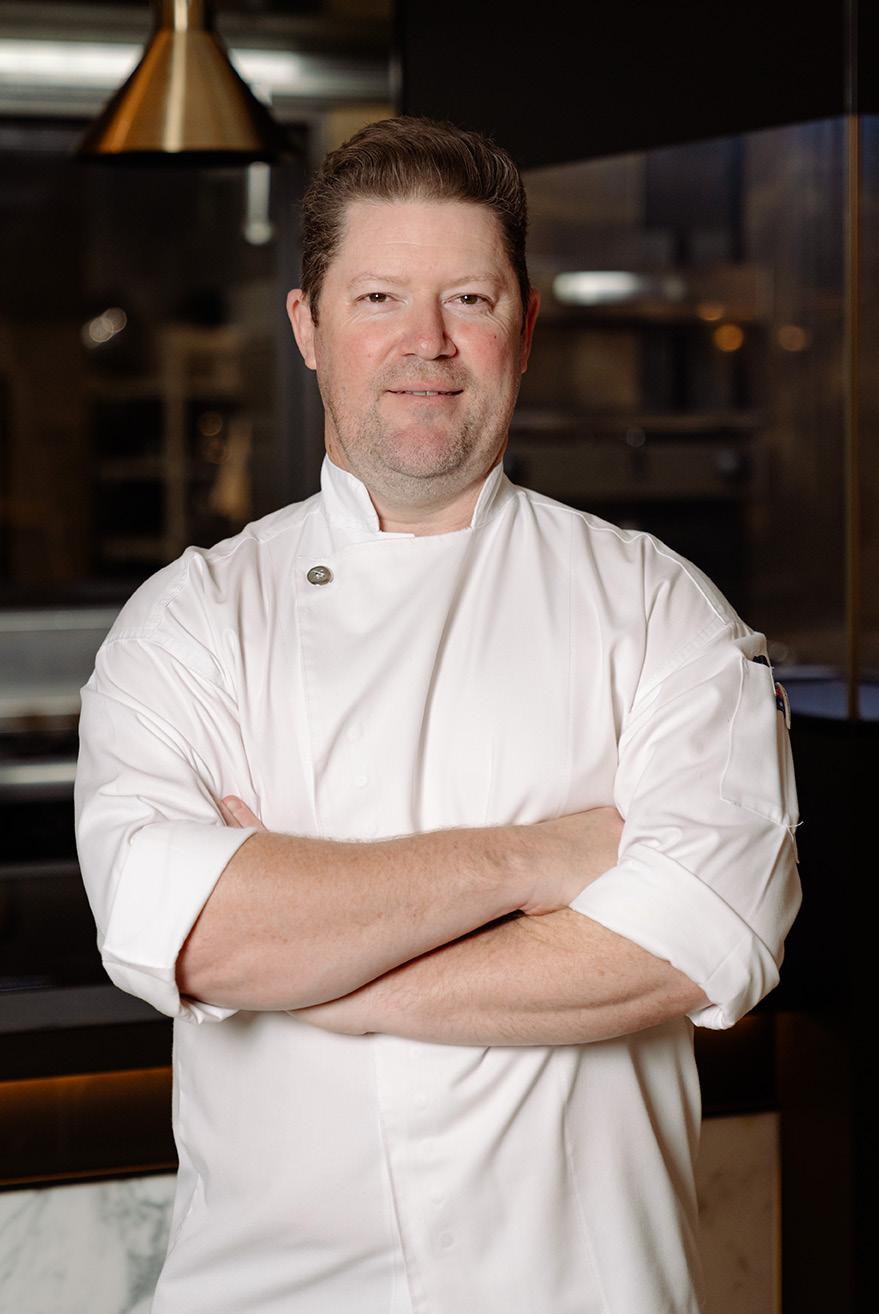
Brasserie 1930 has welcomed Troy Spencer as its new head chef. Spencer has a host of experience from international kitchens including Pomme, Bistro Thierry, and L’etoile Restaurant & Bar across Melbourne, Paris, the South of France, London, and Edinburgh. He’ll work closely with Executive Chef Brent Savage to update the menu, which has a strong emphasis on Australian produce and native ingredients. capellahotels.com

Hunter St Hospitality is set to transform Sydney icon The Argyle into part of the group’s new precinct called The Collective. The destination will encompass The Cut Bar & Grill, Saké Restaurant & Bar, and the Argyle Store building, which will soon host three new venues. “With an 1,800 square metre footprint spread across three levels, we saw an opportunity to create something even more special with the properties we already have,” says Hunter St Hospitality CEO Frank Tucker. “We’ve cultivated a precinct that feels like the perfect reason to linger longer in The Rocks.” huntersthospitality.com.au

Natalie Murphy has taken the reins of Glass Brasserie after Luke Mangan’s departure from the Sydney restaurant. The chef has worked at the fine diner since she was 19, moving up the ranks to head pastry chef and chef de cuisine. Now head chef, she has revised the menu which showcases share-style plates and bold, seasonal flavours. “The foundation of Glass has always been about using quality produce, but we’re bringing a new perspective, stripping back complexity to let incredible ingredients shine,” she says. glassbrasserie.com.au

Alissa Timoshkina
Hardie Grant Publishing ; $55
Author Alissa Timoshkina describes Kapusta as “a love letter to the vibrant, humble vegetables that have shaped some of the most cherished culinary traditions across Eastern Europe”. The book is a celebration of the humble vegetables that grace our tables, from cabbage and beetroot to potato, carrot, and mushrooms. Recipes are based on seasonal produce and sustainable cooking, with helpful hints from the author on how to make the most unassuming vegetables shine. hardiegrant.com

Star Entertainment appears to have fended off impending insolvency for now thanks to a $53-milllion deal with Hong Kong investors. The mega casino operator behind The Star Brisbane, The Star Gold Coast, and The Star Sydney announced in January that after spending $108 million in the three months leading up to the end of 2024, it had only $71 million left in the bank. Star Entertainment has sold its 50 per cent stake in the new Brisbane Queen’s Wharf development to existing partners Chow Tai Fook and Far East Consortium.
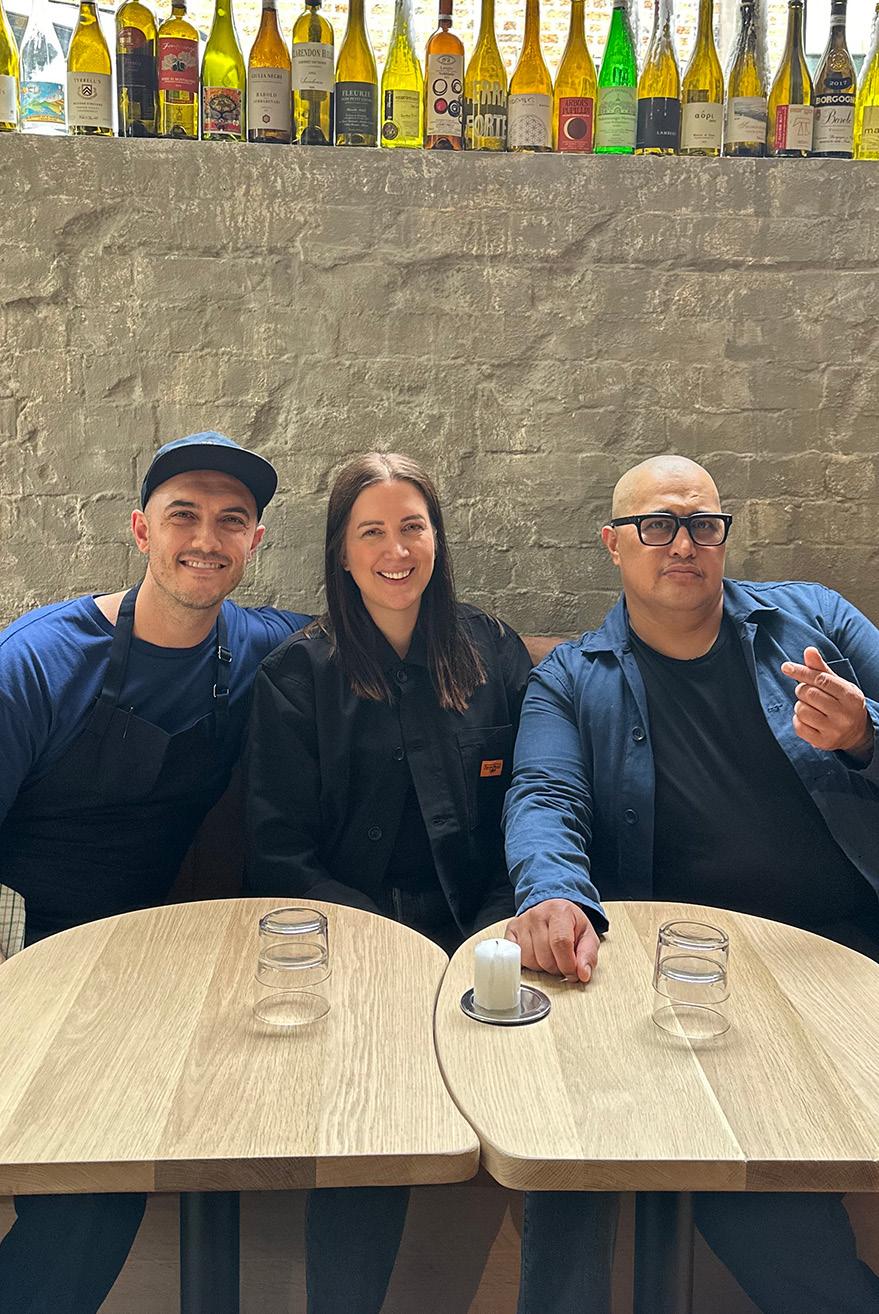
Beloved Sydney haunt Bar Vincent will have new management starting from April. Morgan McGlone, Nathan Sasi, and Sali Sasi — the trio behind Bar Copains and the recently opened Bessie’s and Bar Alma’s — announced they had purchased the venue from current owners Sarah Simm and Andy Logue, who have decided to take a break from the industry. “To have the opportunity to continue its incredible legacy is something we don’t take lightly,” the trio shared on Instagram. barvincent.com.au
The Mediterranean green is a colourful addition to the plate.
Silverbeet is a member of the beetroot family and has a long history. It was purportedly grown in the Hanging Gardens of Babylon where it was used for medicinal purposes in ancient Greece. It has been cultivated since at least the 16th century in England. Although it is also commonly known as Swiss chard, the vegetable did not originate in Switzerland. The source of the ‘Swiss’ prefix is unknown, but could be a link to Swiss Botanist Gaspard Bauhin or its use in the region’s cuisine. Interestingly, the vegetable originated in the Mediterranean and is widely used in Italian and Croatian cuisines. Although some varieties of silverbeet are named after and somewhat resemble rhubarb — such as rhubarb chard and rhubarb red chard — the two species are not related.
Moist, fertile soil and a sunny positioning will help establish a successful chard crop. The vegetable is quite hardy, especially with cold temperatures, but if it experiences intense heat or drought, it is likely to bolt — meaning it begins to produce flowers and seeds too early, causing bitter, inedible leaves. Clusters of seeds are generally sewn in summer and early autumn. Silverbeet typically takes eight to 12 weeks from sowing for the leaves to be large enough to harvest. Four to five individual leaves should be left on the plant to ensure it continues growing. Alternatively, the entire plant can be harvested by cutting from the bottom of the stem and leaving 5cm above the soil for it to regrow. Silverbeet can be harvested young and tender, or after maturity when stems have toughened.
Depending on the cultivar, silverbeet has red, yellow, or white petioles (the stalks attached to the leaves). The vegetable has two distinct groups: the flavescens group (known for thick stems) and the cicla (leafy, more spinach-like leaves). The vegetables have large, shiny, dark green or sometimes reddish, wavy leaves. Generally, green versions tend to outproduce colourful varieties. The vegetable can be sautéed simply with garlic and olive oil or added to soups, omelets, and pies. The flavescens’ stems tend to be harder and more bitter than the leaves, meaning they require more cooking time, and areften prepared separately. ■

Cultivated since at least the 4th century BC
iStock.com/Anastasia_Nio
Cooked similarly to spinach or kale
Grows up to 75cm high
is the same species as beetroot without the bulb


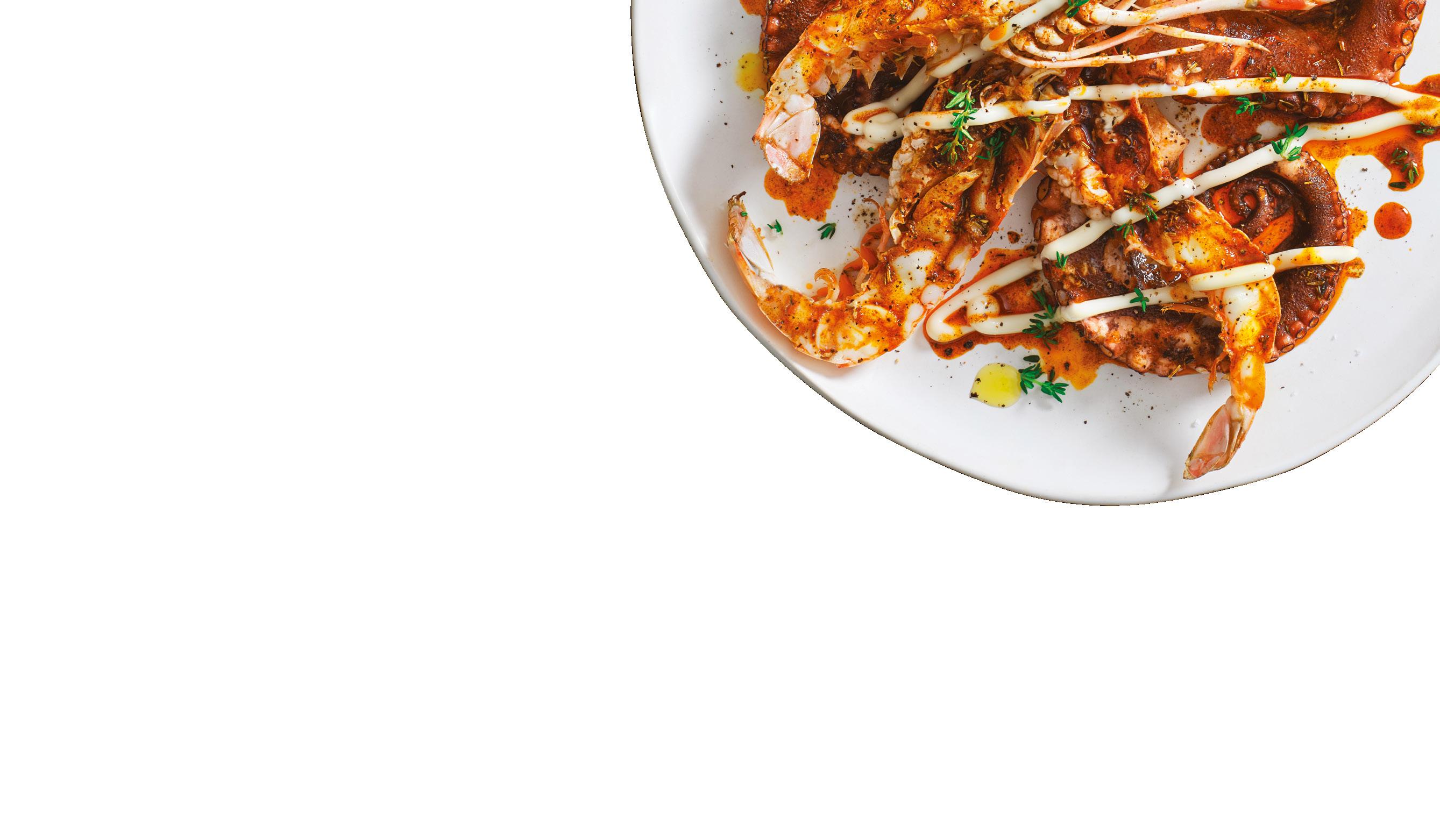












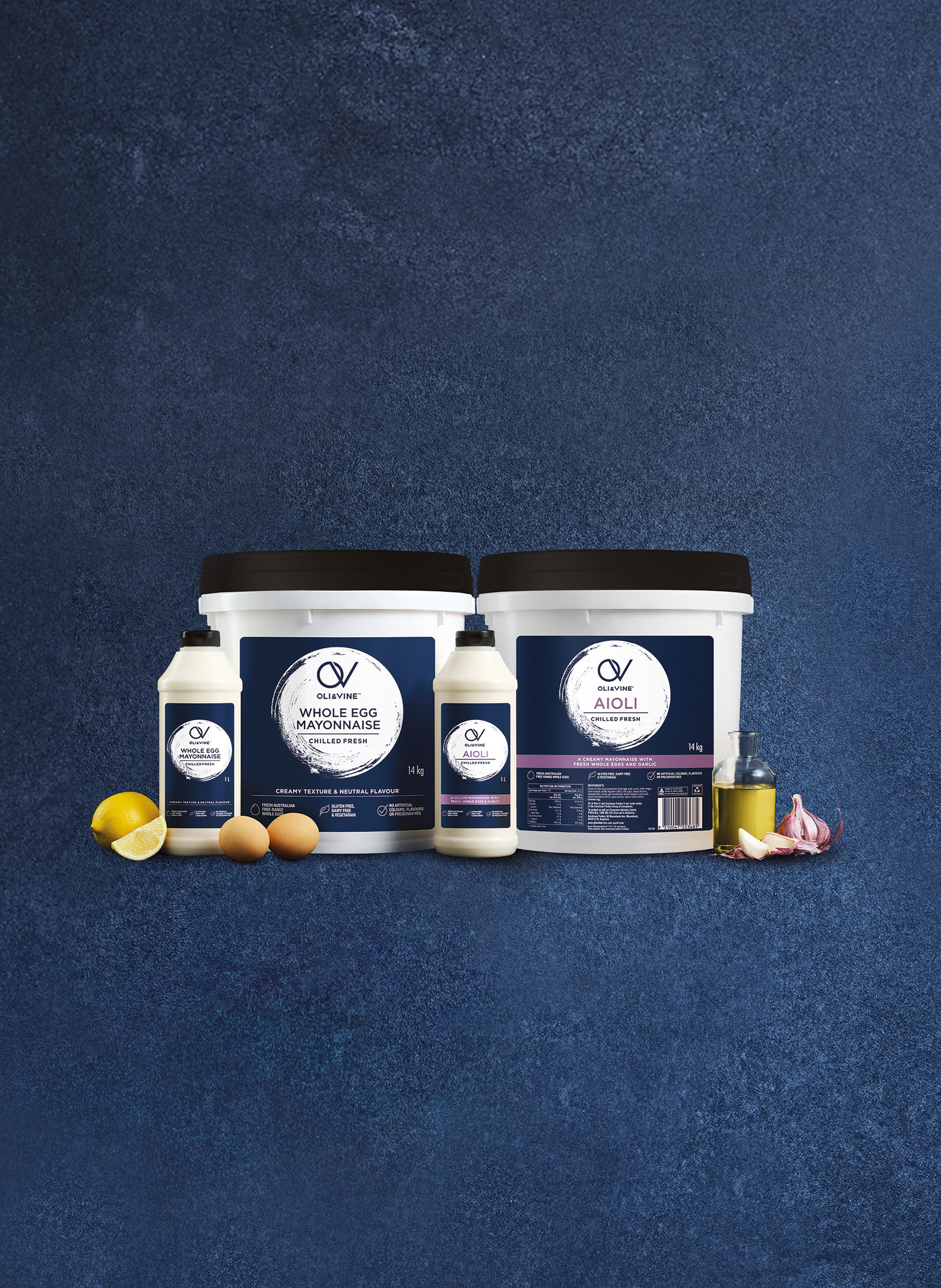







Thirst quenchers, slow sippers, and all things beverage related.
EDITED BY Annabelle Cloros
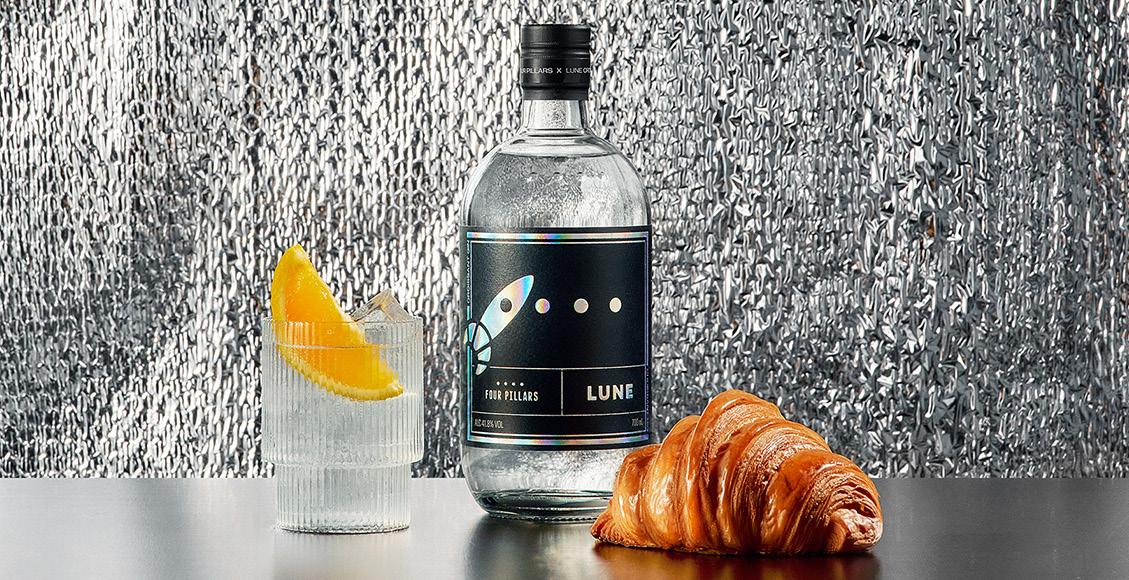
Not one for sticking with convention, the team at Four Pillars has debuted a collaborative gin with none other than Lune. Clarified butter has been distilled with almonds, wattle seed, nutmeg, juniper, organic oranges, nuts, and other botanicals, resulting in a gin that’s best suited for espresso martinis or a classic G&T. “I’ve never been thirsty for a croissant before, but once you taste this gin, you’ll understand what I mean,” says Lune Founder Kate Reid. Croissant gin is available for $80 from select Dan Murphy’s and BWS stores as well as from Four Pillars. fourpillarsgin.com

Bird in Hand is showcasing Tasmania via a new range of Riesling and Pinot Noir. Each wine has been crafted to showcase the terroir and cool climate the state is revered for. “We’ve focused on highlighting the clarity of the fruit and the distinct character of the region,” says Senior Winemaker Sarah Burvill. The 2024 Tasmanian Series Riesling ($35) features notes of green apple, lemon, and floral while the Nouveau Pinot Noir ($35) has a light body with fresh red berries and subtle spice on the palate. birdinhand.com.au

RTD brand Nak has created a line of electrolyte-infused drinks the team promises are “like nothing you’ve ever tasted”. The Australian-made, naturally sweetened drinks are a blend of vodka, soda, magnesium, sodium, and potassium flavoured with either watermelon or lemon and lime. The 330ml cans sit at 77 and 75 calories respectively, making them an appealing option for consumers. “Nak celebrates connection, providing a refreshing beverage perfect for making every moment extraordinary,” says Bryce Scoullar, co-director. nakdrinks.com
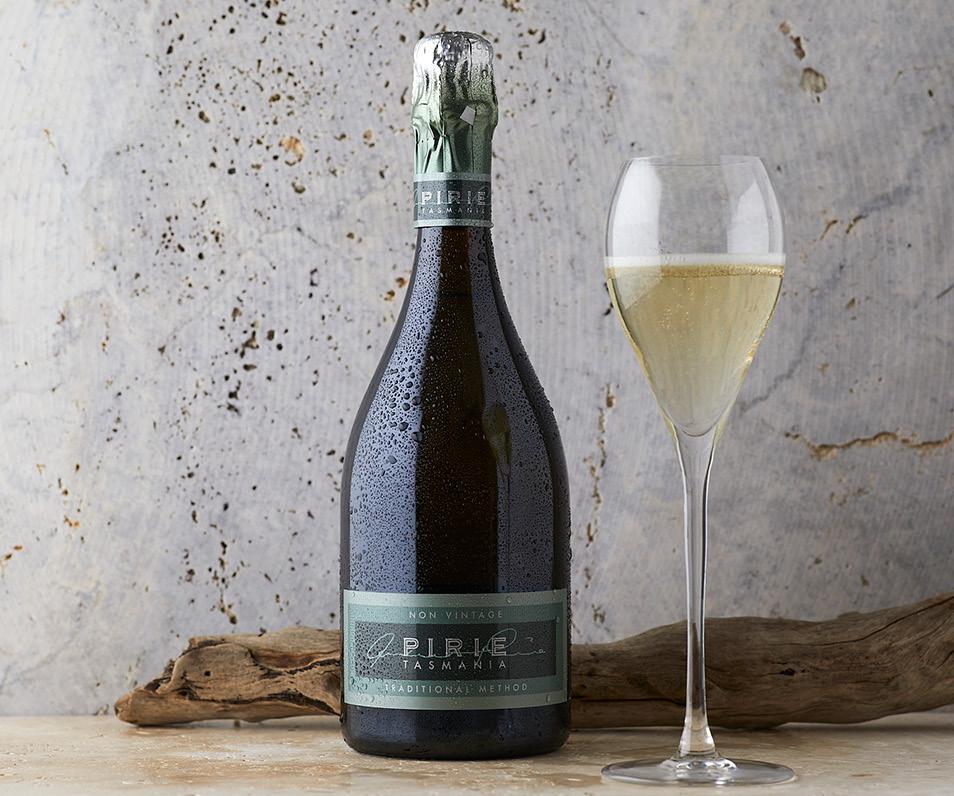
Pirie sparkling wine is crafted from 100 per cent Tasmanian grapes grown in the Tamar Valley and produced according to the traditional method. The cool-climate fruit is perfect for sparkling wine, so much so, the NV recently received a gold medal at the 2024 Melbourne Royal Wine Awards. Pirie NV ($35) has aromas of crisp apple and citrus and is a refreshing, vibrant option for drinkers to enjoy as is or with a seafood platter. pirietasmania.com.au
Bill Lark’s time in Japan served as the inspiration behind Lark’s second Mizunara launch. The process started with a single malt from the Cambridge distillery made from 100 per cent Tasmanian malt smoked with 100kg of peat. Two distillations took place before the whisky was transferred to small casks for maturation, a five- to seven-year process. The whisky’s final maturation took place in Mizunara oak casks, resulting in the development of notes including sandalwood, exotic spices, and coconut. Mizunara casks are crafted from trees that take up to 200 years to mature, making the new release one to savour. Mizunara Rare Cask retails for $1,000 and is available from larkdistillery.com
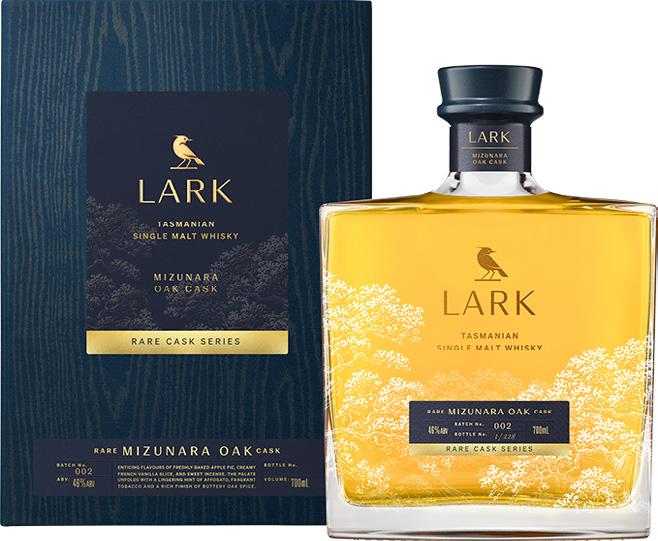

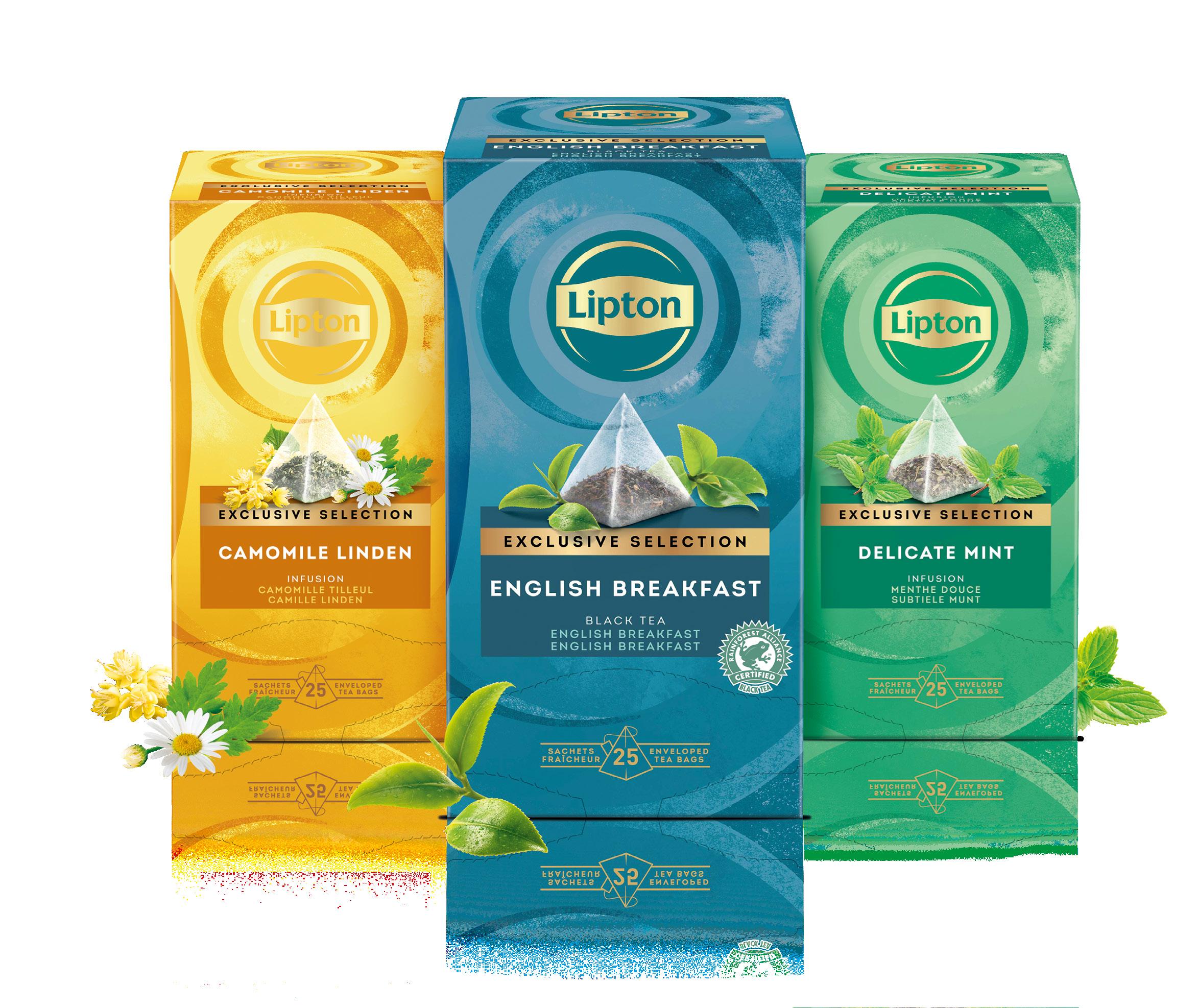


How bartenders are incorporating native ingredients into drinks with renewed fervour.
Laura Box
PHOTOGRAPHY Steven Woodburn and Jason Loucas for Tilda and Dexter Kim for The Waratah
IN REDFERN, A certain radioactive-green drink caught the Hospitality team’s attention on a recent visit to House Made Hospitality’s newest venue Baptist Street Rec. Club. It was a Japanese Slipper — a cocktail with a borderline outrageous hue thanks to the presence of melon liqueur. It also had a watermelon ball garnish and fit right in with the Australiana theme of the bar.
House Made has shaken things up (excuse the pun) to ensure the Slipper’s relevance on a modern menu. Its version of the drink features Marrickville’s Chelloh! Yuzucello, rosemary, and finger lime. The decision to use the native citrus stems from a pointed effort to feature local produce across group venues. Native ingredients are prevalent at both Tilda and Bar Tilda — a strawberry vodka gimlet swaps regular lime for finger lime, and the addition of strawberry gum and lavender bitters gives the drink its classic floral notes. Meanwhile, the saltbush martini uses the native plant to deliver a uniquely savoury aspect to the drink.
“At Bar Tilda we use the term, ‘Celebrating luxury Australian drinking’,” says House Made Hospitality Beverage Director Jason Williams. “That comes through the high-profile wines, the beautiful spirits, and the well-crafted cocktails but also through storytelling. We try to seamlessly integrate native Australian botanicals where it’s applicable, rather than being at the forefront of it. It’s meant to be part of the holistic experience.”
The approach is woven throughout the venue. Banjo Patterson’s Waltzing Matilda sits unobtrusively at the start of the menu, a hint at both the restaurant’s namesake and the inspiration behind the offering. It’s also evident in the saltbush martini with green apple — a drink that came from Williams’ own love of savoury martinis and the Gibson. House Made wanted to ensure they had a few savoury or “vinegary” martinis on the menu, particularly due
to the large number of international and American visitors to the hotel. “I absolutely love saltbush, but I hadn’t seen it explored much in cocktails,” says Williams. “I thought if we were going to do a savoury, pickle-y martini, then let’s use it. It has the salt and is also herbaceous.”
Tilda uses Hickson House Harbour Strength gin, which has botanicals of saltbush and other native ingredients. “It comes in at 60 per cent proof, so I knew it was a martini I was going to be creating for myself — strong, dry, salty, and umami,” says Williams. The drinks expert had also recently seen green apple paired with saltbush on a menu, and was inspired to create a green apple vermouth. One of the final components of the drink is a few dashes of saltbush tincture, which is made by mixing dry, ground saltbush with highproof ethanol, before it’s garnished with a lemon coin.
Williams has a lot of love for the suppliers he works with, and makes efforts to champion them where he can. Bar Tilda’s menu, for example, features Golden Wattle soda by Mischief Brew which is made with handpicked wattle from Adnyamathanha Country as well as a prebatched RTD wattle seed Old Fashioned from Starward Distillery. “We try to support producers that use native Australian botanical products in a modern way,” he says.
Halfway through lockdown, Tom Opie’s partner purchased him a few books on fermentation. The drink-slinger had long been interested in sustainability, having run Births and Deaths in Wollongong as an almost entirely waste-free bar until 2022, but fermentation opened up a new world. “I got really into breaking things down in their entirety,” he says. “Say you make an oleo with grapefruit, you still throw heaps of the peel out, so it’s not that sustainable... You’re still creating a lot of stress on the ecosystem. Whereas if you break that down into a liquid and drink it, it’s much more sustainable.”
The approach saw the bartender become interested in mycelium — the name for a type of network of fungal filaments. While it might stir memories of the fungal strands that zombify the cast in The Last of Us, Opie’s methods are far less insidious.
“Paying homage to the people that made them possible is important.”
– Tom Opie
He first began learning how to use koji — a type of mould that buries itself in rice — and his passion expanded from there. “I learned you could create these crazy things without much stress on the environment,” says Opie. “We were using things like liquid potato in drinks.” Now, he’s using these processes alongside native ingredients at The Waratah in Darlinghurst.
The restaurant and bar is centred around native ingredients in a way that isn’t “tokenistic”, says Opie. The team prioritises the Country on which the products were grown, the producers who made them, the story behind them, the intricacies of flavour, and the extent to which each ingredient can be used.
On The Waratah’s current menu, Drinking Australia: Volume 3, Citrus and Pineapple combines two of Opie’s passions: using both mycelium and a freshly foraged native ingredient — in this case, lemon aspen from Naway Yila Buradja in Mudgee. Opie asked Nathan Lovett, owner of Naway
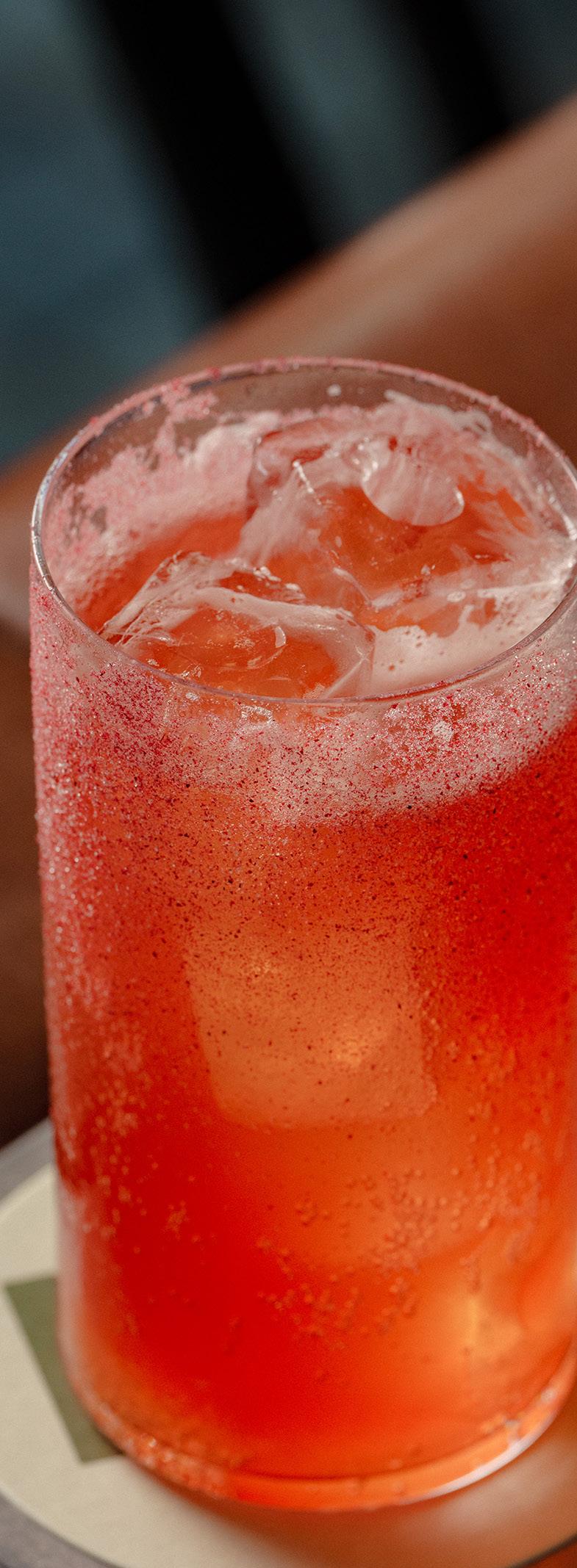

Vector below clockwise:
iStock.com/Anastasi17
iStock.com/Tatiana Pankova
iStock.com/Ilya Oktyabr
iStock.com/Arif_Vector
Lemon aspen is part of the citrus family and bears small, sour edible fruits
It is believed that the Japanese Slipper was created in 1984 by Jean-Paul Bourguignon at Mietta’s Restaurant in Melbourne
Yila Buradja, what he thought would work well with the lemon aspen before conducting some trials. “Lemon aspen has a lovely candied sherbet lemon flavour to it, so we used that in a Sgroppino/Piña Colada serve with coconut amazake gelato,” says Opie.
To make the drink, Opie blends lemon aspen to make a cordial for acidity. He then distils the lemon aspen to make a liqueur. “It’s basically layering a lot of things on top of each other,” he says. The bartender then makes amazake — a traditional Japanese low-alcohol drink made from koji ferment. The fermentation process of the rice creates a white blanket of mycelium, which is blended with coconut to create a “gelato of sorts”, says Opie. While gelato is typically sweet, the fermentation process generates a more savoury alternative. Opie then adds finger limes from Sian Hromek at Boogerum Falls in Arakwal Country (in the Northern Rivers) for acidity and florality, pineapple cordial, and Archie Rose white cane rum, “which has these bubbly tropical esters like banana and pineapple”.
Also known as caviar lime, finger limes grow on small trees in subtropical rainforests near the border of Queensland and New South Wales Hurricane glasses are typically tall and curved and are used to serve Piña Coladas
The mixture is blended and served in a hurricane glass. “We obviously want to do things that are refined and a bit more delicate, but when you’re trying to create the story of connection, you want something a bit more recognisable, you know?” laughs Opie. Finally, the drink is garnished with a lemon aspen dust made from blended dehydrated lemon aspen and shio koji (a fermented Japanese condiment). “It’s a little bit sweet, a little bit citrusy, but super floral. People across the bar will be like ‘Oh man, what’s that smell?’ Because it smells like sherbet.”
The bartender also takes care to ensure there are non-alcoholic options on the menu that are both high quality and provide value for money. “We want to create non-alcoholic drinks that give texture and body and make people feel like they’re drinking booze,” says Opie. “They don’t want to feel like they’re missing out or like they’re being ripped off when you’re paying $16 for what is essentially juice.”
On the current menu, there are two nonalcoholic drinks that are given the same treatment as the eight other cocktails. To create the Cherry and Rose, Opie pits and vacuum seals cherries with verjus (the unfermented part of grape juice) sourced from Margan Wines in the Hunter Valley. He then makes a wild rose tea by macerating rose with native botanicals including strawberry gum. He then


creates Ooray plum cordial before combining the elements together and carbonating.
“The good thing about Ooray plums is their jammy texture,” says the bartender. “We blend them and extract all the pectin and use that to thicken the mixture so it becomes more unctuous and flavourful.” The drink is served in a sparkling wine glass without garnish. Ingredients at The Waratah are used to both inform drinks and educate guests. For people wanting to use native ingredients, Opie says it’s important to have a connection to the land or the people in the area and to learn the stories and language of the ingredients. “At the end of the day, we’re using things that are stolen in a way, so paying homage to the people who made them possible is important, not just to develop a story, but to pay homage to Aboriginal ancestors.”



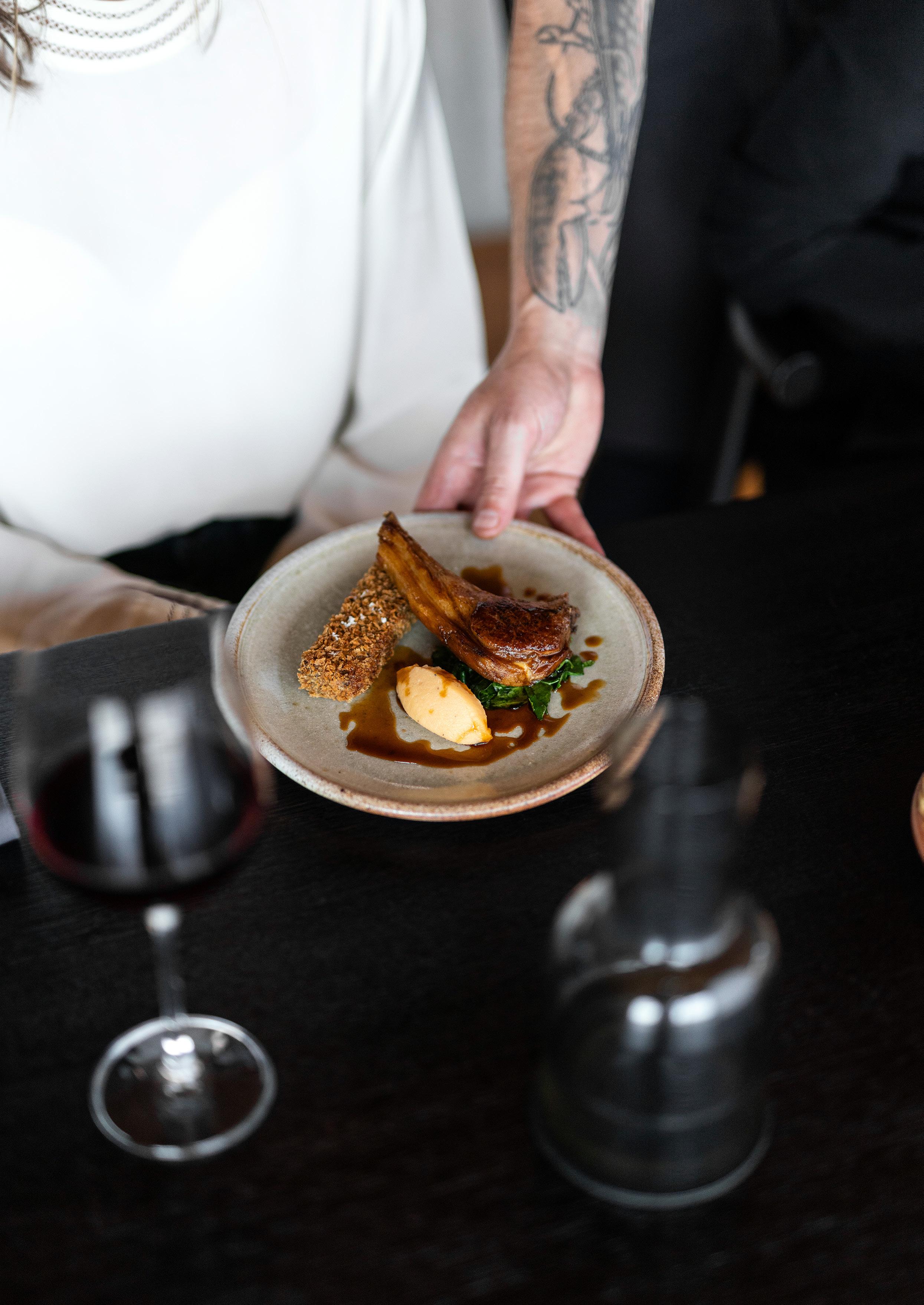
Two Michelin-star chefs from Scotland have taken over one of Tasmania’s most iconic restaurant sites.
WORDS Annabelle Cloros
PHOTOGRAPHY Adam Gibson
BREAM CREEK IN Tasmania has a population of just over 100 residents. The rural town has held the Bream Creek Show since 1886 which sees many events take place, including the coveted Giant Pumpkin competition. It’s also the location of Oirthir, a Scottish–French fine diner that has replaced Van Bone. Timothy Hardy and Laura Ducken opened Van Bone in 2021 to much acclaim. But after close to four years in business, the pair made the decision to sell the 20-seater with all the trimmings — a furnished dining room, commercial kitchen, garden, and paddock space.
The owners weren’t going to sell to the highest bidder, and were adamant on finding the right fit for the site — meet Bob Piechniczek and Jillian McInnes, the chef couple who are paying homage to their Scottish (and Michelin-star) roots while paving a new legacy on the east coast.
Bob Piechniczek and Jillian McInnes both started their culinary careers at young ages — 14 and 16 to be exact. Piechniczek worked as a kitchen hand at a local pub, earning 10 pounds per week, “which was a lot of money back then for a 14-year-old boy,” he says. After spending many hours observing professional chefs, Piechniczek decided to study hospitality at college after he finished secondary school. But spending time in a formal learning environment wasn’t for him. Piechniczek was granted work release from the classroom and dispatched to five-star hotel The Balmoral in Edinburgh. He spent five years learning the ropes and moving from kitchen to kitchen until he ended up cooking for the hotel’s Michelinstar restaurant Number One.
A fortuitous opportunity at Harvey Nichols department store later presented itself, which is where Piechniczek met McInnes, whose culinary journey started at catering school. The budding pastry chef worked part-time at a local hotel in her hometown but decided to make the move to Edinburgh to work in the pastry department at Harvey Nichols. The pair worked together for around three years before they decided to relocate to Melbourne. McInnes snagged a role at Donovans and Piechniczek at Bacash. A move back home to Scotland followed a
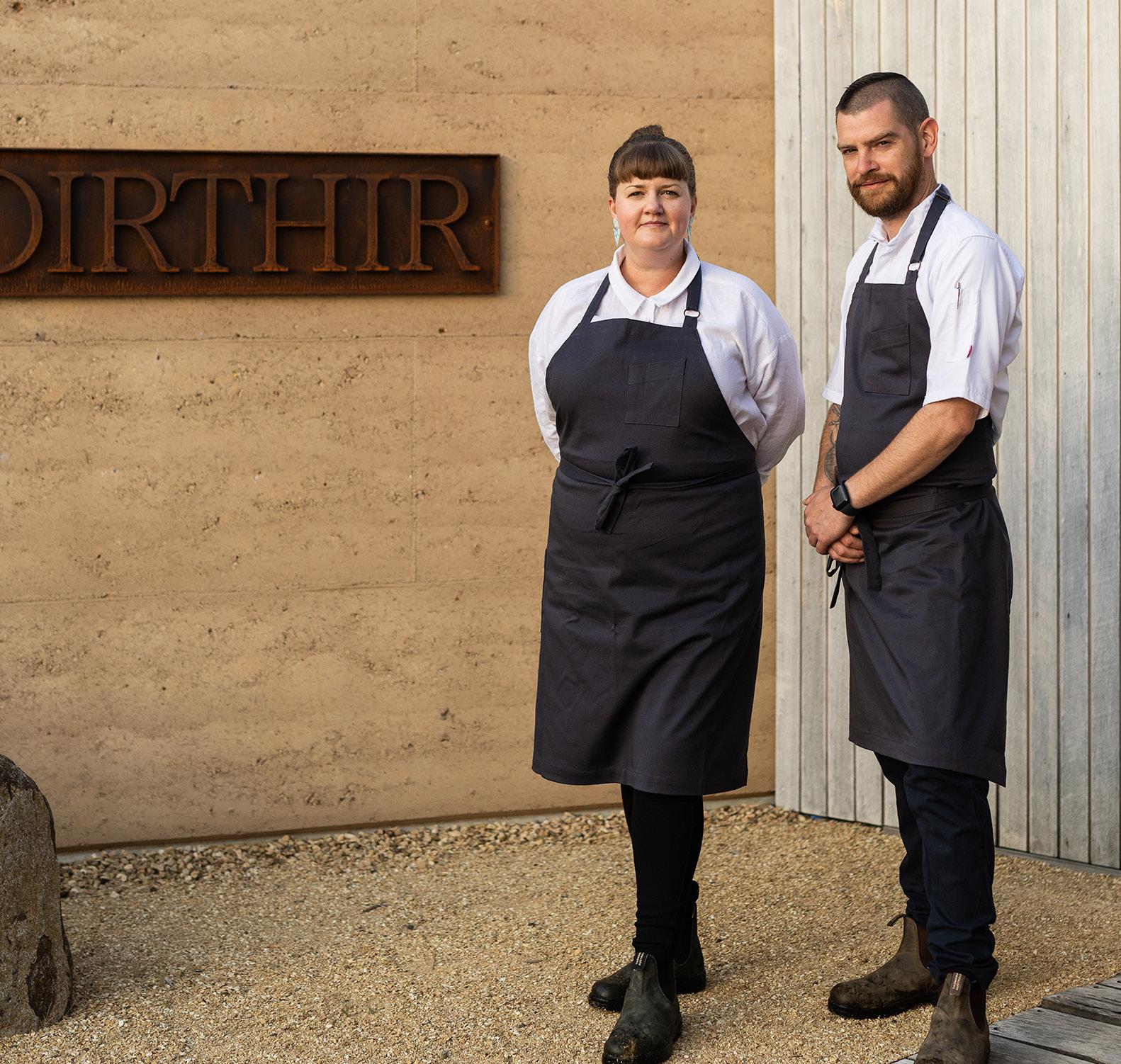
“If awards come, it’s just a bonus. For us to have this site, and access to the produce we do, is more than enough for us.”
– Bob Piechniczek
few years later due to homesickness, which saw them return to work at Michelin-star kitchens before a stint in New Zealand in 2014. They returned to Melbourne in 2017, where they worked together once again at QT. During this period, they tied the knot and enjoyed some time in Tasmania. “We had our honeymoon in Tasmania in 2019 and we always wanted to live there,” says Piechniczek.
The pair first visited the Apple Isle back in 2012, but “there wasn’t much happening”, says McInnes. “When we came down again in 2019, there was so much going on with the food scene. The produce is outstanding, and it reminded us of home with the whiskey distilleries, the weather, and the seafood.” The chefs spent a total of seven years in Melbourne and were ready to start a new chapter as business owners. “We wanted to become our own bosses and do our own thing,” says Piechniczek. An Instagram post asking for expressions of interest to purchase Van Bone caught their attention, and they reached out. “We emailed them and built communication from there,” says McInnes. The initial email resulted in the sale of the restaurant, with the four keeping in touch until the handover, which took place earlier this year. “The communication with Tim and Laura was second to none,” says Piechniczek. “For us as new business
owners, to have them help with suppliers, the garden, and [getting to know] the community, was helpful. Their support has been incredible.”
Oirthir translates to east, which is a fitting name for McInnes and Piechniczek’s first restaurant. While a Scottish–French concept makes perfect sense for the couple, there’s no doubt it’s something new for Tassie — and Australia. “We have learned many French techniques over 20 years, and we enjoy that style of cooking,” says McInnes. “The produce in Tasmania is similar to what we get in Scotland, so marrying it all together came naturally for us. It’s not normal, but it works for the location and the ingredients we’re using.”
The pair spent around three months developing Oirthir’s debut menu, which consists of seven courses. Offering a set menu was a decision rooted in sustainability, dining experience, and organisation. “Being a small restaurant, you don’t want to waste produce,” says McInnes. “You also want people to experience this side of Tasmania.” It’s a two-chef show at Oirthir — McInnes takes care of entrées, cold dishes, and desserts and Piechniczek, the hot courses. The pair recently recruited a front-of-house manager and consulted with Van Bone alumni Luke Monks to develop the wine list. They’ve also
“The produce in Tasmania is similar to what we get in Scotland, so marrying it all together came naturally for us.”
– Jillian McInnes

signed on a part-time gardener to assist with the inherited kitchen garden that grows much of the produce seen throughout the menu.
Keeping the team small not only saves on labour costs but ensures a carefully curated dining experience that sees the two chefs at the helm of both food and service. “We wanted to work the floor together, take dishes to guests, and explain the courses,” says McInnes. A meal at Oirthir currently begins with Tassie Gold oysters and wood-fired soda bread made with locally foraged seaweed. The menu is subject to change according to seasonality and availability, but there are some standout dishes in the early weeks of service. Blue Lip mussels from Freycinet are teamed with zucchini kimchi and beurre blanc, and haggis makes an appearance on a dish of Bangor lamb and turnip. Cranachan, a traditional Scottish dessert of whipped cream, raspberries, oats, and whiskey has been reinterpreted by McInnes, who likens it to a fool. “I’ve done my version with toasted barley ice cream, honey whiskey, fresh raspberries, and a tuille with buckwheat and oats.”
As the cool season sets in, there will be some new additions to the menu, one of which will make the most of the restaurant’s smoker. “We do a lot of smoked fish back home, so we will do a dish called Cullen skink,” says McInnes. “It’s like a fish chowder with potatoes and smoked fish. We will also use wild game and we might do venison haggis in winter.”
Making connections with the local community is a key focus for the chefs, who have created a supper menu available every second Friday and Saturday night. The three-course offering is priced at $75 and covers an entrée, choice
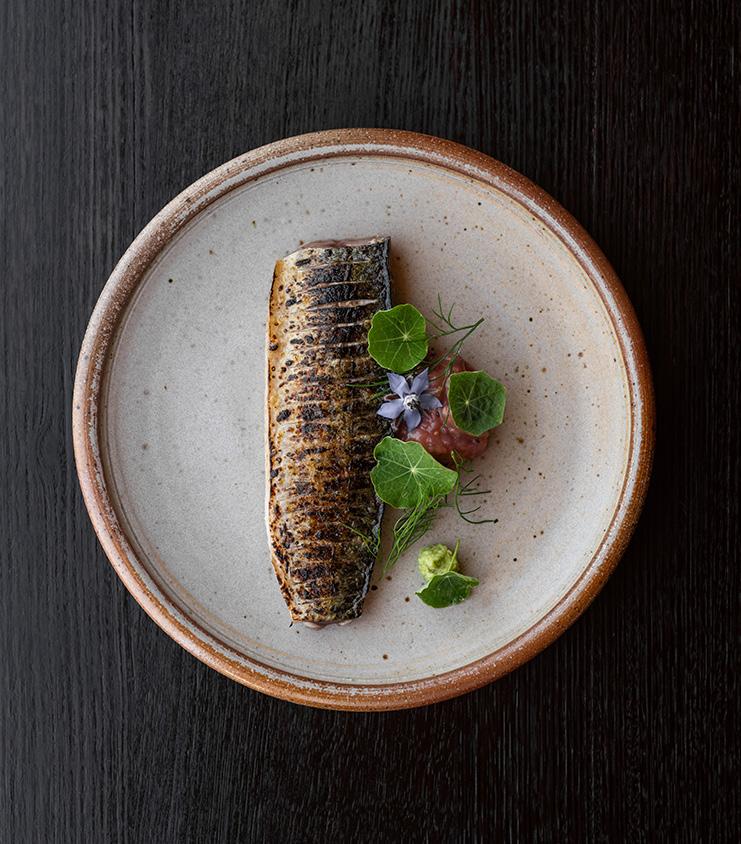
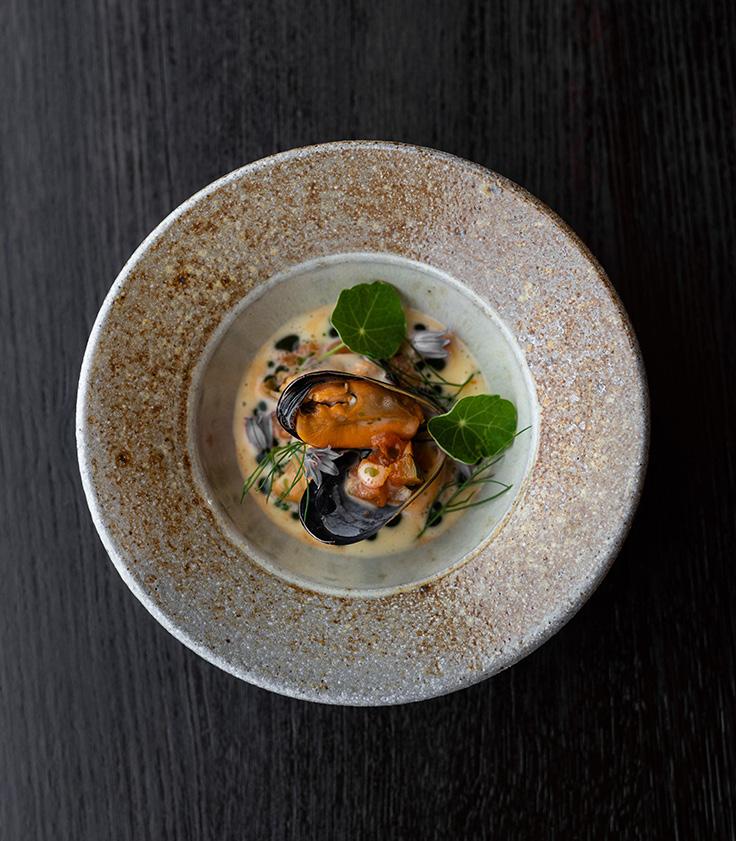
of main, and a dessert. “It’s more relaxed and designed to get the locals to come in,” says McInnes. “We will change up the dishes every two weeks and we might do some Magnum wines and French wines as well because locals don’t always want to just drink Tasmanian wine.”
Oirthir has been operating for just over a month, with McInnes and Piechniczek speaking to Hospitality after opening weekend. “I think we surprised ourselves,” says Piechniczek. “You can have a vision and write a menu and a wine list, but when it comes to the experience and the execution, I’m pretty happy about our first week.”
Most new restaurant owners have ambitions to receive a hat or an industry award, but racking up the accolades isn’t the number-one priority for the pair. It’s a lot simpler than that. “We’ll change the menu five to six times a year,” says Piechniczek. “The variety is what inspires us. If awards come, it’s just a bonus. For us to have this site, and access to the produce we do, is more than enough for us.” ■
Oirthir has vegetarian haggis on the menu Vector below clockwise: iStock.com/Rixipix iStock.com/ Katarina Halko iStock.com/ FrankRamspott iStock.com/dfli
The wine list is largely Tasmanian and French

The two chefs met at Harvey Nichols in Scotland
The restaurant has its own kitchen garden
This year’s Proud to be a Chef saw 32 exceptional up-and-coming chefs take on the fast-paced, four day culinary mentorship program. Out of those, two special chefs took home the coveted Best Savoury and Best Sweet dish prizes.
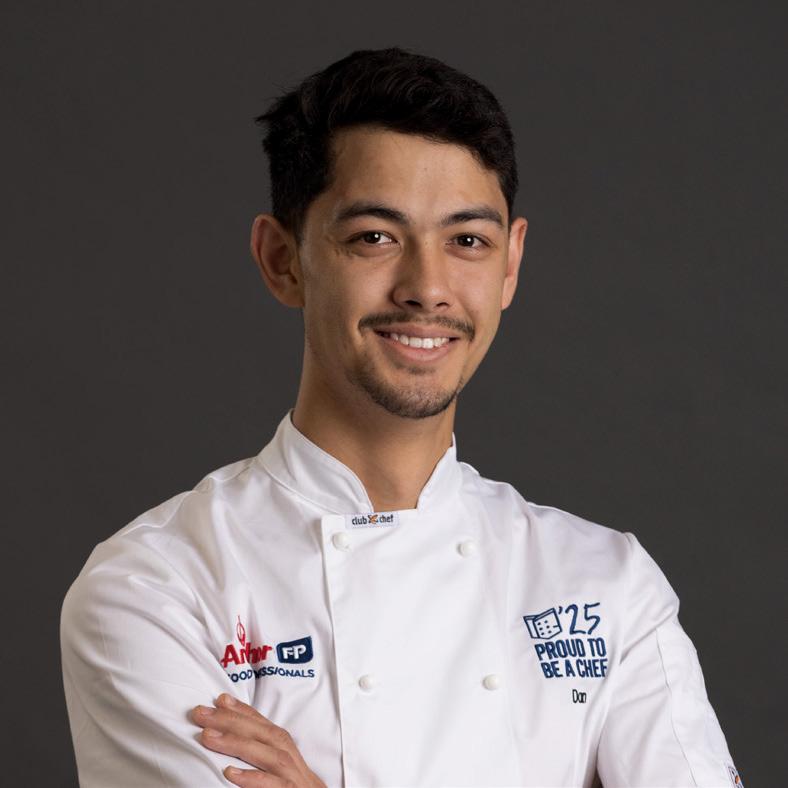
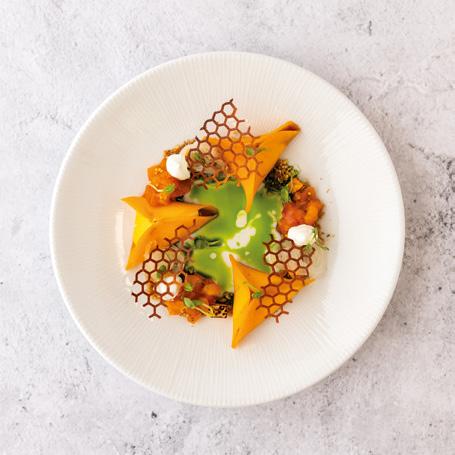
Daniel Yin
Overall Winner & Best Savoury Dish
Pickled pumpkin and ricotta dumpling, burnt honey, walnut crumb and persimmon relish.
Inspired by Autumn, this dish uses 100% of the pumpkin, from seeds, to skin, to flesh, highlighting its unique sweetness and character through texture and flavour.
“So tasty, so delicious.”
— George Calombaris, Savoury mentor
SCAN TO EXPLORE
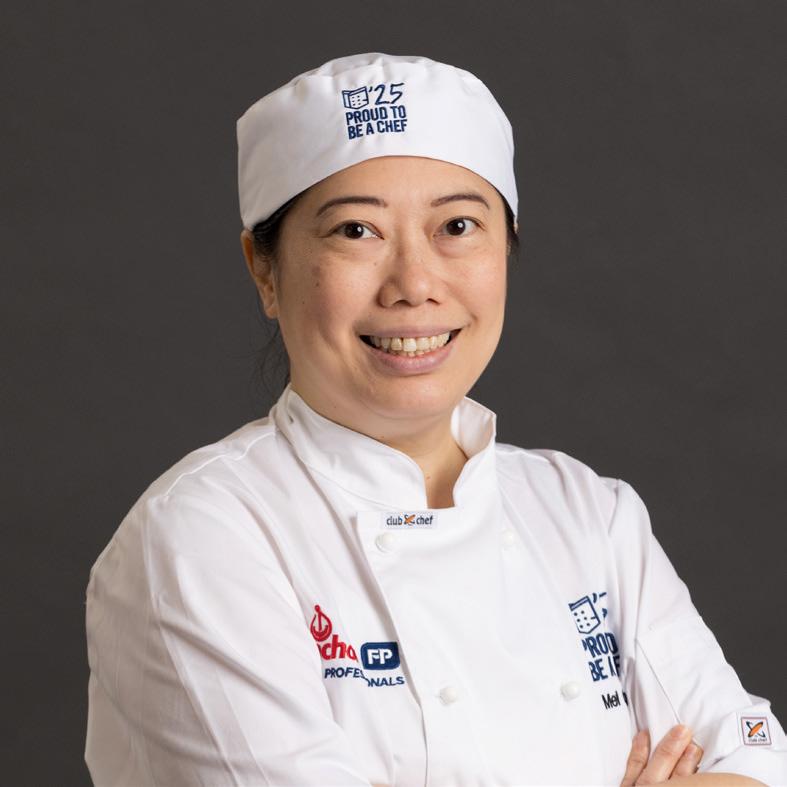

Sok Mei Chieng
Best Sweet Dish
Compressed choux, pistachio ganache, raspberry gel, dark chocolate crèmeux, lemon myrtle tuile.
This sweet dish uses a less common technique of compressed choux pastry, designed to wow in a fine dining environment and highlight the use of fresh, local produce.
“It had texture, balance and elegance.”
— Angelica Iuliano, Sweet mentor
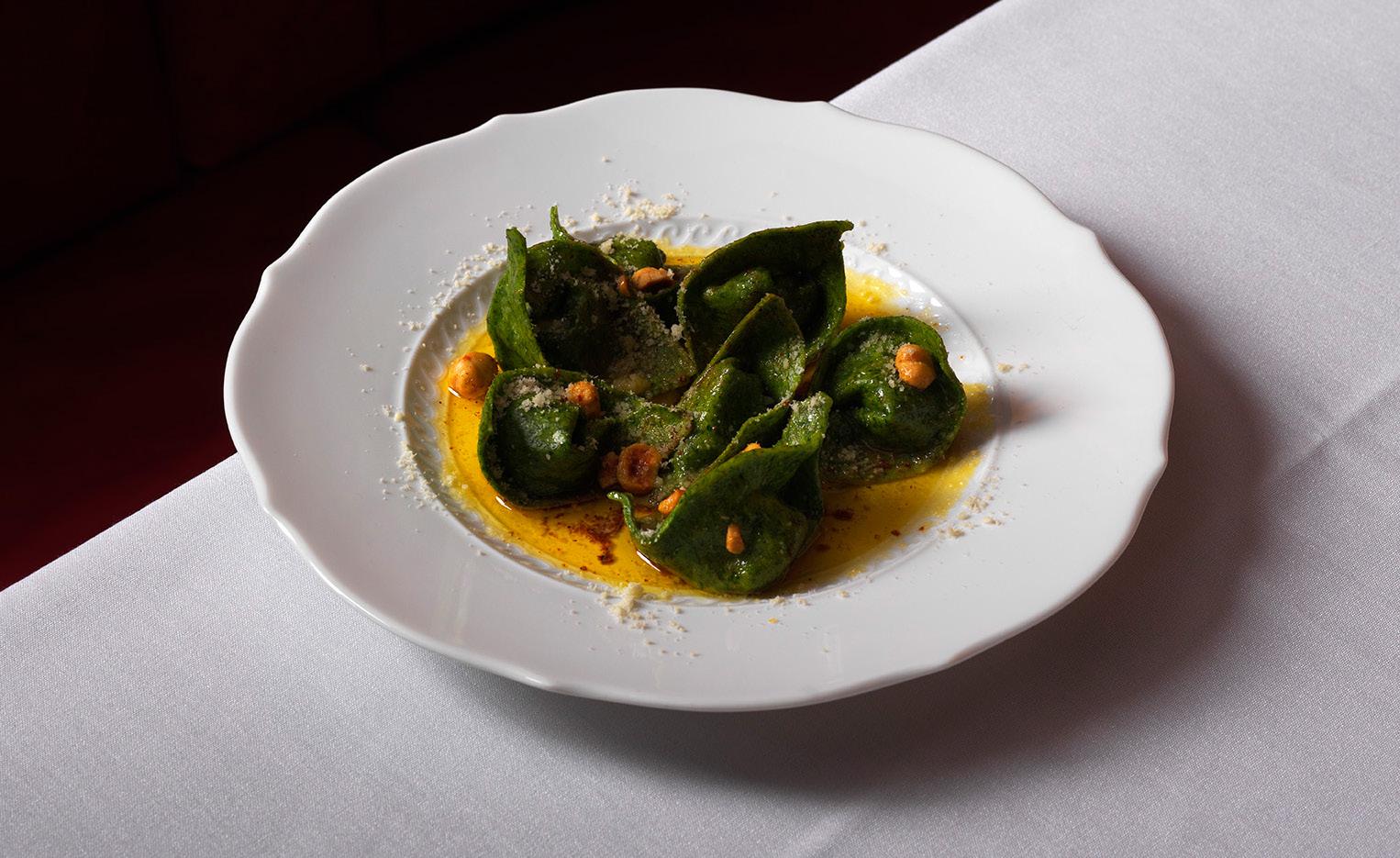
A deep dive into the lesser-known dishes of Italy’s north.
WORDS Laura Box
PHOTOGRAPHY Jason Loucas
WHEN YOU IMAGINE Italy, what typically comes to mind?
Perhaps it’s the winding roads that trace the striking water-laced hills of the Amalfi Coast, the grape vines and crumbling villas of the Tuscan countryside, Pompeii’s ruins, or the countless innovations of the Roman Empire.
For a relatively small country, Italy has a lot to offer. So, it’s unsurprising some of the country’s equally remarkable regions are left forgotten in lieu of the most Instagrammable sights. The same can be said for Italy’s regional cuisines. Favouring Napoletana pizzas or Roman tonnarelli cacio e pepe is an effective and unquestionably delicious way to celebrate the country’s food, but it certainly isn’t the whole picture.
In Australia, restaurants that celebrate Italian cuisine often exclude the scope of Italy’s north. The regions of Piemonte, Valle d’Aosta, Lombardy, Trentino-Alto Adige, Friuli Venezia Giulia, Veneta, Liguria, and even as far south as Emilia-Romagna each bring a different perspective to the country’s cuisine. It is a broad area, with flavours spanning the cooler climate of the Alpine region and the abundant produce of the Po Valley to seafood from the coast — not to forget the culinary influences from neighbouring France, Switzerland, Austria, and Slovenia.
For the team at Neptune’s Grotto, devising a menu isn’t about pedantically replicating a cuisine. Rather, it’s about using culinary techniques and traditional flavours as inspiration, as evidenced by the influence of Northern Italian cuisine on the menu. “I wouldn’t like to be pigeonholed,” says Co-Owner and Chef Dan Pepperell. “But we’ve taken a lot of inspiration from that region.”
While the sunlight and outdoor dining area at sibling restaurant Pellegrino 2000 lends itself to Roman-style dishes like amatriciana, carbonara, and lots of tomatoes, Neptune’s Grotto has provided the team with a chance to showcase a different style of Italian food, which was largely inspired by the space itself. “Neptune’s
felt more late night, moodier, darker, and cavernous,” says Pepperell. “It’s underground, so you can eat heartier and richer foods. We thought it was a cool concept to create a grotto in a cave under the building. There are private booths all down the restaurant and you can sit there for longer and get a beautiful handmade pasta. It’s a bit more intimate.”
Before Neptune’s opened its doors late last year, Pepperell went on a last-minute trip to Milan, Venice, and Bologna. “It was a good little inspirational tour,” he says. But for the fitout, the real inspiration came in late 2023, when Pepperell and his fellow co-owners Mikey Clift and Andy Tyson went on a research tour to New York. “We went around to a lot of those old-school Italian places in New York. “We got some funny ideas for the fitout and picked up bits and pieces from antique stores.”
The northern Italian influence can be seen in the handmade egg pastas which are less about extruded semolina and water doughs and more about egg yolks and flour. “They’re much richer and more luxurious pastas because it’s a lot cooler
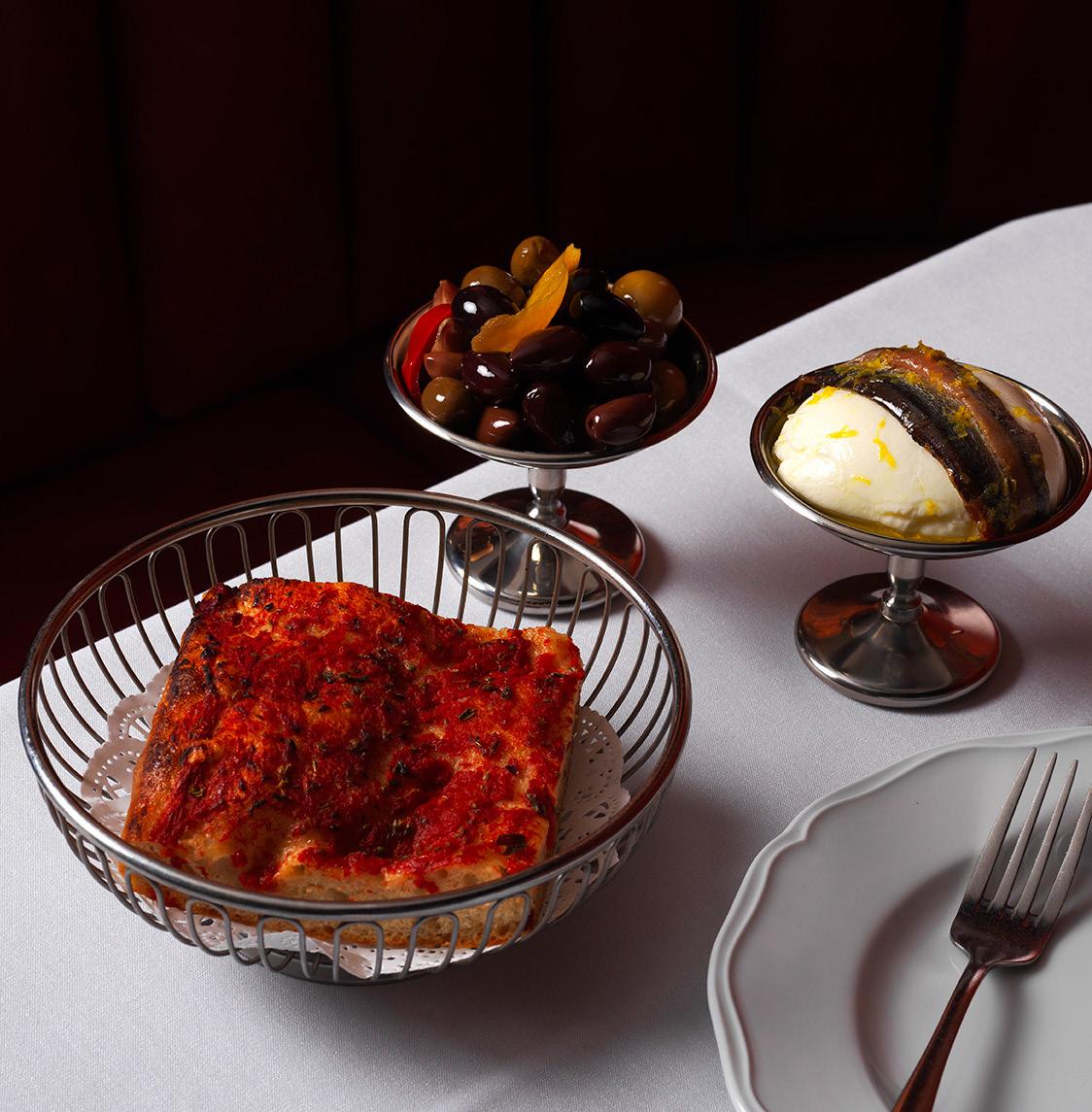

“We thought it was a cool concept to create a grotto in this cave under the building.” –Dan Pepperell
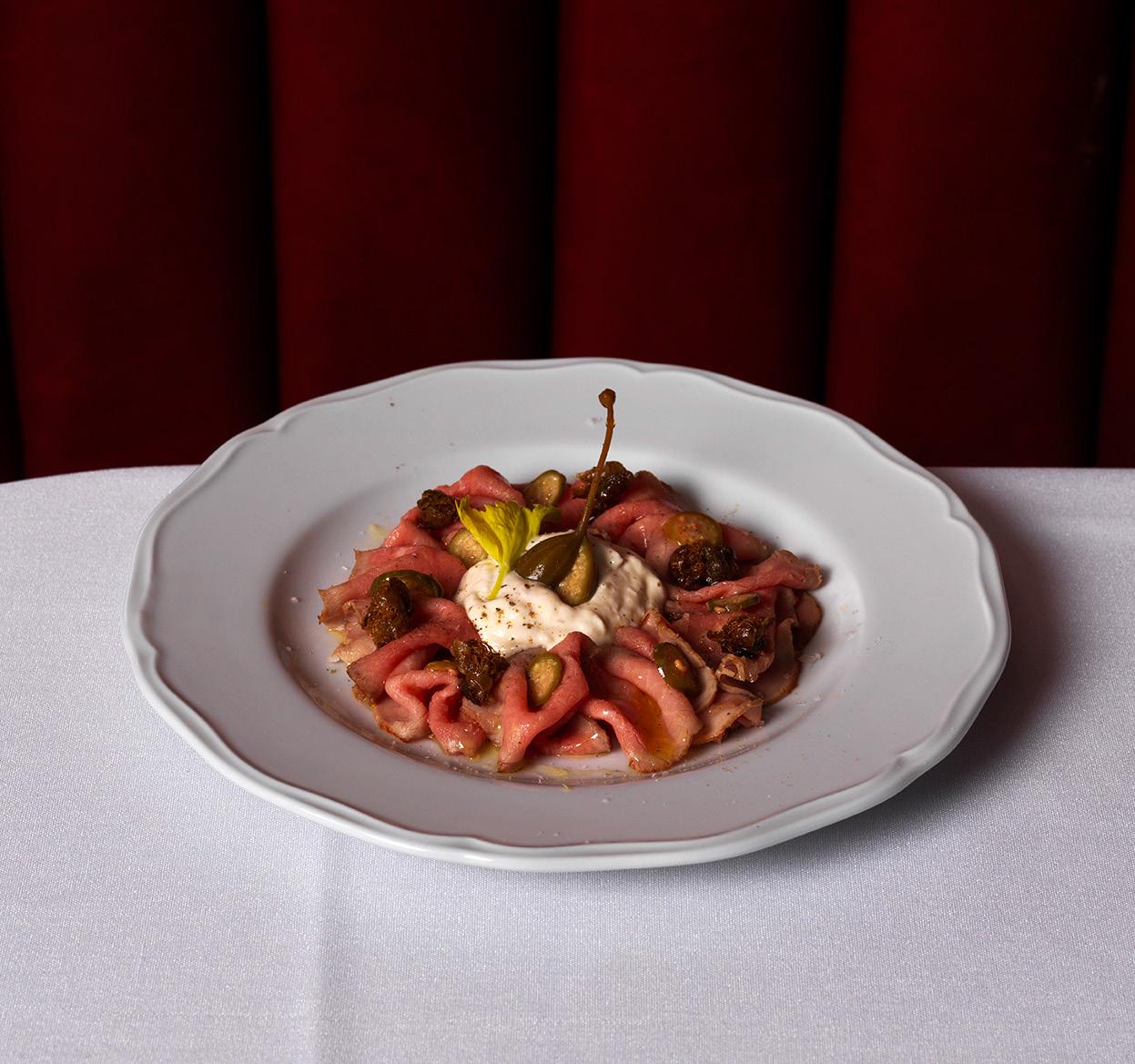
Vector below clockwise: iStock.com/bortonia iStock.com/ Panyapat Pikunkaew iStock.com/ Margarita Kharkova iStock.com/Farhan T. Sudibya




Pasta from northern Italy is rich in egg yolks, creating a distinctive warm yellow hue

The EmiliaRomagna dessert zuppa inglese is like an English trifle, with layers of custard and sponge liqueurdipped cake
The region’s cattle yield distinctive milk used for rich butter, cream, and cheese
up there a lot of the time,” says Pepperell. As the chef points out, the climate of the region heavily influences northern Italian cuisine. The cool, mountainous areas are ideal for growing highquality corn and mushrooms and enjoying hearty carbs like polenta. The fertile Po Valley, which runs from the western Alps to the Adriatic Sea, is a centre for rice cultivation, covering risotto and Venetian risi e bisi. The region’s cattle yield distinctive milk, enabling the production of rich butter, cream, and cheese traversing gorgonzola to parmigiano Reggiano.
The cool climate lends itself to rich food, and influences from neighbouring countries strengthen this from cream sauces influenced by French cuisine and potatoes, stews, and meat styles referencing those found in Austria and Eastern Europe.

is typical of Bologna, but the unique addition of the confit tongue lends a fresh take.
Tajarin pasta (also known as tagliolini or taglioni) is a traditional dish of Piedmont. Neptune’s pairs thin egg yolk noodles with a modest tomato and basil sauce. Then there’s beef battuta, an Italian take on French tartare made with diced topside steak. “We mix it with parmesan garum [made using rinds] we source from a local chef and top it off with parmesan and hazelnuts from Piedmont,” says Pepperell. “The dish is very northern. I guess that part of Italy has more money, so they can afford to eat beef and use butter, expensive hazelnuts, and parmesan Reggiano.”
The region is diverse, with mountains, sea, and neighbouring countries contributing to the varied cuisine
Speaking on the style of cooking, Pepperell says the tagliatelle Bolognese has been exceptionally popular at Neptune’s Grotto. “It’s like a slow-cooked pork and veal ragu,” he says. “We add confit veal tongue as well. We cook the veal tongue separately and then we dice it up so it’s soft and fatty. We mix it through the ragu at the end with lots of butter and parmigiano Reggiano.” The ragu is served on top of egg yolk pasta, which Pepperell says is “bright yellow with a really nice al denté bite to it”. The dish
Tortelloni is also on the menu. The large stuffed pasta is similar in shape to the classic tortellini in brodo from Bologna, but bigger. “We make the dough with spinach through the egg so it’s bright green and fill it with ricotta, truffle, and artichoke,” says Pepperell. “Then it gets brown butter and parmesan on top.”
Another northern classic on the menu “that you don’t see around much” is cotoletta alla Bolognese. “It’s basically a crumbed veal cutlet cooked in a pan with lots of butter,” says Pepperell. “We lay prosciutto over it and parmesan and then we top it off with a cream sauce.”
The Emilia-Romagna dessert zuppa inglese is
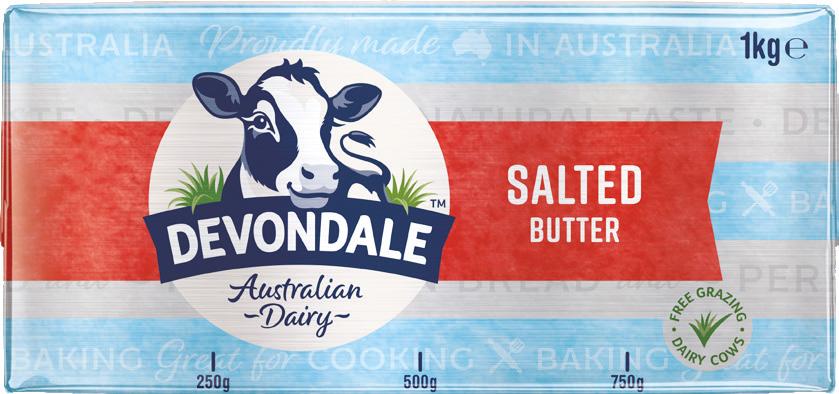


The taste you can feel good about.

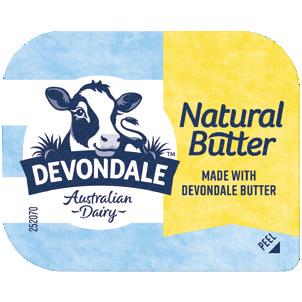
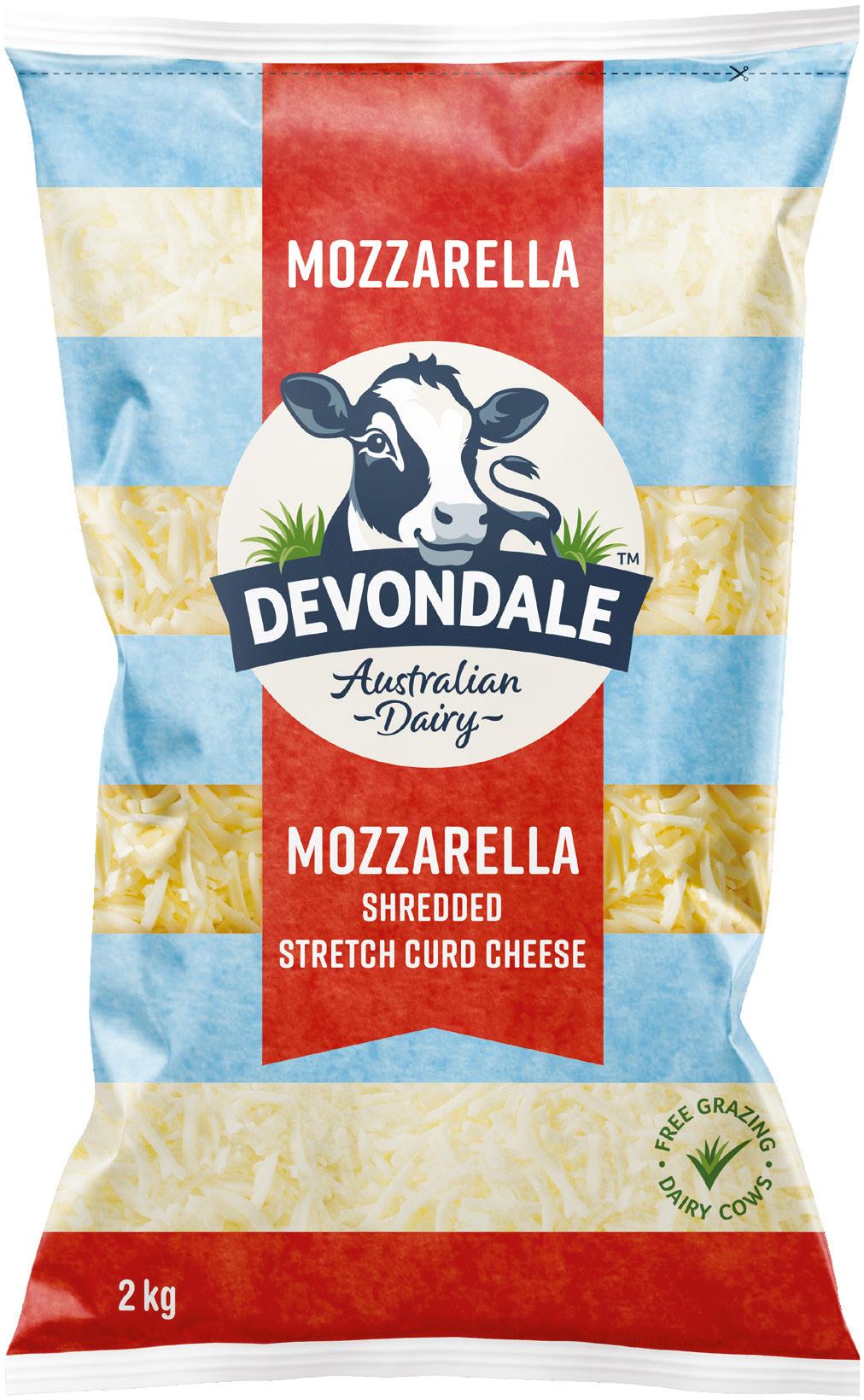


another star of the show at Neptune’s Grotto. Stemming from the Italian verb inzuppare, which means to dunk — referring to the sponge inside that is typically dipped in liqueur — the name literally translates to English soup, leading some to believe zuppa inglese takes inspiration from English trifle. Pepperell’s version sees sponge soaked in beetroot and raspberry juice before it’s placed atop chocolate and blackberries and surrounded by thick vanilla custard.
The team has proven the worth of mixing in elements from different areas, allowing variations to punctuate the oft-rich northern Italian style of many of the menu items. A popular dish that rebels from the classic is the tomato pie. “For the fitout and vibe, we took a lot of inspiration from New York,” says Pepperell, although he’s quick to clarify that visitors shouldn’t expect New York Italian spaghetti and meatballs. Rather, Neptune’s Grotto’s ‘pie’ is a deep square pizza based off a grandma slice you’d find in a New York pizzeria.
Another dish that branches away from the northern offering while remaining complementary is the tuna caponata. “We flatten out tuna sashimi and fill it with concentrated caponata,” says Pepperell. “We then blanch, peel, and semi-dry tomatoes overnight in a low oven before we turn them into a jam that’s mixed in with the caponata ingredients of pickled celery,

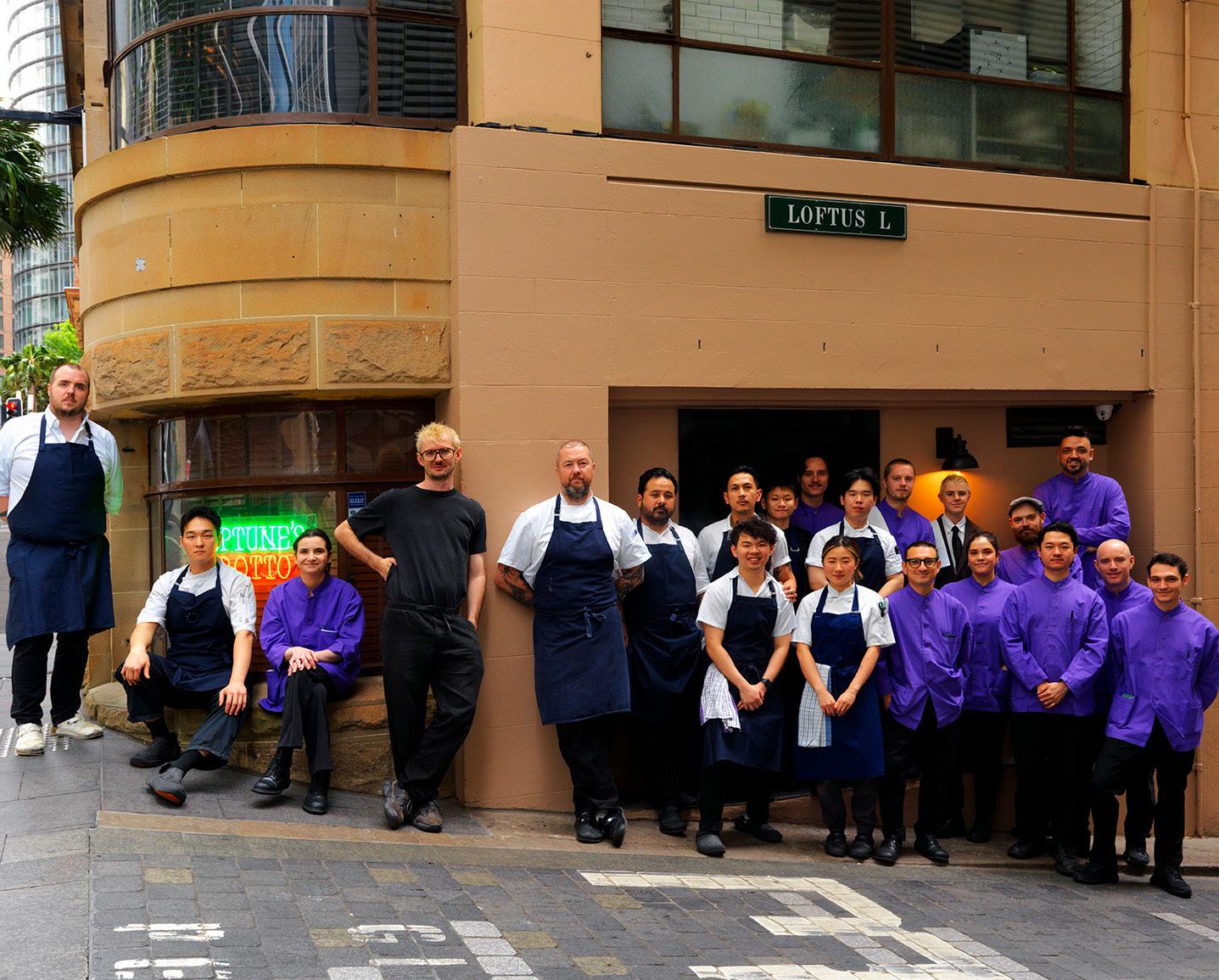
pine nuts, and smoked eggplant. It’s almost like a concentrated relish which we wrap the tuna around. It’s been really popular.” Sydney is, after all, a seafood-loving city, and the fish-centric take on a typical Sicilian dish speaks to the team’s understanding of which menu items will resonate with guests.
The benefit of adopting a menu that both delves into and expands on a niche regional cuisine is manifold for Pepperell, Clift, and Tyson. By merging aesthetics with a wellresearched menu, the restaurant has made a big impact on the local dining scene since its launch. Meanwhile, Sydneysiders have been given a ripe opportunity to explore a different side of the much-loved cuisine. ■





Australian diners are searching for authenticity with every bite. Introducing RDM Pizza’s Napoli Rustica bases.
AUSTRALIANS ARE SPOILT for choice when it comes to dining out. With so many options, guests are discerning when it comes to quality, provenance, and authenticity. It’s not just fine dining either — casual eateries are subjected to the same high standards. When it comes to pizza, for example, people want to know if the food they’re eating is top-notch.
“Consumers are drawn to authentic pizza for its traditional flavours and premium ingredients,” says Riccardo Moretti, managing director of RDM Pizza Australia. “Authentic pizza is often praised for its handcrafted crust, fresh toppings, and carefully selected cheeses. In a world where convenience often takes precedence over quality, there is a growing demand for authentic pizza options that offer a taste of Italy.”
RDM Pizza bases have always been a highquality, authentic choice for venues, but its latest product, the Napoli Rustica base, has been made with the needs of venues in mind. Standard bases require baking at 300 degrees Celsius for three minutes in a combi oven. The temperature and duration are not compatible with the concurrent preparation of other dishes. Even longer cooking times are required to get the browning required for the look of a wood-fired pizza.
The solution is the new Napoli Rustica base, which offers chefs the authentic appearance of freshly made dough cooked in a wood-fired oven. Crafted using a sourdough recipe with a 72-hour slow fermentation process, the dough is stretched to form a rustic raised crust. It is then quickly cooked in a 500-degree Celsius stonebaking oven to enhance aeration and achieve a charred brown finish. This method allows chefs to simply bake the product from frozen at 200 degrees Celsius for four minutes or until the

cheese is melted, ensuring a convenient and delicious outcome.

Venues can offer their diners Italian-style pizza, while ensuring smooth operations in the kitchen.
“The majority of ovens available, whether for commercial, industrial, or home use, typically have a maximum temperature of 200–250 degrees Celsius,” says Moretti. “With Napoli Rustica already achieving the desired golden crust and char, this product can be prepared using any oven on the market, showcasing its adaptability. Cooking at 200 degrees Celsius for four minutes ensures a crispy pizza base, perfectly cooked ingredients, and melted mozzarella. This duration coincides with the preparation time for frying chips, making a burger, cooking a steak mediumrare, or creating a pasta dish.”
The Napoli Rustica base offers the following benefits and advantages:
• High-quality stone-baked pizza on the menu without requiring significant capital investment in new equipment.
• Labour efficiency as all kitchen staff can easily assemble and bake pizzas, greater consistency and flexibility.
• Enhancement of bottom-line profits and revenue, as pizza boasts a high profit margin, and can be seamlessly integrated into any venue using the same kitchen ingredients.
• Reduced wastage as the product can be stored frozen for up to 12 months or chilled for 10 days without the use of artificial flavours, colours, or preservatives. The pizzas can also be cooked directly from frozen, further reducing potential waste.
To try out the Napoli Rustica base in your venue, contact RDM Pizza via rdmpizza.com. au/contact-us ■
Want to make the perfect Margherita in your venue using the Napoli Rustica base? Scan the QR code for the recipe








SCAN FOR A FREE SAMPLE

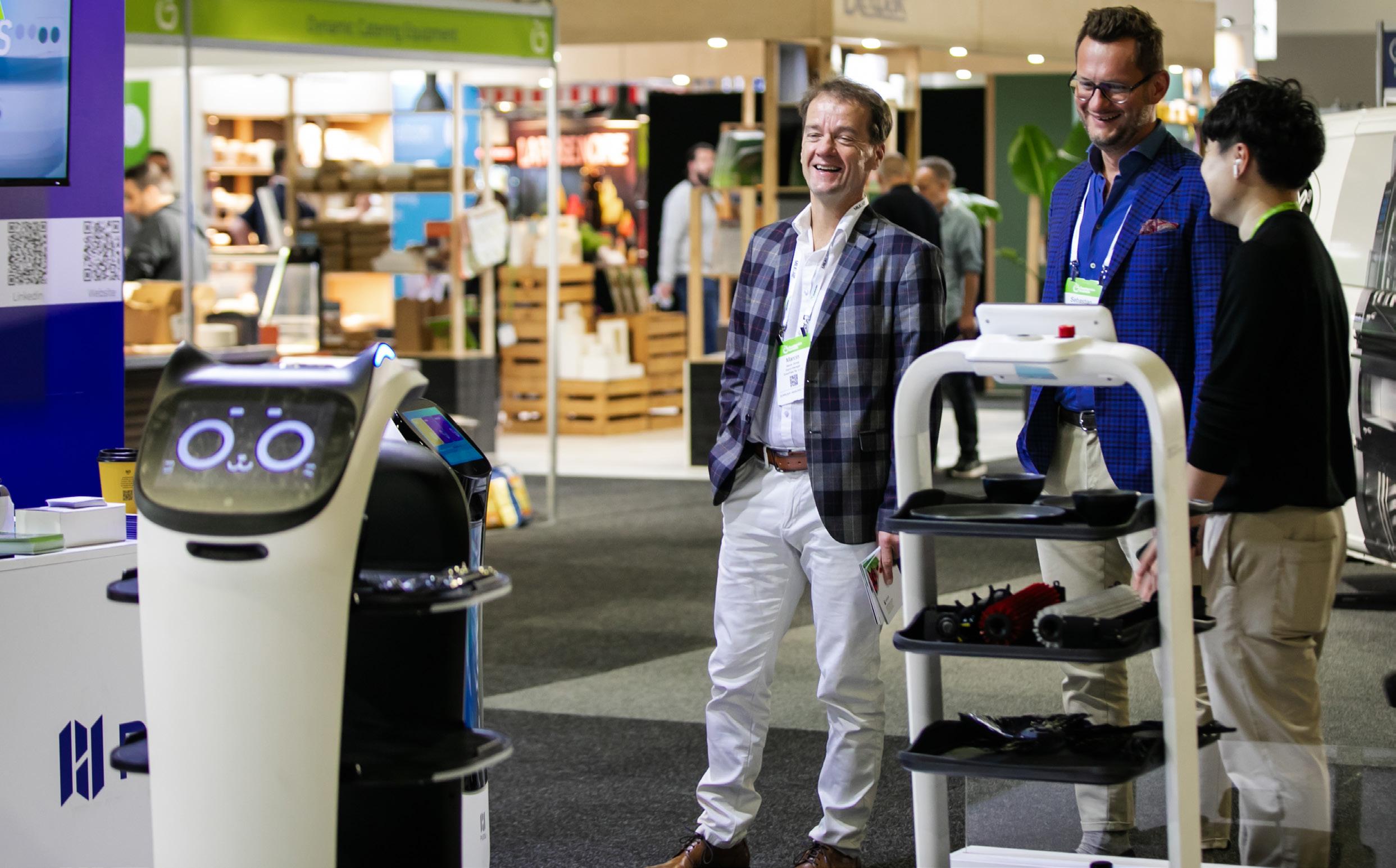
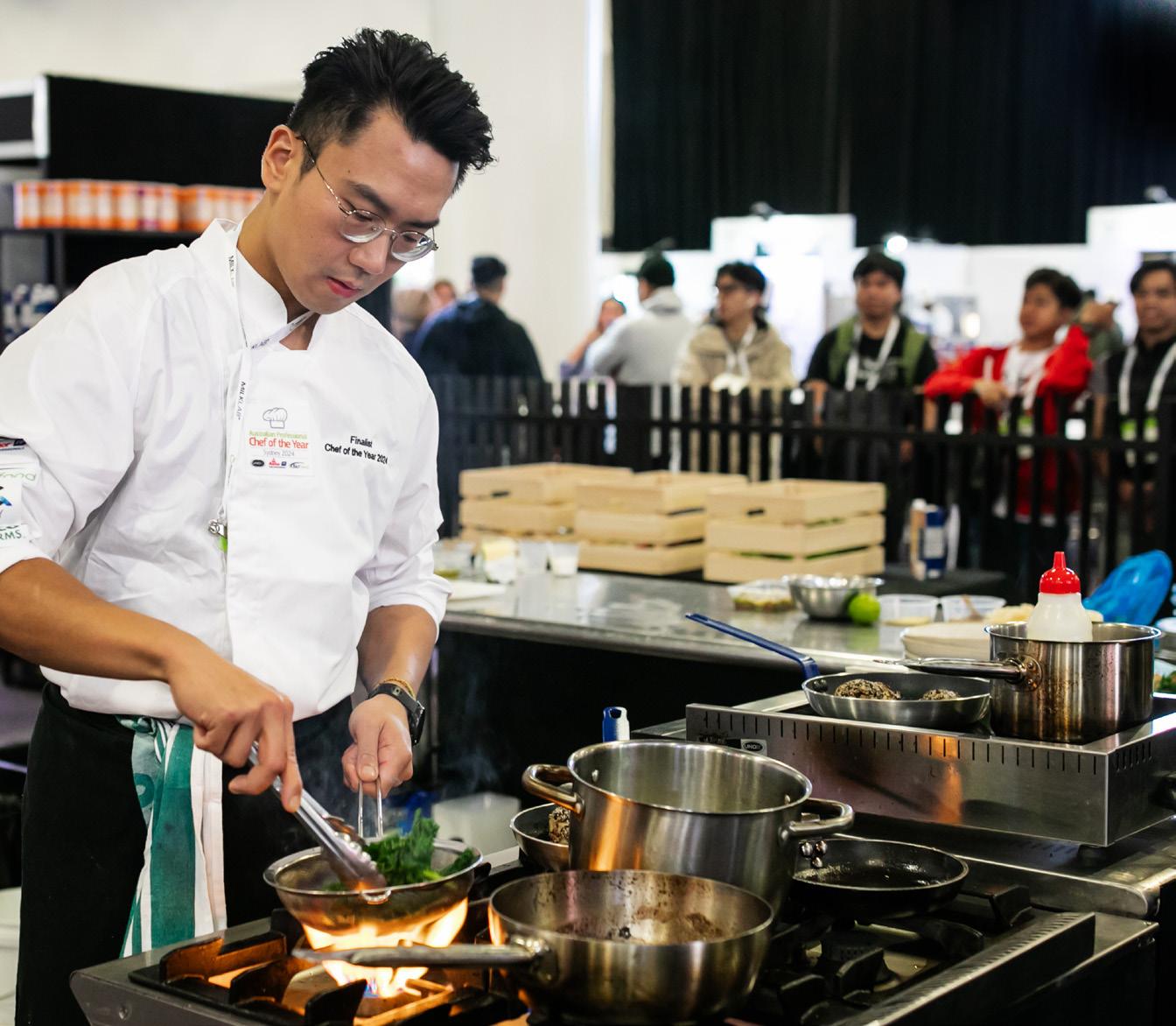
FOOD & HOSPITALITY Week is a new trade event set to inspire the culinary sector. Held from 18–20 May at the Melbourne Convention & Exhibition Centre, the event will see four shows take place under the one roof including Foodservice Australia, the longest-running trade event for hospitality professions; The Pizza Pasta & Italian Food Show; the Commercial Kitchen Show; and the Restaurant Technology Show.
“As Australia’s new culinary epicentre for innovation and inspiration, Food & Hospitality Week will bring together more than 12,000 chefs, owners, operators, and procurement decisionmakers from across the hospitality ecosystem,” says Portfolio Director Food and Beverage Mike Hill from National Media, which recently acquired Foodservice Australia. “Whether you’re a single-unit restaurant or café owner, a QSR brand, part of a large hospitality group, or an F&B manager in an institutional foodservice setting, Food & Hospitality Week is the place to be to develop meaningful industry connections and connect with the right suppliers.” The organisers expect a total of 380 foodservice exhibitors at the event, which they say is a 40 per cent increase on last year, and more than 12,000 qualified trade visitors to attend.
Events will take place across six stages including demonstrations, educational presentations, and inspiring talks from international keynote speakers. The main stage will host celebrity and QSR leaders, while the business and technology stage will see operators share insights on how to excel and thrive. Chefs Johnny Di Francesco, Matt Wilkinson, and more will appear on the demonstrations stage to share techniques and tips. “It’s all about sharing the latest ideas, inspiration, and skills, and our educational program has been designed to suit,” says Hill. There will also be three stages dedicated to food and beverage including Explore Patisserie, Discover the Source hosted by Straight To The Source, and Bar & Beverage.
Competitions will be held throughout the week including the Australian Professional Chef of the Year; the Australian Pizza Championships; Australia’s Best Burger Awards; Bocuse d’Or Golden Knife Australian selection; and the ACF Restaurant Challenge.

The annual trade event returns to deliver the latest innovations in food, beverage, equipment, and technology. Foodservice Australia is a onestop shop for networking, tastings, and valuable business intel and a must-attend event for all hospitality professionals from small business operators to chefs, front-of-house workers, and restaurateurs. As well as meeting suppliers and discovering new products and services, delegates will also be able to attend free seminars and learn from leading hospitality experts. foodserviceaustralia.com.au
The inaugural event has been tailored to operators looking to enhance customer service, increase efficiency, and boost the overall management of their businesses using cutting-edge technology. The show will offer a range of solutions across categories including POS, digital signage, ordering kiosks, robotics, and inventory and booking management.
Food & Hospitality Week is a ticketed event. Early-bird tickets are on sale for $69 until 11 May. Tickets will then increase to $79 and are available to purchase until 2:00pm 20 May. Register at fhweek.com.au
The go-to destination for hospitality professionals, the Commercial Kitchen Show will exhibit various equipment ranges to help streamline operations. Everything from refrigeration and warewashing to ventilation, storage solutions, and cooking equipment will be on display. Delegates will be able to meet the suppliers responsible for designing, outfitting, and supplying equipment for back and front of house. The show will also have a VIP Lounge for qualified buyers looking to do business with equipment providers.
commercialkitchenshow.com.au
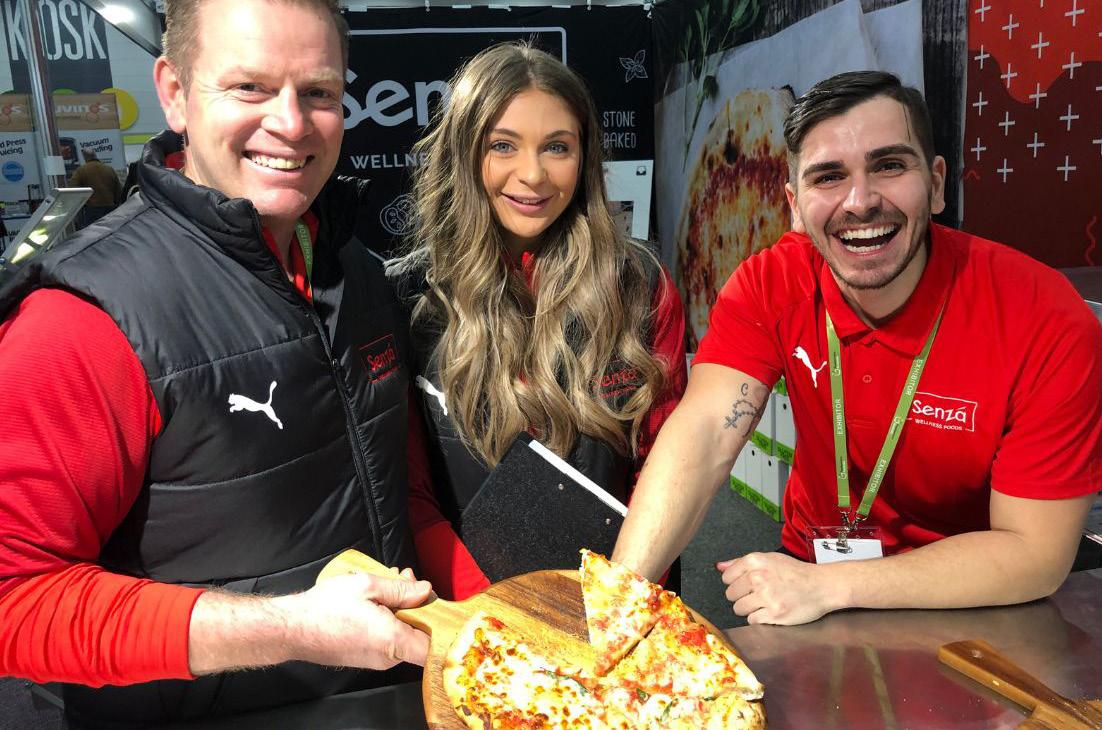
For all things pizza and pasta, stopping by the Pizza Pasta & Italian Food Show is essential. The new exhibition has been designed with Italian restaurant businesses in mind as well as those looking to incorporate new additions to their food programs. The show will include pizza-making masterclasses as well as exhibits from leading suppliers of ovens, sauces, pizza-making tools, sauces, and more. The Australian Pizza Championships will take place at the show and reveal the top slices in the country, as well as the Gelato Artisan Awards, which will showcase artisan gelaterias.
pizzapastashow.com.au
Don’t miss these stallholders at the event.
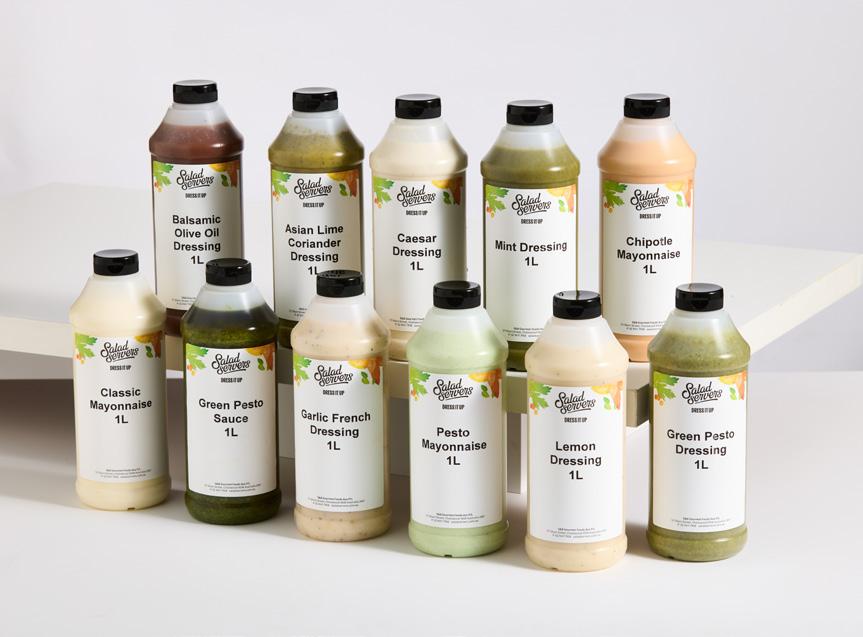


Cuisine Corp presents premium solutions to enhance your business’s performance, reduce waste, optimise operations, and increase customer loyalty. The Real Cuisine line delivers high-quality wet dishes including butter chicken, Italian meatballs, and more. All dishes are made by five-star chefs who use fresh, preservative-free ingredients, providing convenience without compromising authentic flavour. For events and sophisticated menus, Premium Bites offers handcrafted finger foods including pies, quiches, empanadas, and more. The range is perfect for catering and high-end buffets and delivers maximum elegance with minimal effort. Meanwhile, bulk dishes ensure consistency, efficiency, and high yield for large-scale operations. With Halal, vegetarian, vegan, and gluten-free options, Cuisine Corp caters to a wide range of dietary needs. Visit the team and discover why Cuisine Corp is a leader in quality and innovation in the foodservice industry. Stall X35. cuisinecorpaustralia.com.au

Join Salad Servers at Foodservice Australia and discover the new range of premium dressings available in 1-litre bottles and 5kg bulk buckets. Crafted with premium ingredients, the dressings deliver classic flavours foodservice professionals can rely on. Varieties include pesto mayonnaise, Caesar, aioli, balsamic, Asian lime coriander, and many more that are perfect for café, restaurant, or catering businesses. Salad Servers also offers an extensive range of 60 gourmet, readyto-serve salads to help streamline kitchen operations without compromising on quality. Visit the stand and discover how Salad Servers can help elevate your menu with convenience, freshness, and flavour with its range of premium foodservice solutions. Stall N36. saladservers.com.au
Pizza Bae is transforming the pizza game by filling the gap between cheap frozen pizzas and premium pizzeria-quality pies. Based in Brisbane, Pizza Bae is on a mission to deliver a superior pizza experience to consumers craving authentic, high-quality flavours without the hassle or cost of dining out. Using 48-hour fermented dough and top-tier ingredients, Pizza Bae creates pizzas that rival your favourite pizzeria. What truly sets Pizza Bae apart is its innovative packaging. Unlike standard plastic pouches, pizzas are presented on thermoformed plates and MAP (modified atmosphere packaging) to preserve freshness, flavour, and texture. This ensures the crust looks like it has just left a pizzeria oven. Pizza Bae is available through preferred distributors for the foodservice sector, and is perfect for cafés, canteens, and stadiums. Artisanal pizza has never been this convenient or accessible. Stall B36. pizzabae.com.au

Looking for the perfect ice-making solution for your business? Whether you run a small café, a bustling bar, or a large-scale hospitality venue, Baker Refrigeration has the right ice machine. From compact, undercounter ice makers with up to 14kg storage capacity to high-volume dispensers that hold up to 450kg, explore ice machines designed for efficiency and reliable ice production. Don’t miss out, discover Baker Refrigeration and find the best solution for your business.
Stall E32. ajbaker.com.au


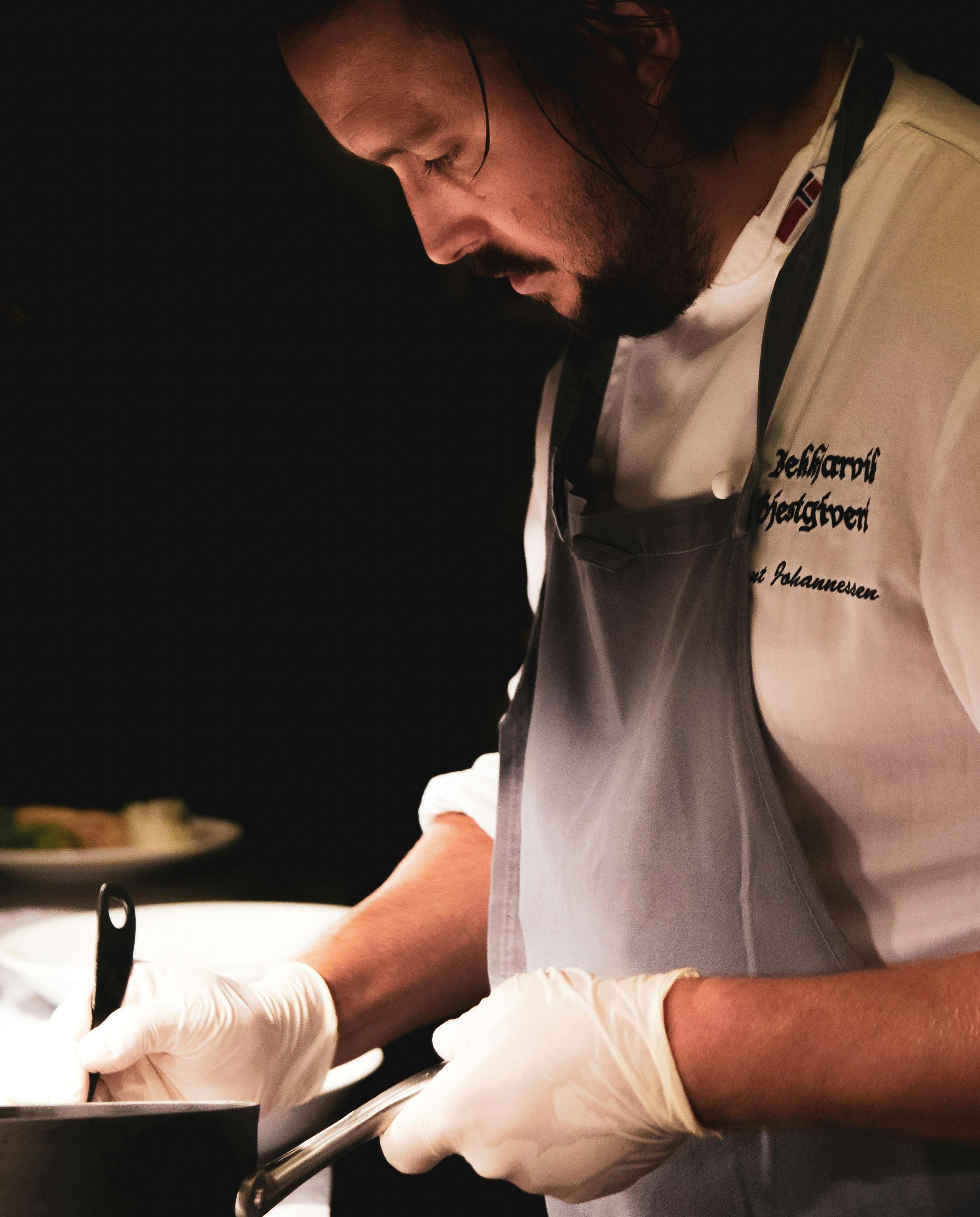



Nectar Cold Pressed is redefining the way cafés and foodservice venues serve premium juice. As Australia’s leading provider of high-pressure processed (HPP) cold-pressed juice, Nectar Cold Pressed delivers the freshest taste with the longest shelf life without compromising on quality. Sample a range of seven vibrant flavours crafted for effortless service and maximum impact. Eye-catching dispensers allow guests to experience the ease of self-serve juice, which is perfect for highvolume hospitality venues. Nectar Cold Pressed will also showcase fresh, cold-pressed lemon and lime juices, which are free from preservatives and additives, making them the perfect ingredient for beverages and cooking. Available in 300ml bottles, 1.5L bottles, and 5L pouches, the juices are a flexible solution for every business, whether you need grab-and-go options, back-of-house convenience, or high-volume dispensing. Visit the stand to discover how Nectar Cold Pressed can bring premium juice to your business.
Stall Q36. nectarcoldpressed.com.au
Instrumentation specialist Butler Techsense has partnered with European manufacturer JRI to provide a complete digital cloud-based temperature monitoring and recording solution for food production, foodservice, and food retail companies. MyFoodCheck is a mobile app that records manual food temperatures by using a handheld Bluetooth thermometer that proactively detects temperature excursions at each stage of the food production process. During the receipt of goods, storage, cooking, hot and cold storage, and cook-chill production, MyFoodCheck documents recordings on one shared database through the operator’s tablet or smartphone. MyFoodCheck is used in conjunction with the JRI MySirius monitoring platform, which automatically carries out 24-7 recording and alarming of fridges, freezers, cool rooms, and ovens using the latest IoT devices. “This is a game changer for companies wanting to eliminate their reliance on paper-based systems,” says John Butler from Butler Techsense Australia. Stall Y15. butlertechsense.com.au


Hellers is one of Australasia’s leading suppliers of valueadded meat products. The business is passionate about making every mealtime a great time with its delicious range of classic and innovative products. Brands include Moira Mac’s, Canon Foods, and Hellers. From ready-to-eat meat, frozen, and ready-to-cook options, Hellers provides culinary solutions and customised products for chefs that elevate products and menu offerings. Need custom products or inspiration? Hellers has got you covered. Visit the team at stand R15 for a chat and a burger snack. Stall R15. hellers.com.au
Jet Technologies is a specialist supplier of packaging materials and machinery with more than 40 years’ industry experience. At stand J36, discover an innovative range of packaging solutions including Bag-In-Box packaging available in sizes from 3-1000 litres as well as aseptic and non-aseptic bag options. The business also offers drum bags (220 litres) and large bags for IBC containers (1000-1500 litres), each engineered for efficient filling and dispensing. The comprehensive product portfolio features injection-moulded spouts and fitments that ensure efficient dispensing for diverse applications including fresh, extended shelf-life, and aseptic liquids. Trust the expert team to advise you on cost-effective, sustainable solutions tailored to your operational requirements . Stall J36. jet-ap.com



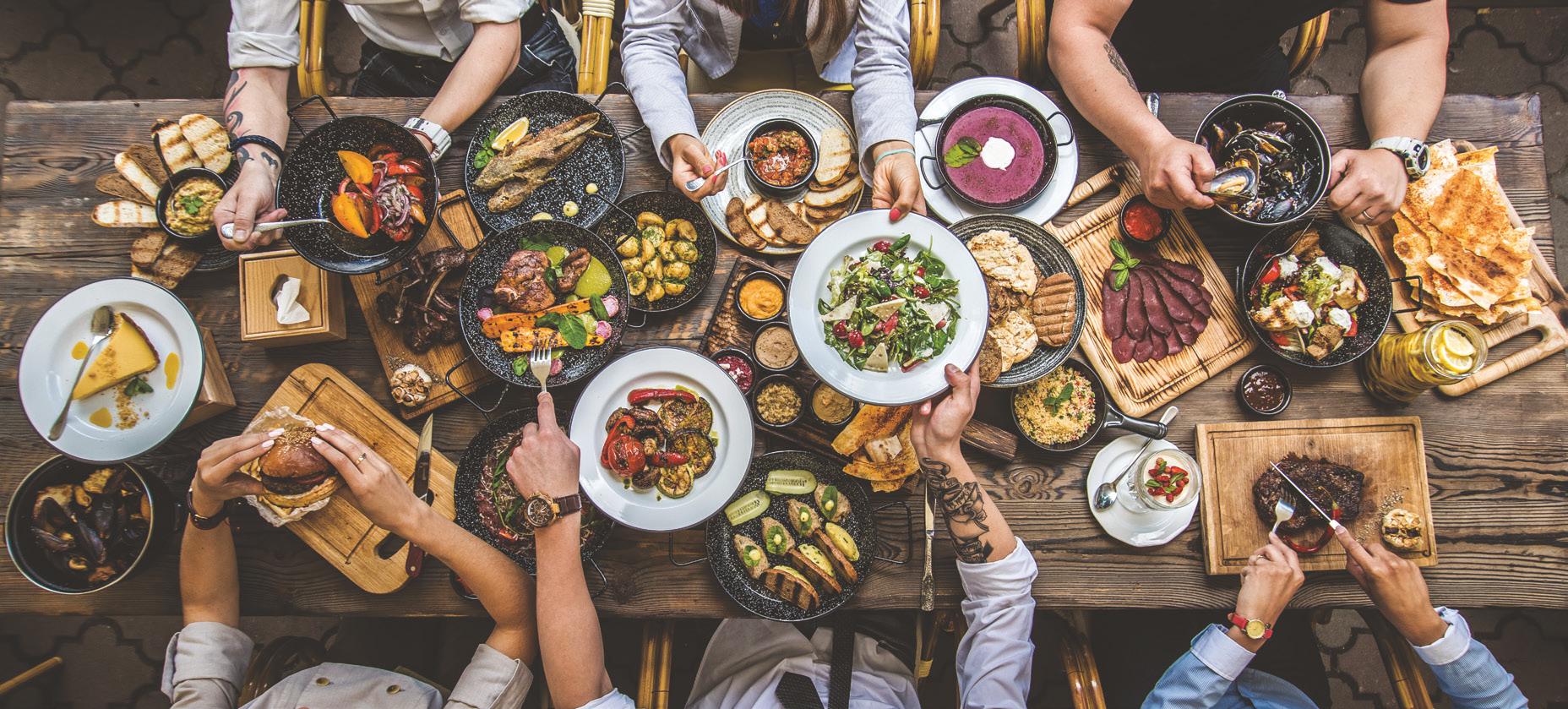


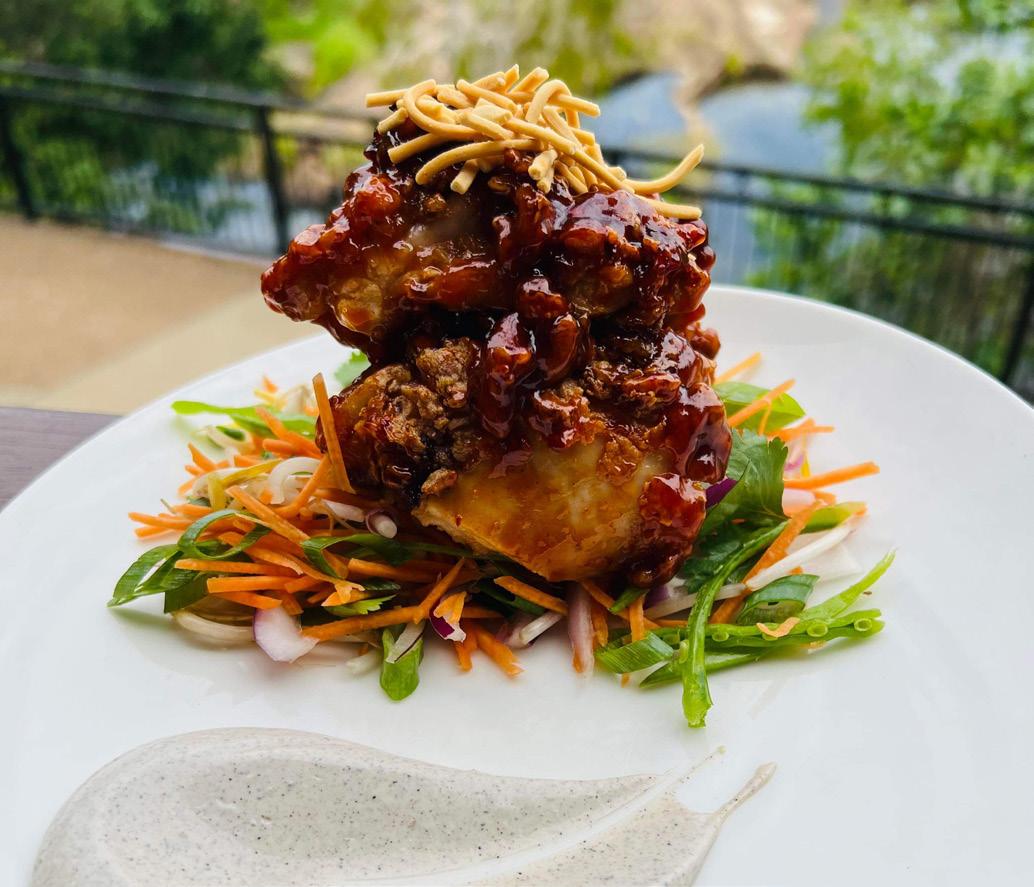

Wombat Food Group is showcasing its latest range of premium, 100 per cent gluten-free food solutions designed for the evolving foodservice industry. As a gluten-free company, Wombat Food Group takes pride in offering safe, high-quality, and delicious products that cater to growing dietary demands without compromising on taste or texture. Visit the stand to experience delicious product samples including new products and meal solutions crafted for taste, convenience, and efficiency. The team will be available to discuss how products can enhance your menu offerings while also highlighting sustainability initiatives, customised product solutions, and innovative packaging. Don’t miss the opportunity to connect, taste, and be inspired by Wombat Food Group’s gluten-free range. Stall Q24. wombatfoodgroup.com.au
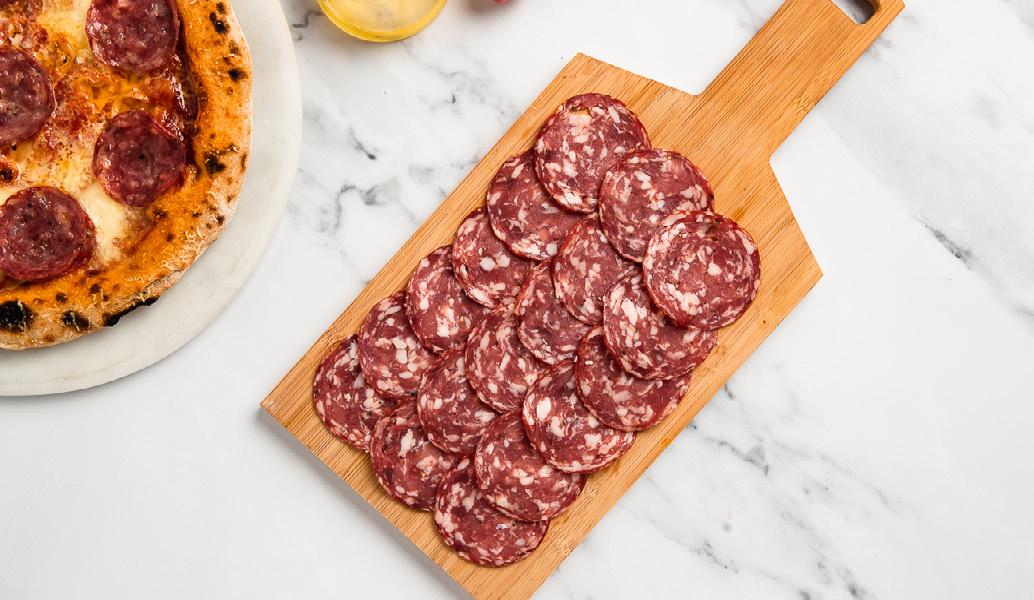

Puopolo Smallgoods has been producing and supplying authentic Italian smallgoods to pizza outlets, foodservice distributors, and manufacturers since 1978. The range includes bacon, ham, salami, and a variety of Halal-certified options. In recent years, the offering has expanded to include a gourmet artisan range of handcrafted salami, cured, and cooked meats, which are supplied to retailers and foodservice providers Australiawide. Handmade in Melbourne using techniques passed down through generations, Puopolo artisan salumi is crafted using traditional fermentation methods and is dry-aged, ensuring every product has bite, a unique aroma, and a delicious flavour. Puopolo has smallgoods solutions available for a range of hospitality businesses. Visit the team to learn more and explore the product range.
Stall C14. puopolo.com.au

Join the Peerless Foodservice/EOI Bakery team for live demonstrations on how to transform croissants into something extraordinary. The experienced team will showcase an exciting variety of loaded croissants including forest mushroom, Mediterranean lamb, and apple crumble.
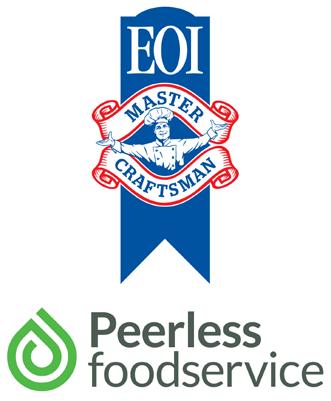
EOI Bakery offers a range of butter croissants including large, mini, and Euro sizes that are unbaked and ready to prove, making them perfect for baking fresh daily for your customers. The team will also demonstrate mini Thai chicken sausage rolls and indulgent lemon tarts for a sweet treat. Team members will be on hand to provide creative recipe ideas, technical support, and answer any questions attendees have about the product range including where to purchase products.
Stall L8. eoibakery.com.au
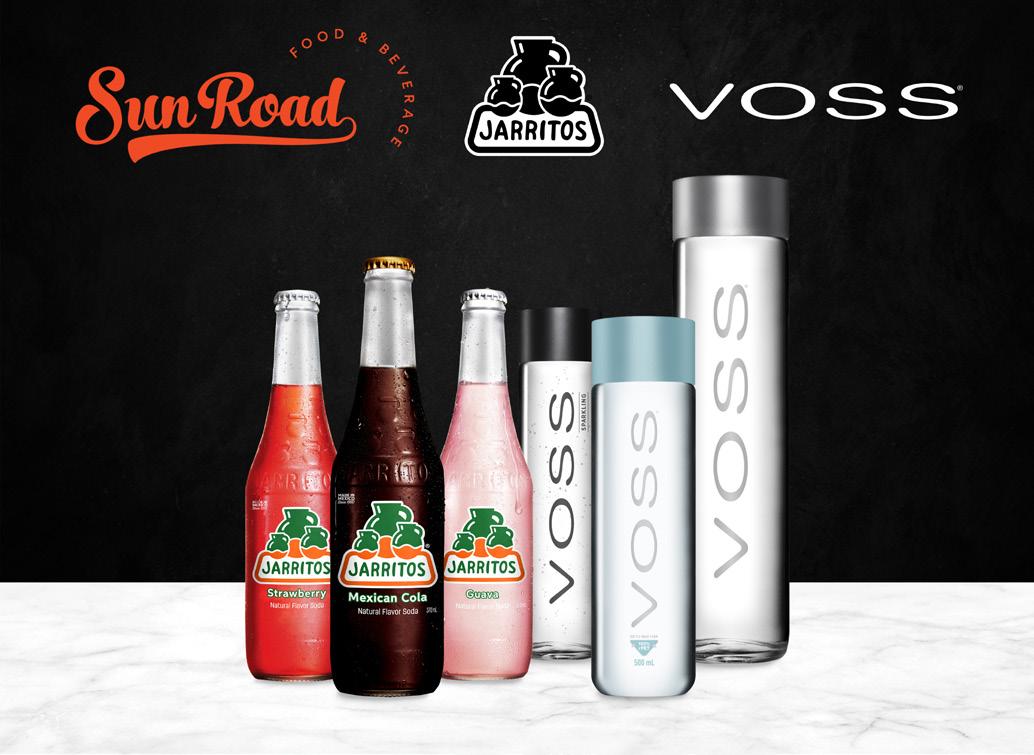
Sun Road Food & Beverage provides quality beverages with amazing service and great prices. The family business is 100 per cent Australian owned and operated and has a portfolio of brands the business owns and/or distributes nationwide. Sun Road Food & Beverage succeeds due to its dedicated national sales team, direct fleet of company-owned trucks, and support from distributors Australia-wide. At Foodservice Australia, products from Jarritos and VOSS will be showcased. Jarritos are premium Mexican sodas made with natural flavours that have a loyal customer base in Australia. VOSS artesian water from Norway is naturally filtered and free from contact with the air or other pollutants. VOSS is instantly recognisable from its premium glass bottle, and is found in the world’s top hotels, restaurants, bars, and cafés. Stall X24. sunroad.com.au



ChefPanel is Australia’s leading foodservice market research consultancy, connecting food manufacturers and suppliers with real-world chef insights. Through a network of industry professionals, ChefPanel provides instructive commercial research, brand health tracking, and Culinary Compass, an NPD insights program that guides and optimises product success pre-launch. The research goes beyond surveys, ChefPanel collaborates directly with chefs to test new products, refine concepts, and optimise product market fit. The Innovation Think-Tank will soon launch, which is an early-stage ideation program powered by a specialist ideation panel, which is designed to kickstart your NPD program. The program will drive forward-thinking innovation and help brands create products that truly meet the needs of chefs and operators. Chefs can join ChefPanel to test new products, share their expertise, and be part of changing the market. Chefs are paid for their insights to shape the future of foodservice. Stall X23. chefpanel.org


Birch & Waite is a locally owned business that was founded more than 30 years ago with a vision to provide quality, fresh-chilled products to the professional chef. Birch & Waite’s endless pursuit for culinary perfection and innovation continues to set the benchmark in Australia for superior mayonnaises, dressings, relishes, sauces, and desserts. Products are made using chef-quality, authentic recipes that are fresh-chilled without the need for artificial flavours, colours, or preservatives. The products are the perfect solution for kitchens and can assist with labour shortages and consistency challenges. Find the Birch & Waite team at stand R42 and try the award-winning whole egg mayonnaise and Hollandaise sauce, voted number one by Australian chefs since 2020, along with the rest of the product range. Stall R42. birchandwaite.com.au

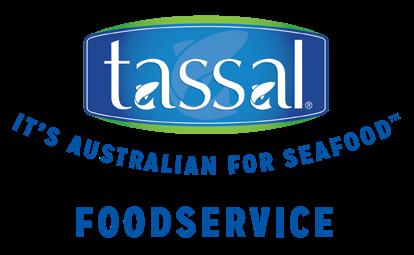
The Tassal Foodservice portfolio offers a range of Australian seafood from Tassal and international seafood from Cooke to delight customers. With more than 35 years of aquaculture experience, Tassal is Australia’s largest and leading vertically integrated seafood producer. Explore the range of delicious, nutritious, responsibly sourced, Australian and international seafood at Foodservice Australia. Chef Guy Turland from Bondi’s The Depot will serve samples of Tasmanian salmon, Aussie tiger prawns, barramundi from Cone Bay, and Alaskan Sockeye salmon. Visit the Tassal Foodservice team and discover how the extensive seafood portfolio can cater to your culinary needs. Stall S32. tassalfoodservice.com.au
DKSH Grocery Connect is a trusted distribution, sales, and marketing partner in Australia, representing iconic brands such as Lipton Tea, Perrier Mineral Water, Brioche Gourmet, and Oatside milk, to name a few. With more than 160 years of experience, DKSH is a leading global distributor dedicated to connecting great brands with customers in local markets. DKSH is exhibiting at Foodservice Australia 2025 for the first time as it expands its premium product range into the foodservice sector. Visitors will have the opportunity to meet the team, explore specialty foodservice offerings, and discover exciting new product ranges and brands that will be launching at the show. Stall S24. dkshgroceryconnect.com.au





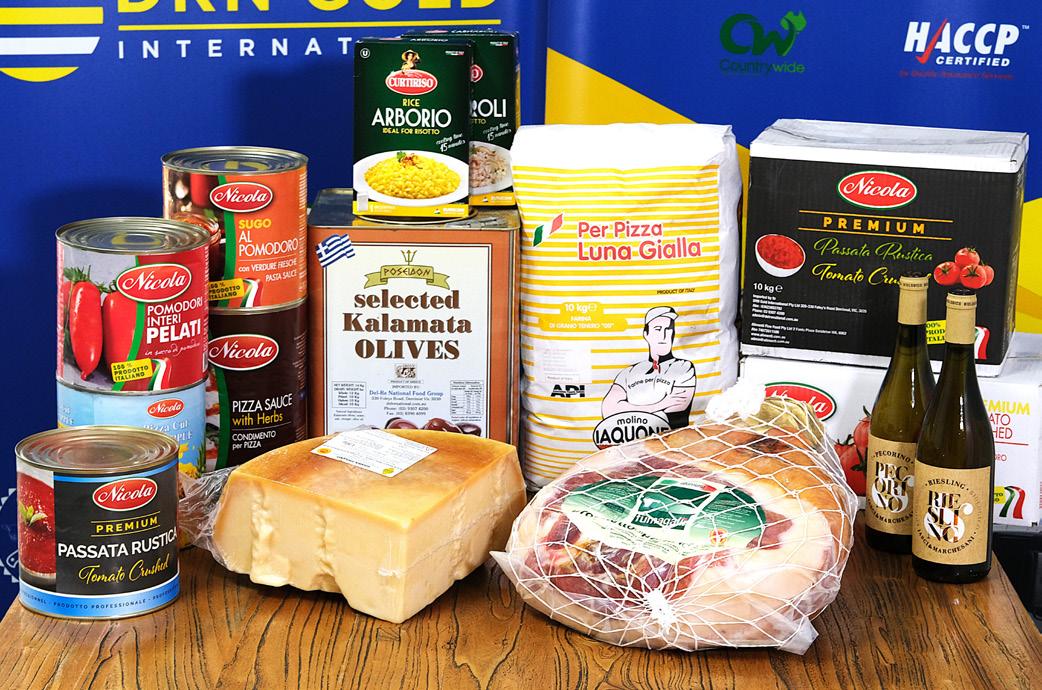

DRN Imports is an independent subsidiary of family-run business Del-Re National Food Group. Based in Victoria, the foodservice provider has more than 40 years of rich experience in the industry. The business has delved into numerous facets of the foodservice world and is constantly evolving to meet the dynamic needs of its valued customers. Experience the finest Italian flavours at the Pizza Pasta & Italian Food Show. The stand will bring together Italy’s most renowned brands, delivering top-quality ingredients for authentic Italian cuisine. Watch as team members prepare wood-fired pizzas, pinsa bases, creamy risottos, fresh pastas, and authentic antipasto platters made with premium imports. Whether you’re a chef, restaurateur, or Italian food lover, DRN Imports is your gateway to exceptional Italian ingredients. Stall B26. delrenational.com.au
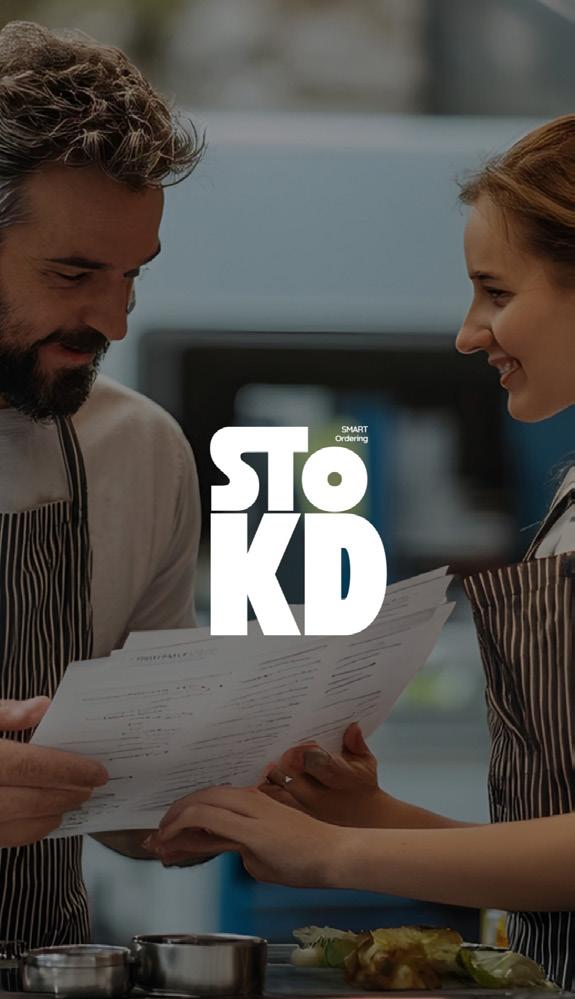
Introducing Stokd, the future of hospitality procurement. Tired of juggling supplier calls, emails, and endless order forms? Stokd is here to change the game. Designed for hospitality professionals, Stokd is an all-in-one B2B ordering and procurement platform that eliminates manual data entry, streamlines ordering, and ensures seamless supplier integration in one place. With Stokd, you can compare and order from multiple suppliers in seconds; automate repetitive tasks; reduce ordering errors with a single, intuitive platform; and gain real-time insights to optimise purchasing decisions. Built for restaurants, cafés, and hospitality groups, Stokd simplifies procurement, increases efficiency, and lets you focus on what truly matters — running your business. Be one of the first to experience the future of hospitality ordering when the platform launches shortly. Stall Z14. stokd.com
Celebrating 65 years in business, University Food Group is a family-owned and trusted supplier of choice, offering innovative products and exceptional service for every kind of hospitality business. University Food Group will showcase all three of its divisions — University Meat, Country Cooked, and Service Sphere — at one stand. Discover the quality and variety of cooked protein solutions, fresh meats, and leading coffee equipment. Experience unique product offerings, chat with the team, and enjoy a cup of coffee brewed from state-of-the-art coffee machines. Whether you’re looking for innovation, quality, attentive service, or convenience, the team is there to help elevate your business and boost your bottom line.

Stall N40. universityfood.com.au

FoodFx is a trusted Australian food manufacturer specialising in highquality, gluten-free mayonnaises, sauces, dressings, and meal bases.
Proudly Australian made and owned, FoodFx partners with foodservice professionals to provide chef-crafted solutions that enhance flavours, improve kitchen efficiency, and cater to evolving market demands.

Flagship brands Port Mahon, Batch No.5, and Herman’s Homemade are known for using premium ingredients and innovative formulations. From classic whole egg and vegan mayonnaises to bold-flavoured sauces and convenient bulk supply options, every FoodFx product is gluten-free, ensuring quality and inclusivity for all dietary needs. Committed to food innovation and customer relationships, FoodFx continuously develops new offerings to meet the needs of modern professional kitchens including plant-based options, portion-controlled packs, and customised solutions. Whether supplying restaurants, cafés, or QSRs, FoodFX is dedicated to delivering the finest Australian-made products that elevate the dining experience. Stall Y28. foodfx.com.au


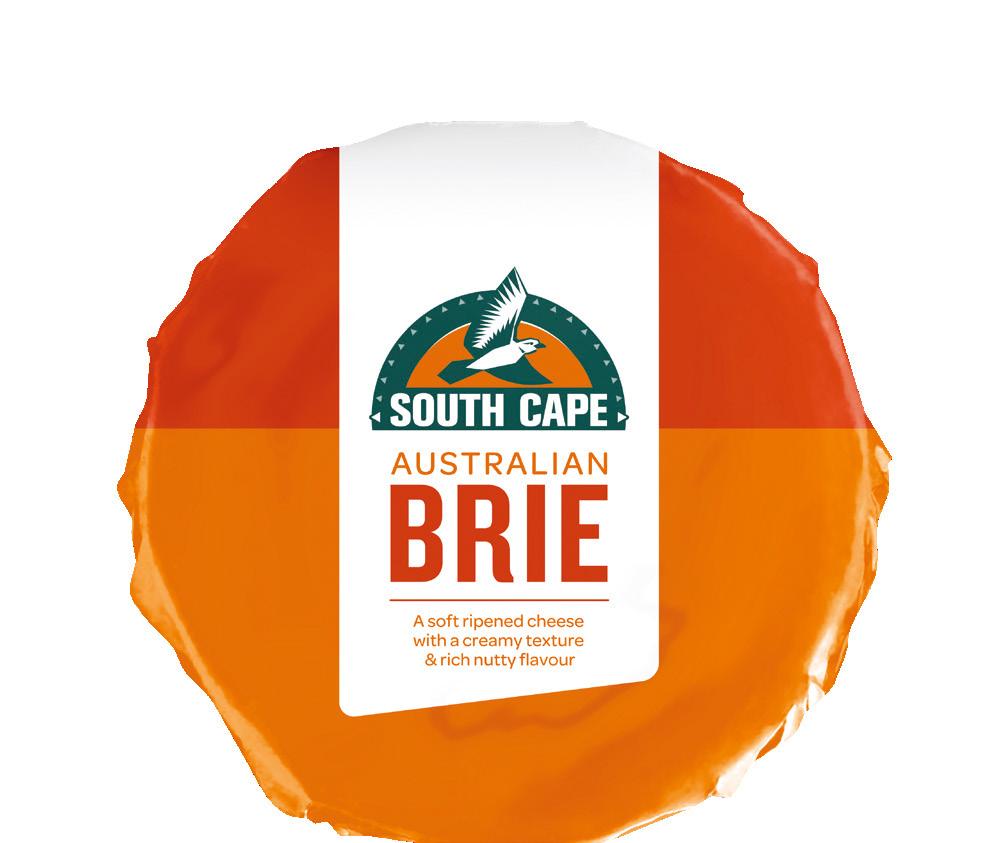
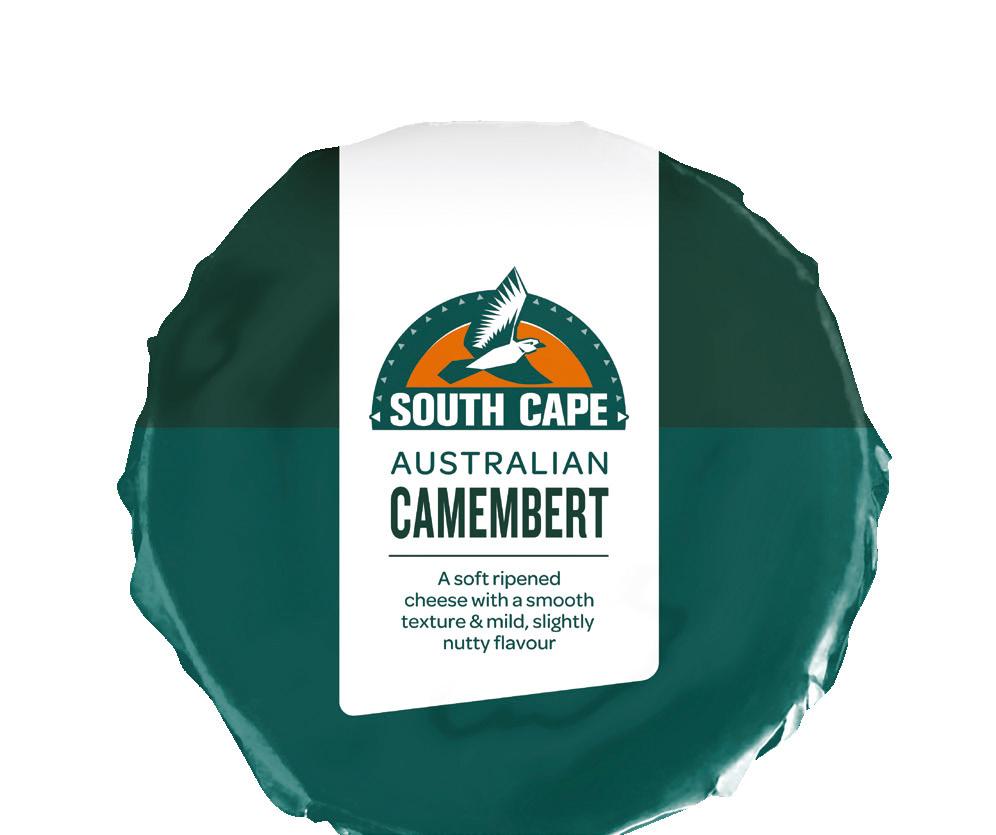
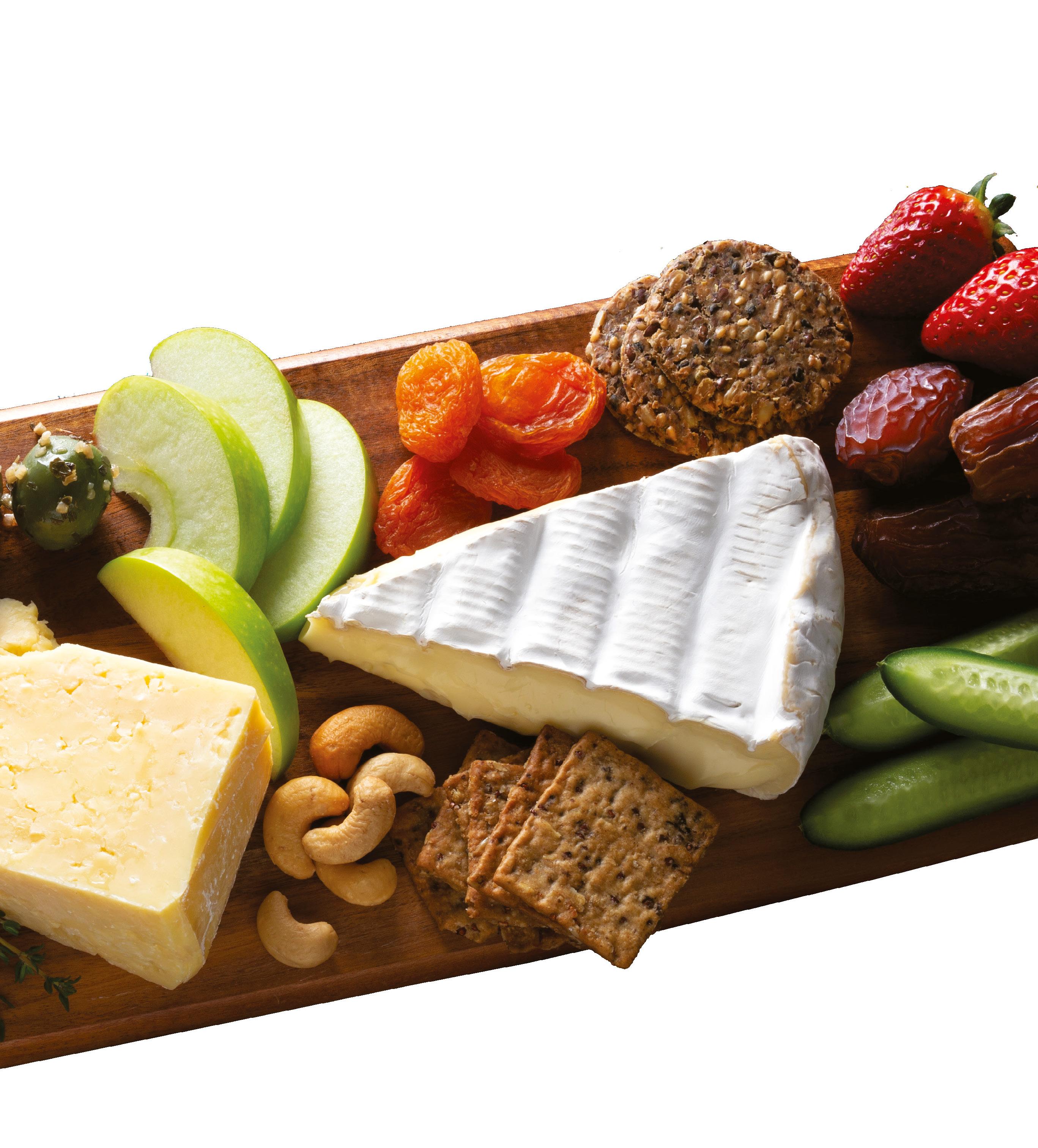


“I HAVE A rolodex of pathways in my head,” says LK Hospitality Culinary Director Stephen Nairn. He’s not talking about industry contacts; rather, the chef is talking about his process for devising innovative sauces at award-winning Melbourne bistro Omnia.
When developing a new sauce, Nairn believes creativity is most successful when it comes from a deep understanding of cooking’s foundational principles.
“When you gain experience, you understand that there’s a ratio for every sauce,” he says. “Even if you look at a very simple mayonnaise, the egg yolk needs to be in a certain ratio to the fat component, and the speed that the oil is going to be incorporated to emulsify needs to be within a certain range, otherwise it’s going to split and curdle. There are principles that act as your guidelines.”
This is where the rolodex comes into play. The chef takes the principles of cooking he learned earlier in his career and leans on base techniques and ratios before modifying recipes, depending on what he’s trying to achieve.
“What do I need the application to do? Is it something that’s going to be lacquered over the top, is it a vehicle for dipping, or will the sauce cook the protein?” says Nairn.
From there, the chef decides what pathway to take, whether it is the traditional, labourintensive jus that accompanies Omnia’s signature duck or something more unique like the sea urchin and chorizo butter sauce on the baby octopus escabeche, esplette, and potato confit dish.
According to Nairn, the journey to most traditional sauces (with the exception of creambased sauces such as hollandaise) begins with a
high-quality stock, whether it’s a white chicken stock, a brown chicken stock, a white veal stock, or a brown roasted beef stock. “With no stock, there’s really no sauce,” says Nairn.
He begins by visualising the dish and the attributes a sauce should have. For the dry-aged honey-roasted duck, Nairn says the sauce “has a huge depth of flavour”. The process begins with a basic white chicken stock made from goodquality chicken frames and carcasses, including the feet. Nairn blanches the bones, removes any impurities, and slowly begins imparting other flavours like meat and vegetables before adding herbs and aromatics. Next, part of the basic stock is taken to make a brown chicken stock. Nairn roasts chicken bones, wings, and vegetables and then pours over the white stock. He then cooks it for 12 hours before reducing the liquid by about 70 per cent. “Then we have a reduced brown chicken stock and that’s vital because we need body in the sauce,” says the chef.
The third component is a duck stock, which repeats the brown chicken stock process but uses duck bones instead. Nairn then puts minced duck legs, necks, and wings into a rondeau pot and begins to caramelise them. Once caramelised, he removes the duck and sweats off a mix of white onion, carrot, celery, shallots, and button mushrooms with garlic and thyme. The juices of the vegetables slowly deglaze the pan before the chef adds red wine port, brandy, and sherry vinegar and reduces by half. The duck bones, frames, and trimmings are added back into the pot at this stage.
“Everything nicely caramelises and then we add in a specific ratio of the duck stock, the brown chicken stock, and top it up with the white chicken stock,” says Nairn.

He skims off the impurities and allows it to simmer for about 2.5–3 hours before beginning the gradual reduction process. The jus is then passed so it’s “shiny and fully of body”.
To serve the duck, Nairn adds cherries that have been preserved in an aromatic wine to the jus, which is finished with butter. “For freshness, we add a little touch of lemon thyme and some celery leaf for two minutes and then it’s double strained. There is a decent amount of complexity,” says the chef.
Nairn doesn’t understate the level of skill required and says the sauce isn’t one that can be undertaken on a whim. “You don’t see many of these sauces because they’re very intensive and they require dedication at each stage,” he says. “You can’t just boil, reduce, and express it quickly. You need to be well organised and have the right vessels for the job.”
While the jus for Omnia’s duck is one example of a labourintensive sauce that undeniably carries its weight, it’s not the only style that garners praise. “There are many different ways with sauces,” says Nairn. “They’re versatile, but the base technique is the principles of extracting flavour. You’re trying to maximise the flavour that comes from each ingredient, and that also comes down to how you cut the vegetables and the protein.” The sea urchin and chorizo butter that accompanies Omnia’s baby octopus dish is another example of a show-stopper.
“We take sea urchin and blend it into butter, then we caramelise good-quality chorizo while extracting the oil,” says Nairn. “We use the oil and emulsify it back into things before finishing with orange, olive oil, and a hint of saffron. We then cook the potatoes in it.” In the end, the chef says “there are absolutely no shortcuts to make high-quality sauces”.
Achieving premium sauces can prove difficult for venues looking to improve efficiency, whether it is smaller
Whether it’s Holbrooks Worcestershire or Oli & Vine mayonnaise, Goodman Fielder Food Service has a knack for delivering consistently high-quality, cost-effective condiments.
As one of Australia’s leading foodservice providers, the company aims to offer operators consistently high-quality, cost-effective products and has a commitment to streamlining operations and boosting profitability.
The benefit of working with a leading foodservice provider like Goodman Fielder Food Service lies in the scale of its operations, which ensures operators receive consistently high-quality, costeffective products. The company helps streamline operations by providing high-quality sauces without the labour. Meanwhile, as a one-stop-shop for a multitude of products, it simplifies logistics for operators.
“With our products gracing 90 per cent of Australian homes, we are woven into the fabric of daily life,” says Goodman Fielder Food Service General Manager Joe D’Andrea. “We bring the same commitment to excellence to the foodservice sector, making us the ideal partner for hospitality professionals.”

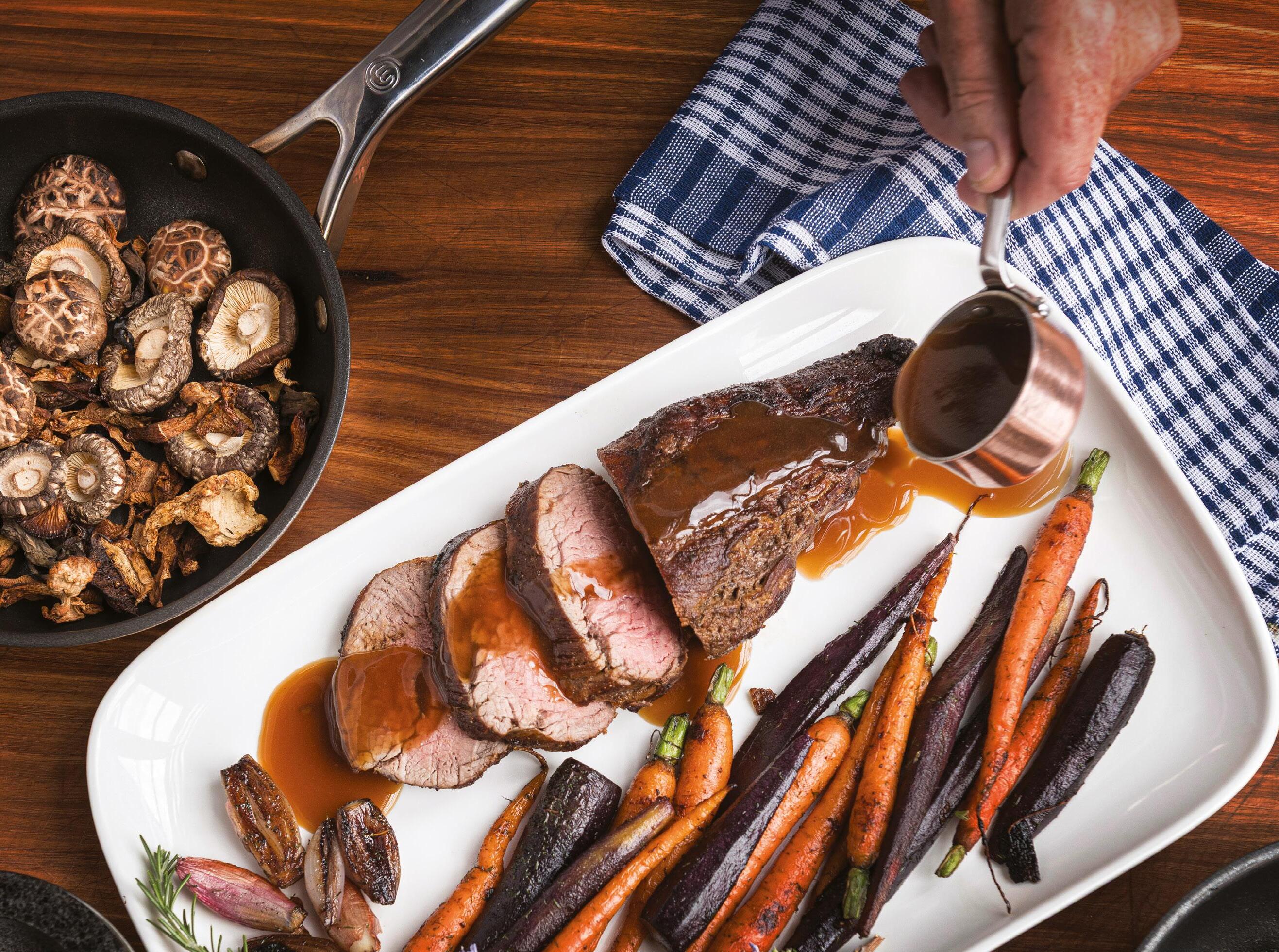


We think we can change your mind about the gravy you choose.
It can be easy to not think too hard when ordering your food service essentials. With economic conditions making things harder and harder, perhaps it’s worth looking at a few alternatives.
Windsor Farm has been making superior stocks, boosters and gravies for over 50 years. Our gravy range is totally Australian made from authentic ingredients and freshly ground spices, delivering a more robust and consistent product. We guarantee our gravies will outperform the current market leaders in yield and flavour.
Keep everyone happy with Clean Label
While diversity is a wonderful thing, it can make things difficult in the kitchen. Our Rich Brown Gravy and Classic Gravy have everyone covered with No Gluten, No MSG, and Vegan and Halal certification.
Call us for sample pack and start serving a better gravy!


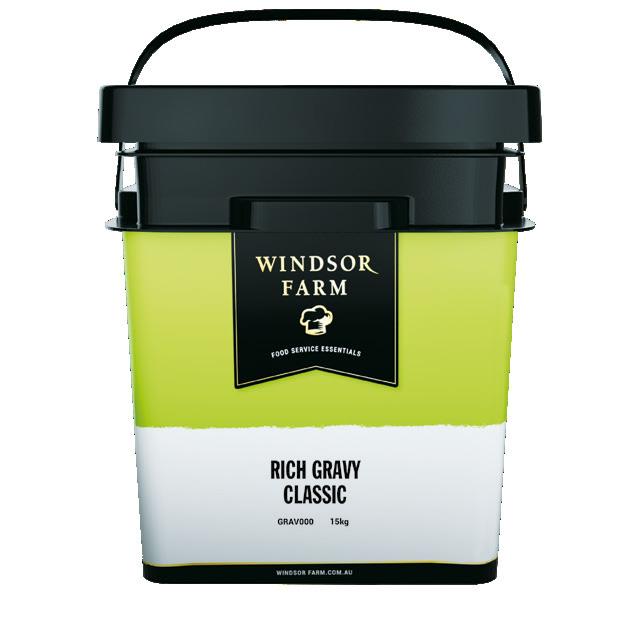


“When you gain experience, you understand there’s a ratio for every sauce.” – Stephen Nairn
restaurants with less resources and more time constraints, or large groups looking to improve productivity. Frutex Corporate Chef
Greg Hurrell discusses how Windsor Farm works closely with restaurant group chefs and franchises to make custom blends for marinades, seasonings, boosters, and coatings.
At Windsor Farm, the team develops sauces for chefs who are looking to increase efficiency and ensure consistency. Hurrell says chefs usually approach him asking for one of three things: an exact match to an already-existing sauce; an existing sauce with a twist; or a specific recipe replicated to scale.
“We’ll develop it in-house, test it, and then give them samples, which they then test,” says Hurrell. Chefs also approach Windsor Farm to create sauces or seasonings that exclude allergens like gluten.
The response from chefs has been positive, says Hurrell. “Our products are developed with chefs, so I go in and can explain to them what the trends are at the moment, the flavour profile of a certain region, and also provide authentic products.”
Nestlé Professional Commercial Development
Chef Elke Travers says Nestlé Professional’s sauce development is a multi-stage process.
“It begins with market research to identify trends and customer preferences,” she says. “Chefs and food technologists collaborate as a team to develop innovative recipes that meet these demands.”
The sauce then undergoes testing for flavour, texture, and safety before feedback is provided by chefs and culinary professionals. Once the final recipe is approved, it is scaled for production. “Throughout the process, stringent quality control measures are in place to ensure each batch meets Nestlé’s high standards for safety and quality,” says Travers.
The chef also points out that Nestlé regularly reviews and updates recipes based on consumer feedback, and designs packaging with both sustainability and withstanding the challenges of a foodservice kitchen in mind.
According to Travers, commercial kitchens use Nestlé Professional products including Maggi Jus Lié Mix or Maggi Rich Gravy Mix to enhance the flavour, texture, and presentation of dishes. “Apart from great bases for chefs to create their own signature sauces, our range of gravies, sauces, and pastes serve as versatile components that can be used in various culinary applications such as marinades, rubs, and bases for soups and stews.”
Products like these allow chefs to quickly add sauces to menus, while maintaining efficiency and delivering high-quality meals, says Travers. For Nairn, creating a superior sauce is crucial to achieving a refined dish, but it can also be much more than that. For the customer, it can be the difference between a mediocre meal and a memorable feast. “The sauce is the vehicle for how the flavour is going to be carried through the dish,” says Nairn. “I think it’s the sauce that really creates the memories.” ■
Suggestion
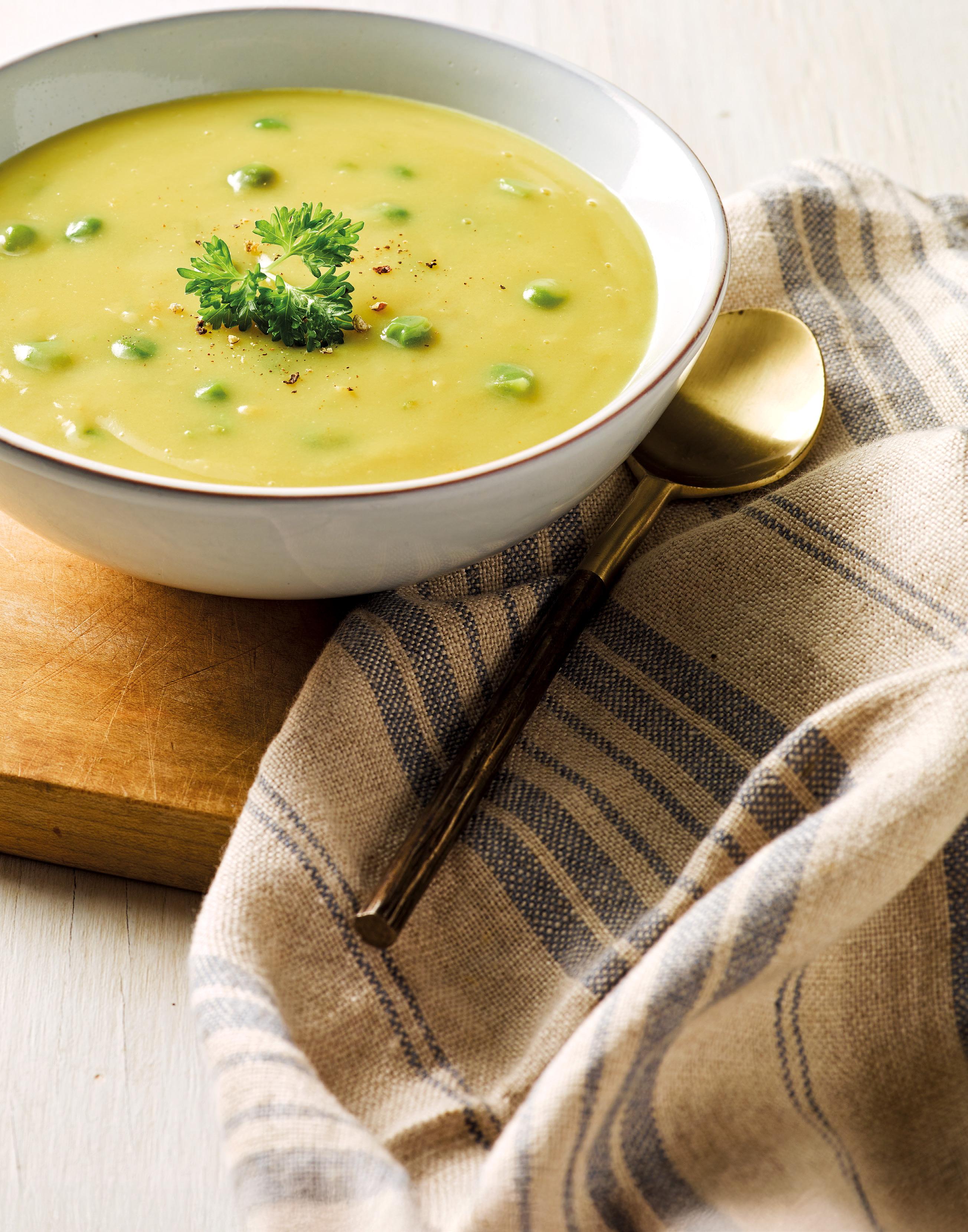
Suited





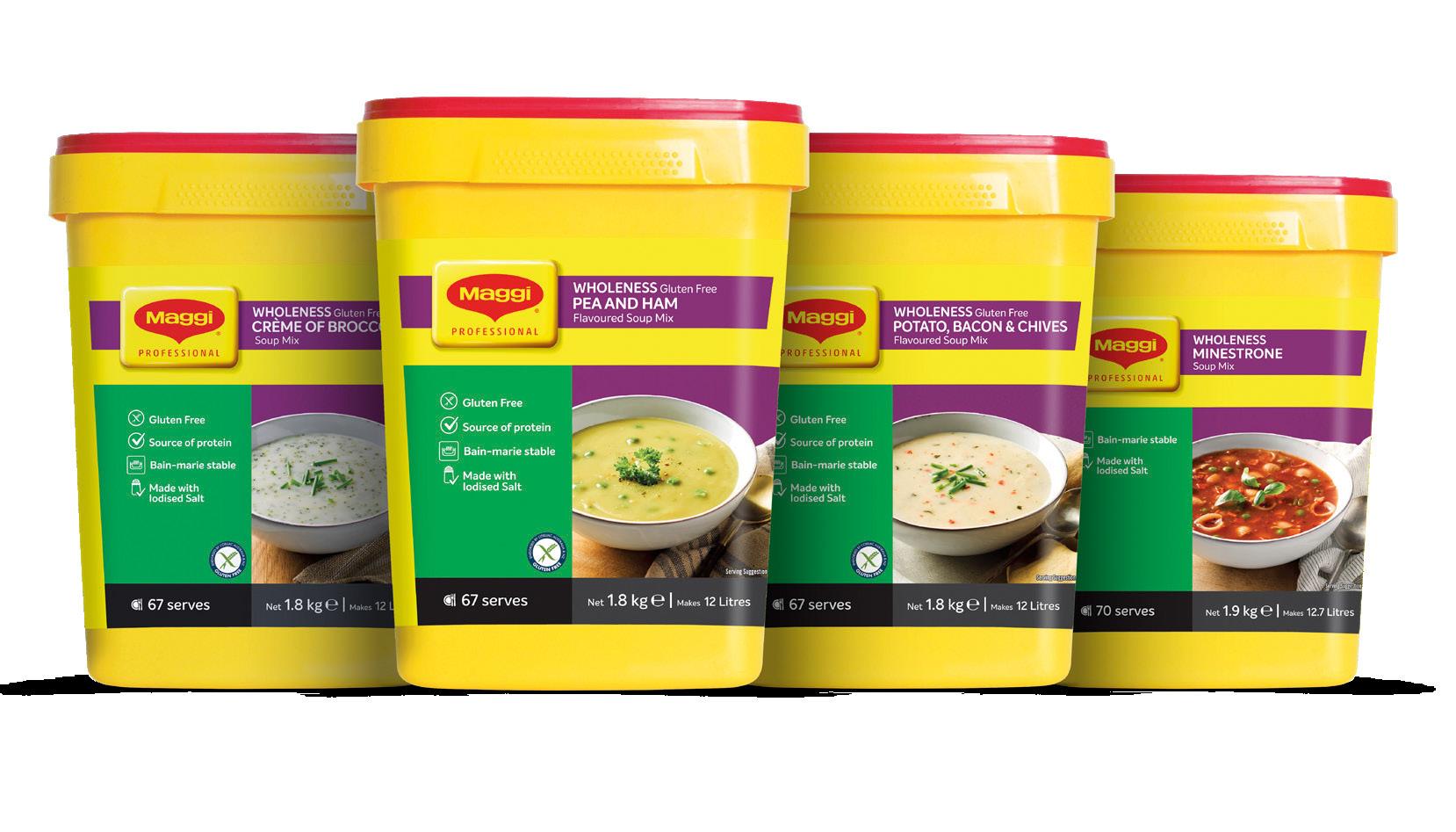


WORKERS ARE AT the heart of the hospitality industry, and business owners are all too aware of just how difficult it is to recruit, onboard, and retain high-quality staff who make a positive impact on a business. All too often, workers are quick to jump ship, but there are ways to bring in qualified staff and ensure they remain engaged via training and educational opportunities. It all starts at the top, which means operators and hiring managers need to be on the ball from the get-go.
Hospitality speaks to the team from Allara Global about online leadership education and Visume CEO Rachelle Yilmaz about digital recruitment tools.
Investing in education and professional development is key for all hospitality professionals. Allara Global recognises the demand for educational material that reflects the status quo of working and succeeding in the sector, and has responded by developing a suite of courses available under the Respect at Work banner.
Allara Global CEO Andrew Lewis says the motivation behind the development of the suite goes beyond compliance. “The courses proactively help businesses to build a culture of respect,” he says. “Through engaging micro-learning modules, employees gain a deeper understanding of their rights and responsibilities, becoming active participants in
creating a safe and inclusive environment. It all starts with leadership, and through the Respect at Work suite, leaders develop the skills to foster open communication, address inappropriate behaviour, and champion diversity, empowering everyone to work together to eliminate harassment, discrimination, and bullying.”
Historically, there has been a lack of official training and educational options available to hospitality professionals, with the bulk of accreditations linked to culinary skills instead of leadership and management training. Now, people are looking for official pathways that equip them with strategies to better their performance in the workplace and assist them with navigating future challenges. “We’ve observed a significant shift in the past decade towards nurturing emerging leaders,” says Lewis. “The demand for quality leadership has become increasingly apparent. This has further been amplified by recent industry challenges and legislative changes, particular around diversity and inclusion, which highlight the critical importance of effective and empathetic leadership.”
Lewis also notes managers should focus on bettering themselves and their fellow team members. “Continually evolving the skills of your existing workforce is more important than ever,” he says. “The only way to stay ahead of the curve is to invest in growing and nurturing people.”


ilmaz, CEO & Founder of Ausphin ing hospitality recruitment and recruitment landscape is evolving. r, faster, and more efficient hiring n AI-powered web platform and ay recruiters connect with top itality talent
, static resumes with dynamic video profiles, eeper insights into a candidate’s stronger, more meaningful matches. ts verification, employers can 0% work-ready candidates, eliminating unnecessary delays. r across borders from Sydney to s hiring faster, smarter, and more less.
sts, this cutting-edge recruitment industry standard, proving that the future al, AI-powered, and built for the orkforce.



Hospo workers are notoriously time-poor, which makes online training an appealing option as it offers users flexibility when it comes to study time. The Respect at Work suite is broken up into the following courses:
• Psychological Safety in the Workplace
• Workplace Sexual Harassment
• Workplace Bullying
• Harassment and Discrimination
• Disability Inclusion and Awareness
• Diversity and Inclusion
• Work Health and Safety
• Equal Employment Opportunity
• LGBTQ+ Inclusion in the Workplace
The courses each take approximately 15 minutes to complete and have been “designed with micro-learning principles in mind”, says Tamara Quader, head of learning design at Allara Global. The platform enables users to pause and resume training according to their schedule, and features interactive content, quizzes, and knowledge checks throughout to ensure participants are retaining the information they are learning along the way.
Head of Training Rosie Wilson says it’s important for managers to reflect and consider the importance of upskilling as well as their broader role in a business. “Leadership always starts with you,” she says. “Every leader, regardless of experience, benefits from a strong foundation in self-awareness. I’ve seen a common pattern where leaders often focus on managing others before focusing on themselves first.”
Allara offers other courses designed for leaders such as Lead Communications, Lead a Team, Lead Business Operations as well as the Lead Yourself program, which takes approximately two hours to complete. “The Lead Yourself subject utilises progressive self-assessment methods to help you identify and understand your natural abilities and motivations,” says Wilson. “This understanding is the essential first step in developing, or further honing, an effective and adaptable leadership style.”
LGBTQ+ is the newest addition to the Respect at Work suite, and was added in response to “growing demand” from Allara Global clients. “Over the past few years, we’ve engaged in numerous conversations with customers who are seeking training that truly resonates with their teams and supports a diverse workforce,” says Tamara Quader, head of learning design.
The team at Allara Global partnered with ACON Pride Training, which is part of ACON, a leading LGBTQ+ community health organisation, to develop two courses. The first course, which takes 20 minutes to complete, includes subject matter such as: understanding LGBTQ+ experiences at work; defining key terms and clarifying distinction between sexuality and gender; outlining the challenges faced by LGBTQ+ individuals in the workplace; and practical allyship strategies.
The second course is 15 minutes in length, and “focuses on practical strategies and situational awareness, particularly in customer-facing roles,” says Quader. Inclusive language and avoiding assumptions; mirroring customer language to build

“We don’t see online training as a tick-box exercise, but rather a more convenient, and impactful way to kickstart your leadership journey.”
- Rosie Wilson


rapport; and handling mistakes around assumptions are all covered. Both courses are engaging, interactive, and incorporate practical scenarios and questions to encourage learners to “not only grasp the theory, but practice actionable allyship strategies, preparing them to create a more inclusive and welcoming environment for both colleagues and customers”.
The pandemic saw a dramatic reduction of overseas workers living in Australia, which had considerable impacts on operators as international workers are heavily relied upon in hospitality. While global talent has increased in recent years, hiring the right fit isn’t always straightforward, which is where video resume platform Visume can help. “A significant percentage of Australia’s hospitality workforce comes from skilled migrants, working holidaymakers, and international students, yet the hiring process remains complex, time-consuming, and inefficient,” says Visume CEO Rachelle Yilmaz. “Hiring international candidates is filled with challenges from compliance issues to visa sponsorship delays.”
Visume identified room in the market for a platform that provided employers with local and global candidates in real time; verified visa statuses of overseas candidates and their working rights; and facilitated sponsorship. “Visume was built to bridge this gap by offering AI-powered video recruitment and seamless international hiring tools,” says Yilmaz. Tools include filtering candidates according to visa type, sponsorship eligibility, and work rights; AIpowered job matching; and integrated visa processing.
The tech platform recently launched an app to streamline the process for both jobseekers and employers. Yilmaz says the Visume app ensures businesses can “find the right people, no
“Visume was built to bridge this gap by offering AI-powered video recruitment and seamless international hiring tools.”
– Rachelle Yilmaz
matter where they are in the world”. It takes an average of 10 minutes for candidates to create a profile, where they can upload a video resume that showcases their personality, something that isn’t easy when you’re limited to the written word. Profiles also detail skills and certifications. “The industry runs on personality, communication, and cultural fit, but traditional recruitment methods fail to capture these essential qualities,” says Yilmaz. “Candidates can showcase their skills through video profiles, while employers can create engaging video job descriptions that highlight their workplace culture, mission, and values to attract the right talent. Smart video guidance also helps candidates present themselves professionally, increasing their chances of getting hired.”
Managers can toggle on various filters from visa type to “willing to relocate” and specific skills to find suitable workers, which is a huge timesaver for all parties. “It means better job matches and unnecessary interviews,” says Yilmaz. The app provides live feedback including instant job matches as well as suitable candidate alerts for employers, who can benefit from AIpowered job-matching, which suggests candidates based on skills, experience, and personality fit.
In addition, the app provides automated support for hiring managers by connecting them with licensed migration agents who can assist with visa lodgments and other compliance requirements for overseas workers. Employers can also conduct live or prerecorded video interviews, eliminating unnecessary hiring steps. “It solves talent shortages by making hiring seamless and provides a fast, smarter way for [jobseekers] to showcase their skills,” says Yilmaz. “Employers can hire candidates who are already in Australia or others who are willing to relocate. With hiring in hospitality becoming increasingly competitive, AI plus video is the future.”
As we move further into the year, the role of technology and education cannot be overlooked in the success of a business. From leaning on the power of AI to allocating time to study, platforms are providing solutions that can be incorporated into the day-to-day of running a hospitality business. ■
This feature was produced in partnership with Visume and Allara Global.







The small but mighty dish is used to make classic desserts and serve compact snacks.
Essential for baking French desserts including soufflé and crème brûlée

Used to serve sauces and other condiments
Made from ceramic material
Ideal for individual portions of savoury and sweet dishes
Dishwasherand oven-safe
Varies in size from 50–250ml
Name derives from the French word ‘ramequin’, which refers to a cheese or meat dish baked in a small mould
Intuitive one-touch controls with icons.


Does the job of a toaster oven & microwave in one compact unit.

Cook in the eco without a ventilation hood overhead.
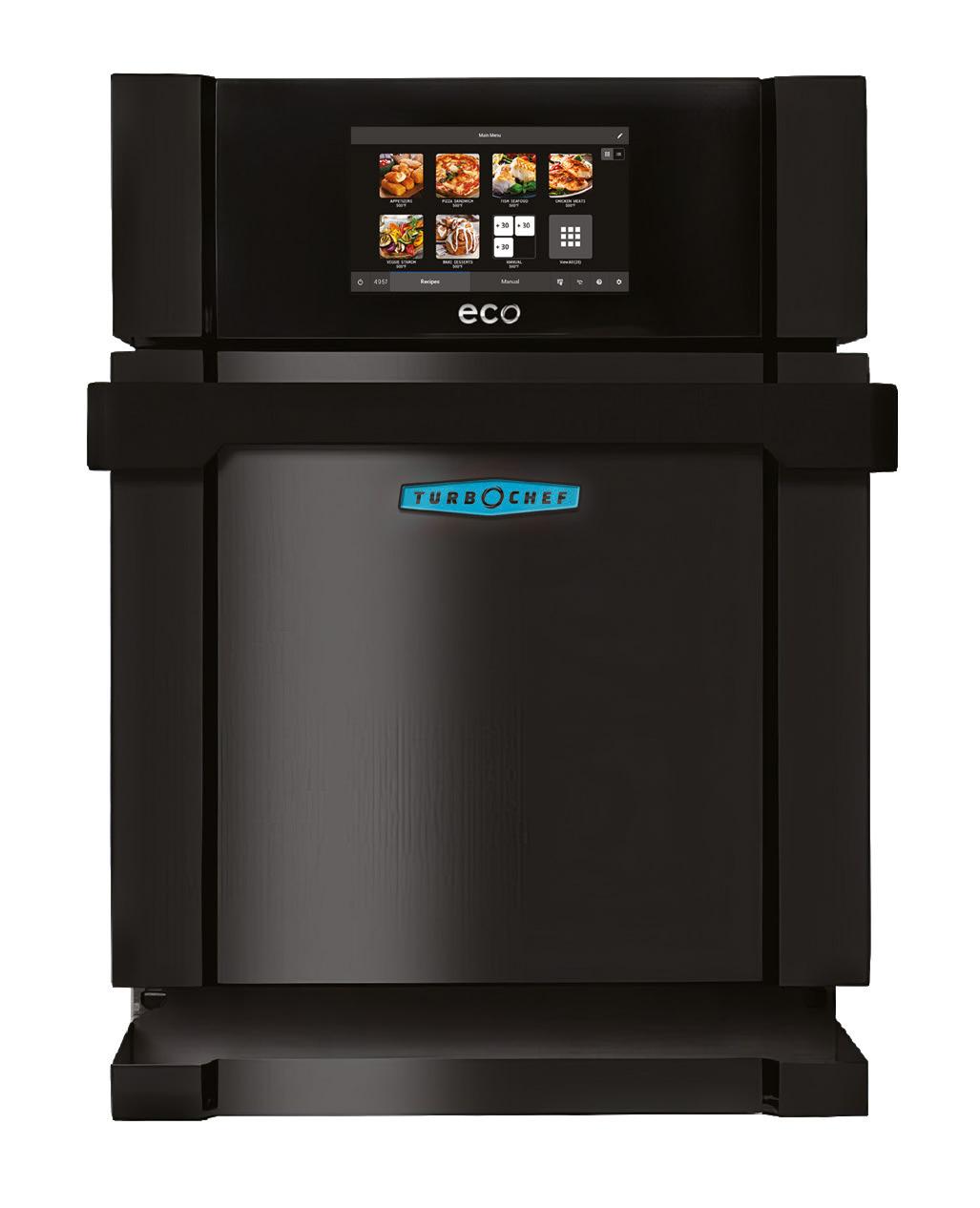
Optional Panini Press for perfect grill marks.
Unique microwave system allows for metal pans and cookware.

(H x W x D) 546 x 409 x 597mm.
TurboChef has redefined cooking e ciency by designing rapid cook ovens that are versatile, user friendly, and energy e cient. TurboChef ovens cook faster and produce consistent results without compromising quality.

RUNNING THE KITCHEN at The Summertown Aristologist in the Adelaide Hills last year was full of highlights, especially working with vegetables. We would pick the produce ourselves and plan the menu right there between the rows of beautiful fruit and vegetables. That experience was special… digging Māori potatoes straight from the ground, milling painted mountain corn, making passata with a glut of tomatoes. But if I had to pick one dish, [it would be] the roadside wild apple tart with kefir cream.
Continental Deli was a favourite local pitstop when visiting my partner in Sydney. Sitting out the front of the deli and watching the new ventures take shape was incredibly inspiring. I never thought I’d end up running one of them, but when I was looking for the right opportunity to move interstate, it all evolved naturally from there.
Flora is a very relaxing space. Once you enter, you immediately feel at ease. We want the food to reflect that and be simple, nourishing, and light. Traceability to farmers is also a key tenet for us. Since arriving from Adelaide, I’ve been developing relationships with growers and producers and it’s exciting to see what’s growing here in New South Wales. Sydney has so many incredible restaurants, but I think a dedicated, elevated vegetarian offering
Flora is a very relaxing space. Once you enter, you immediately feel at ease.
like Flora fills a gap. Diners are becoming more conscious of where their food comes from and how it’s prepared. I think they’ll embrace the idea of a space where vegetables take centre stage, especially when they are treated with care and creativity.
A strong kitchen culture is built collectively — everyone counts. Collaboration is important, as is respect for your employees. I want chefs to have a good work–life balance, to look forward to coming to work, and to love what they do.
I wouldn’t say I have a culinary ethos, it’s more of an approach. I believe in handling ingredients with respect, letting them shine, and not being overly fussy on the plate. Utilising every part of an ingredient is key and ultimately, it’s about making food that tastes great. ■
Hospitality magazine, website and newsletter are from the trusted stable of Food and Beverage Media. See the full range of our liquor and hospitality magazines below.
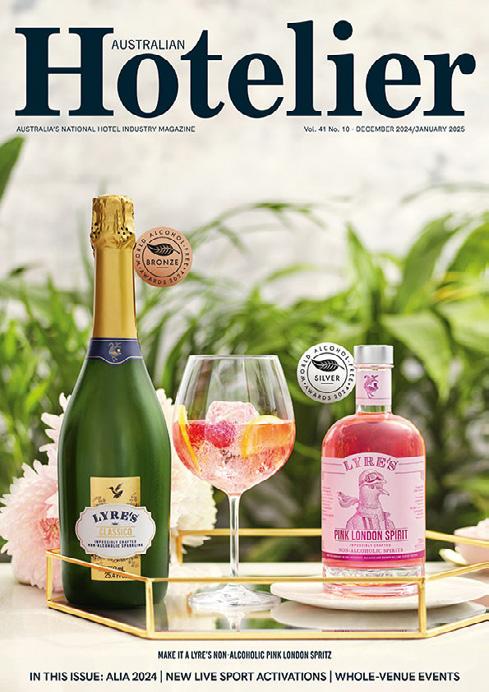
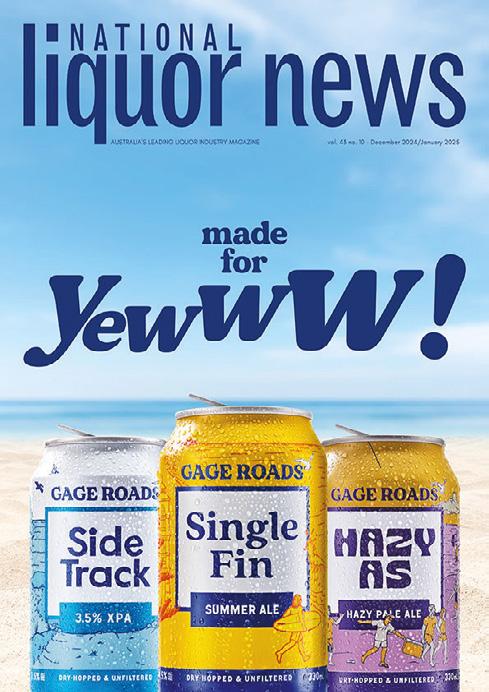
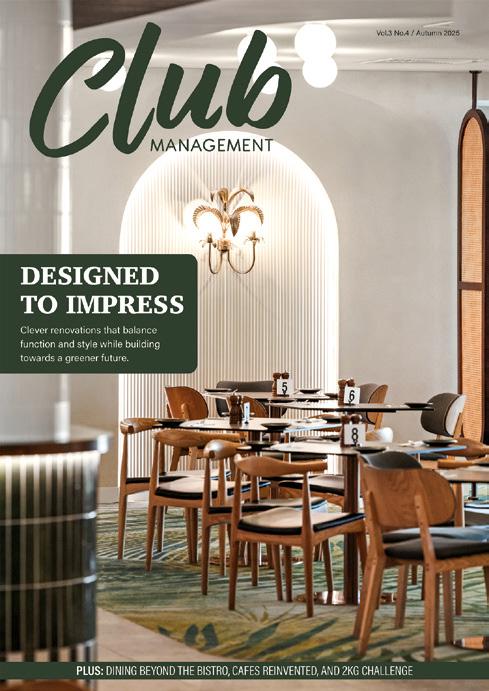



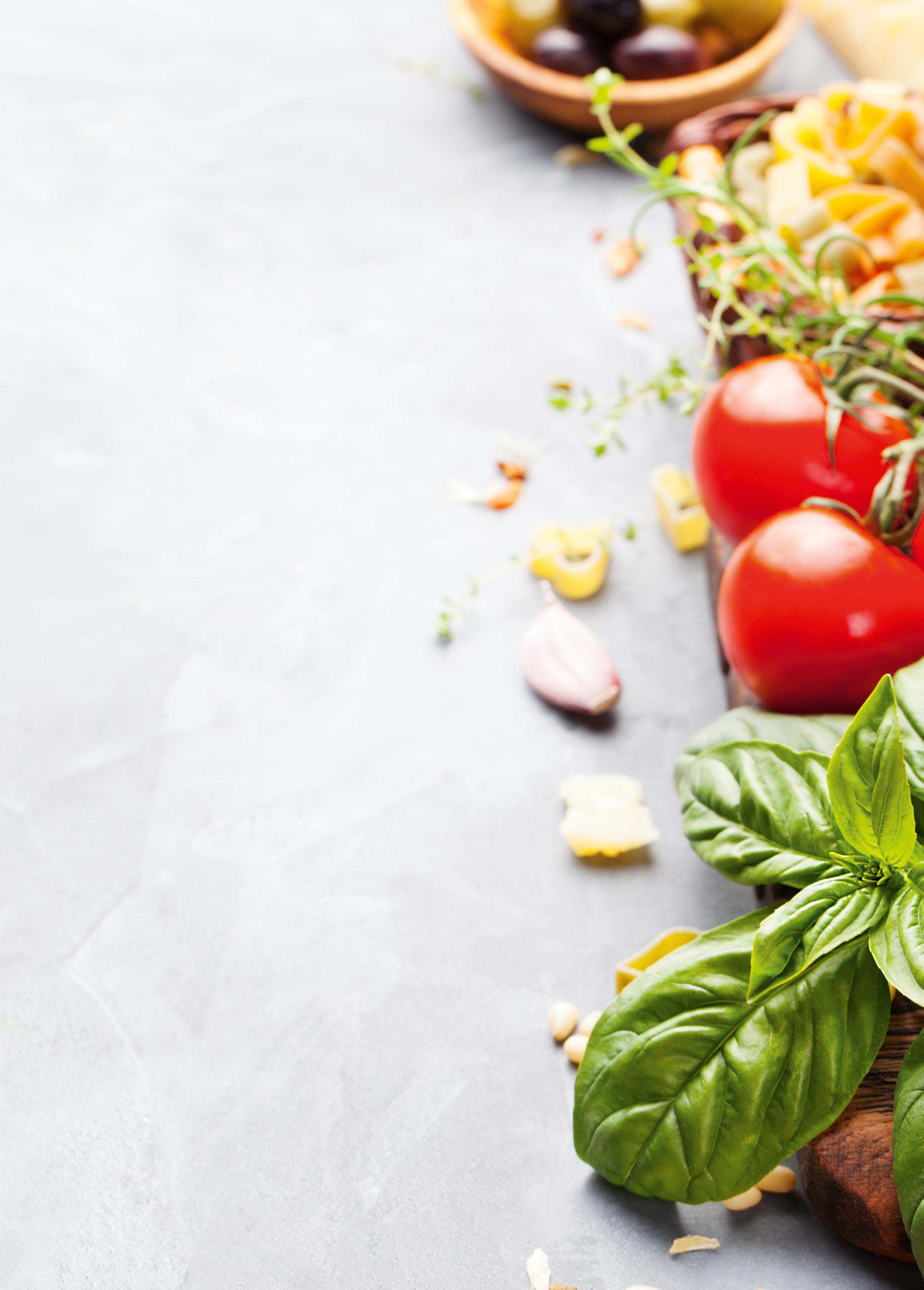
Food & Beverage Media is a division of The Intermedia Group. For the best coverage of the food and drink sectors in Australia, subscribe to our titles at www.intermedia.com.au

















